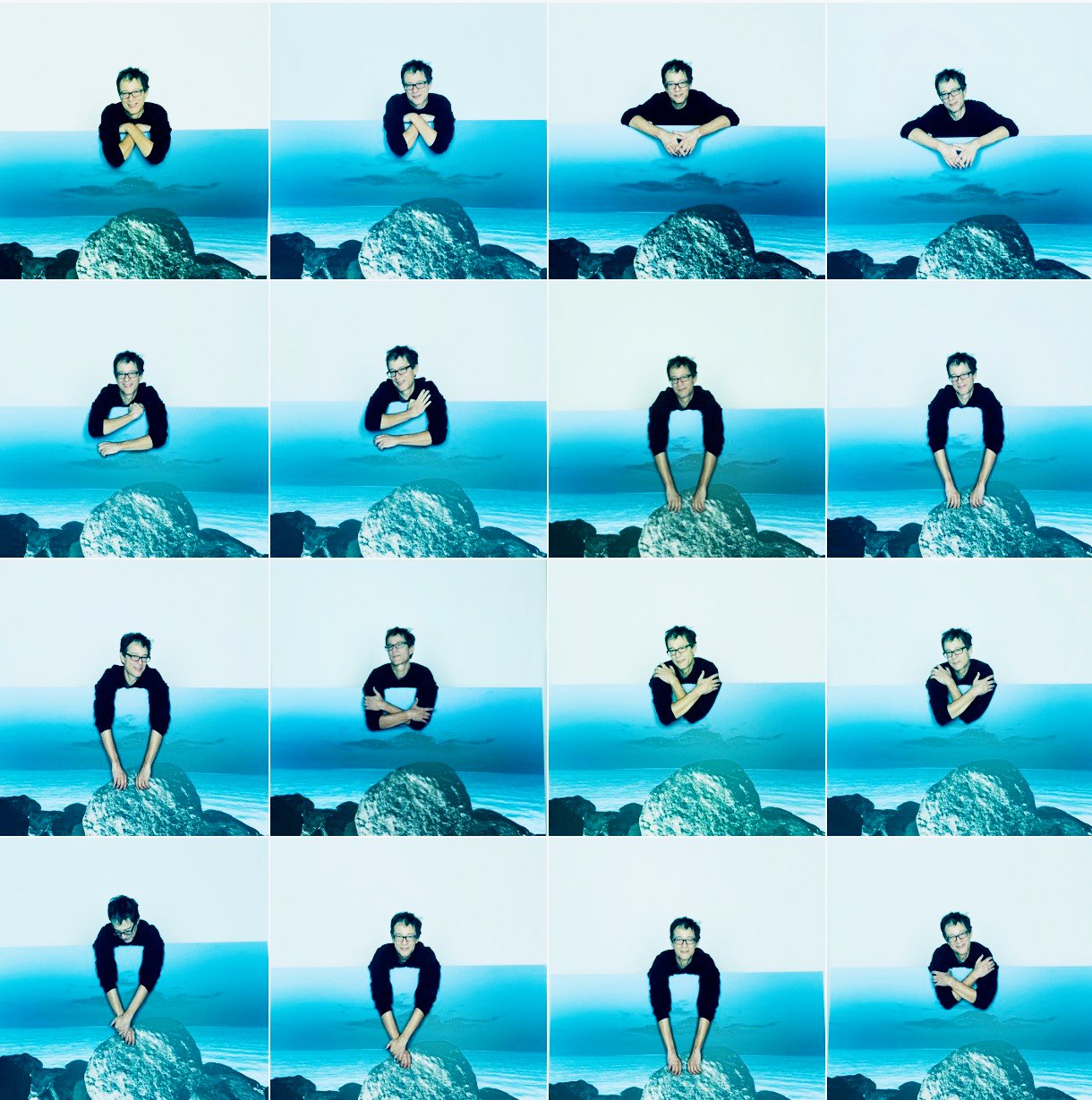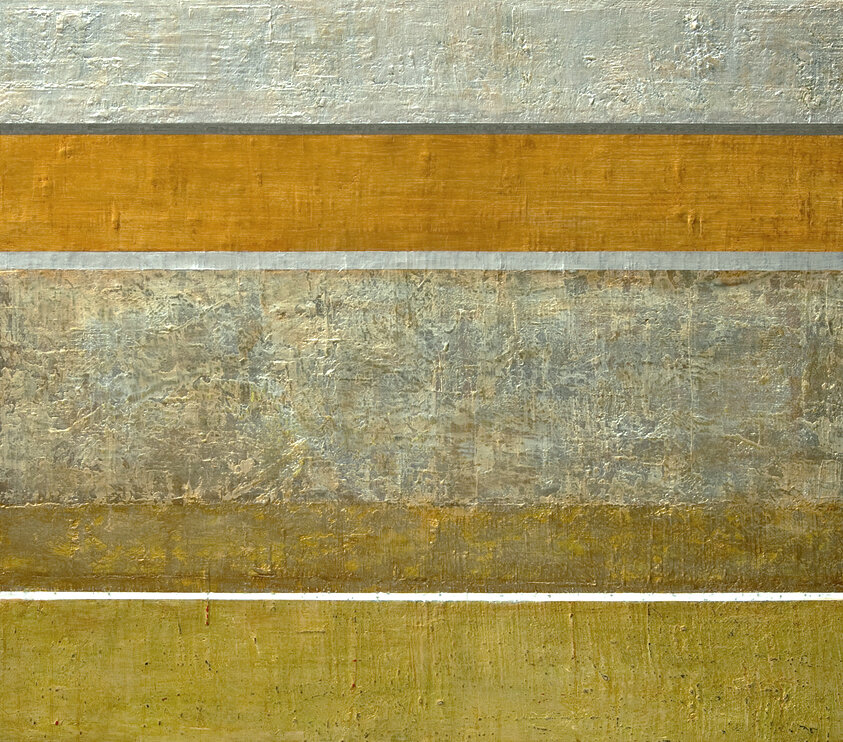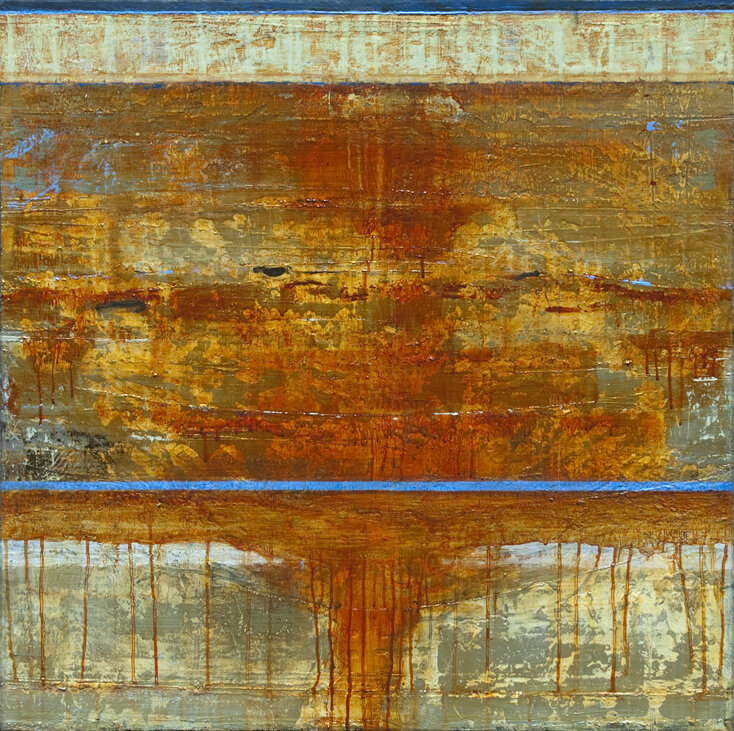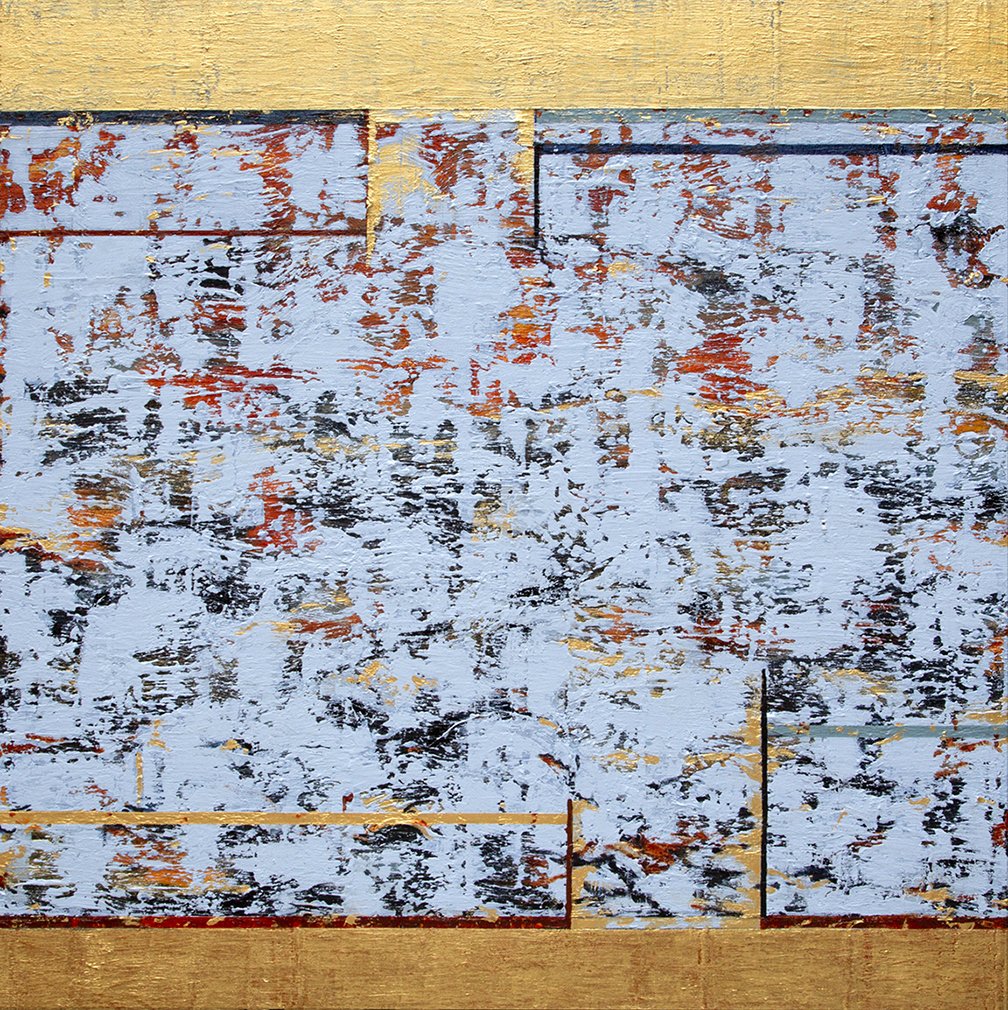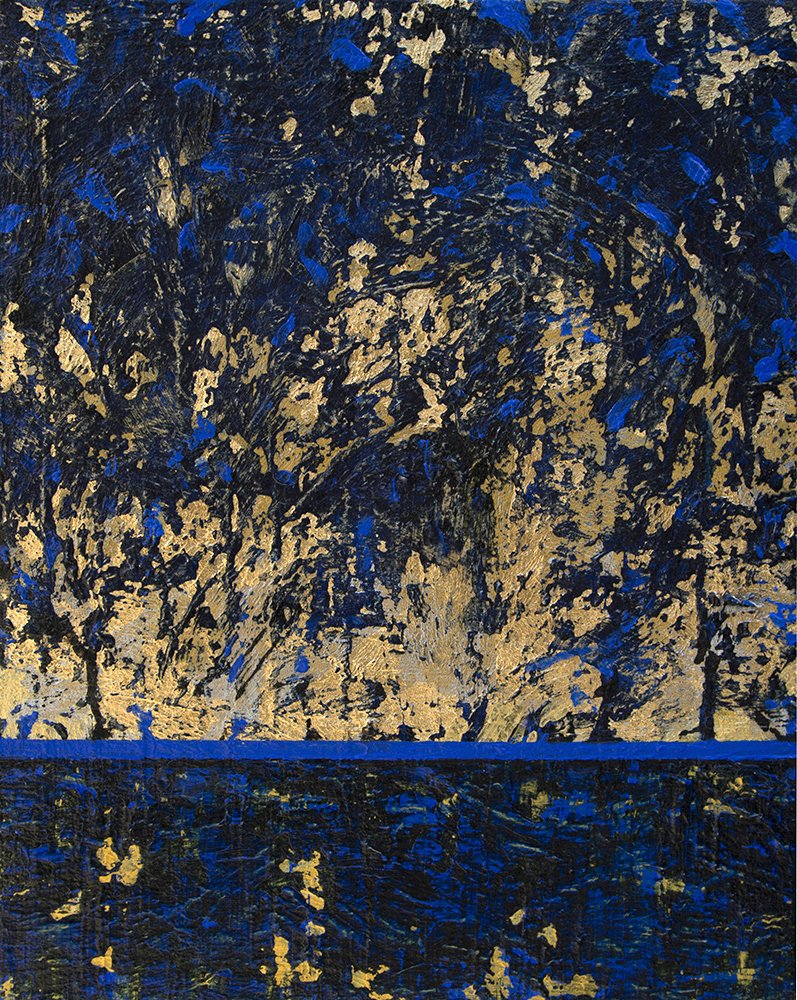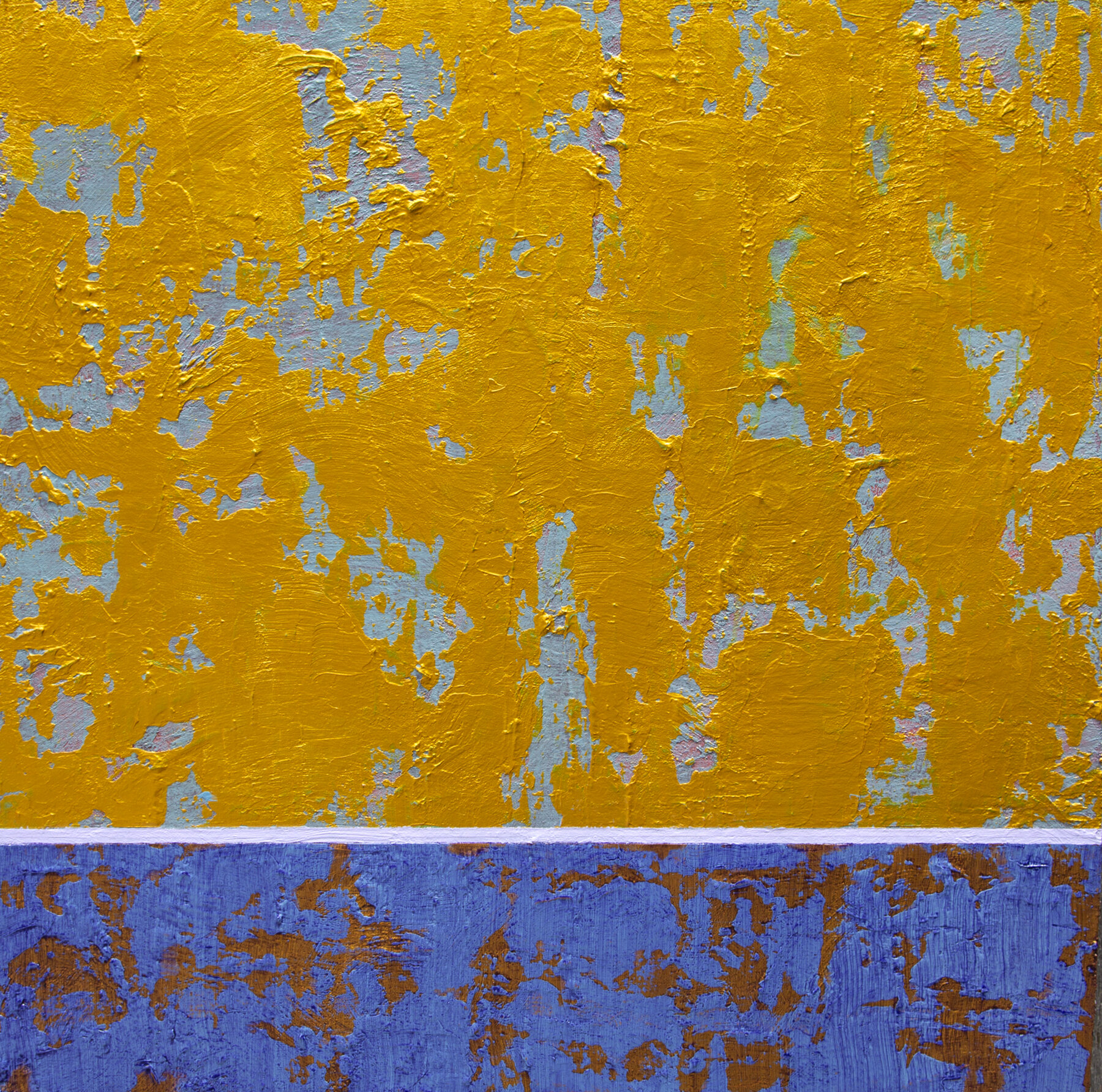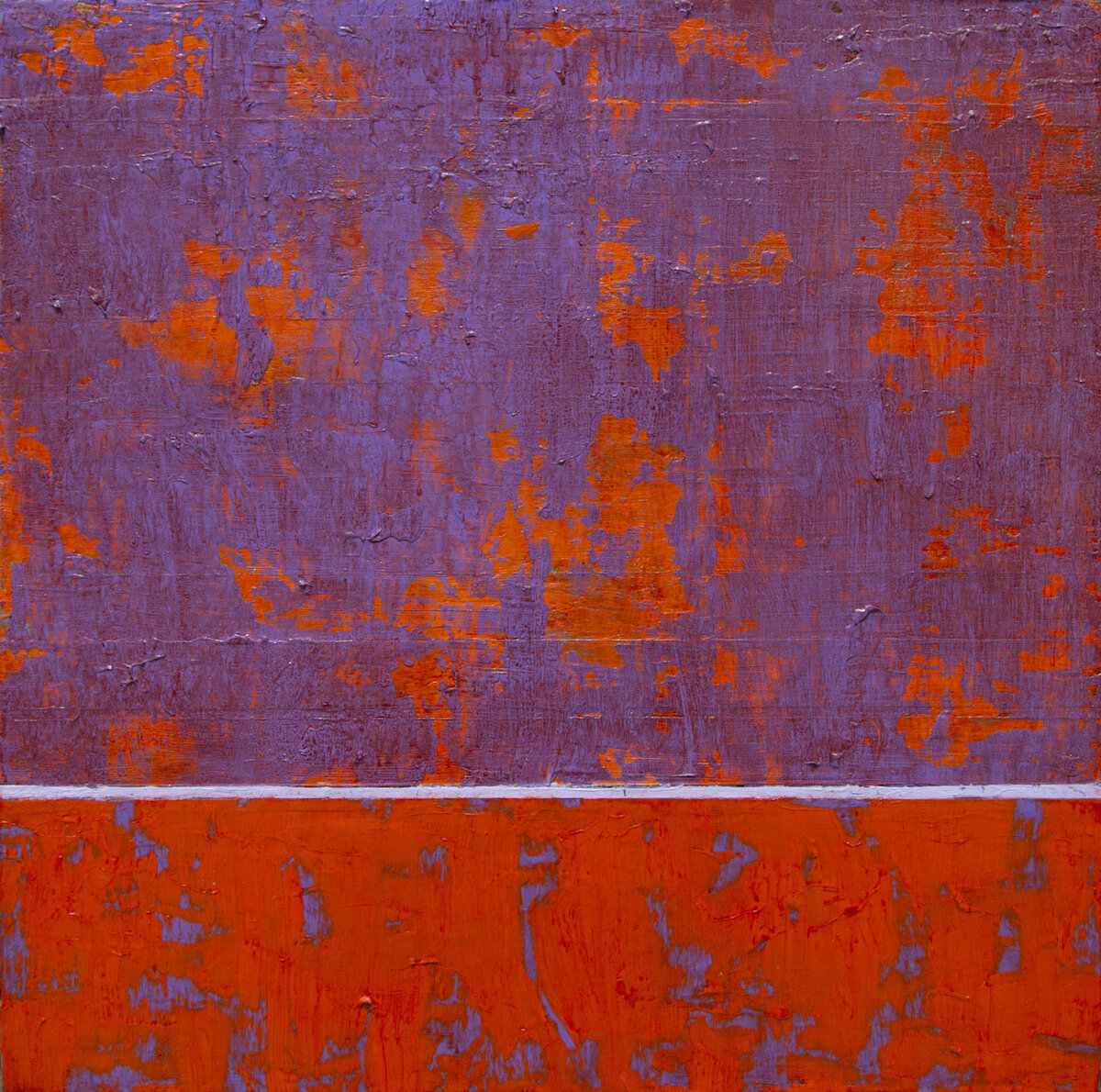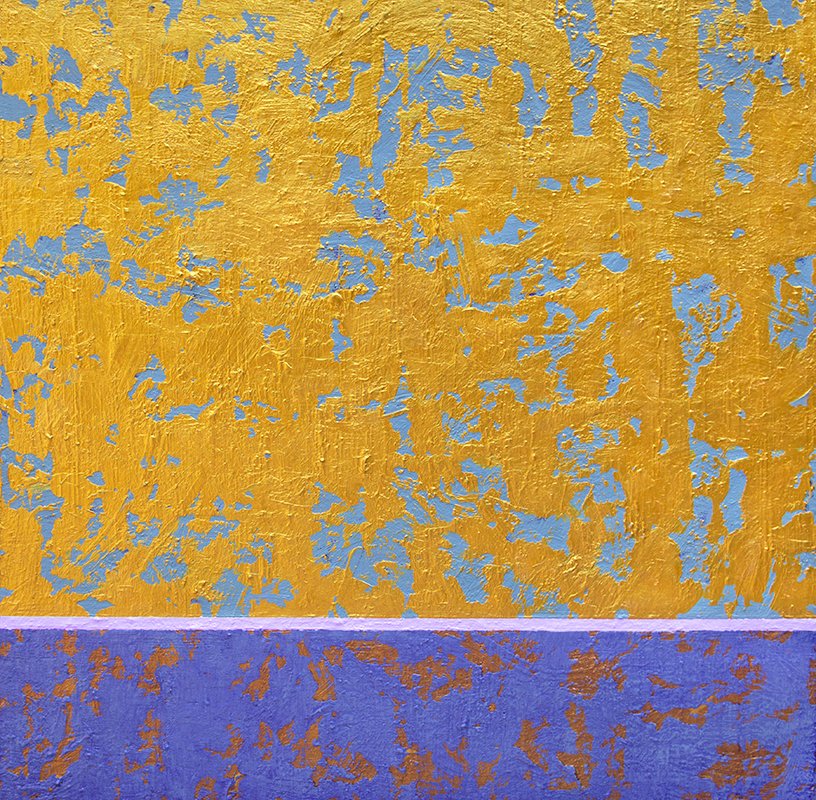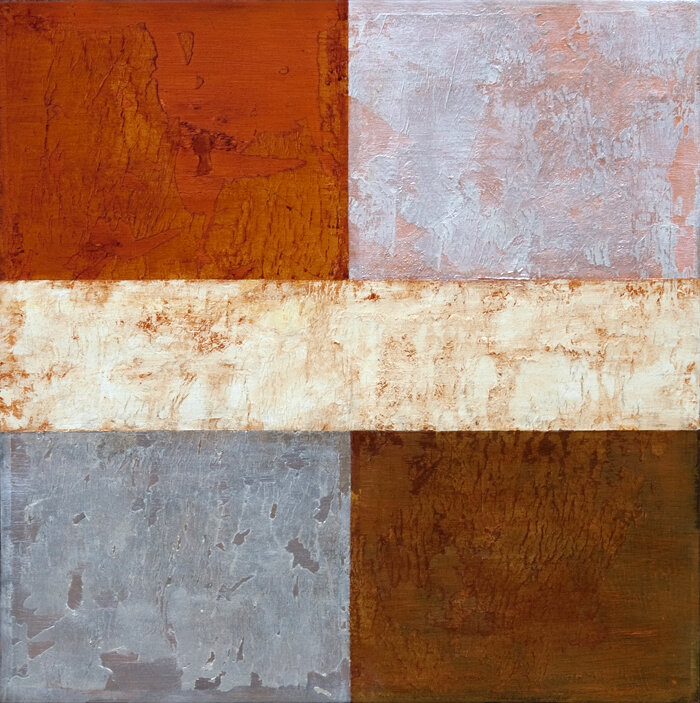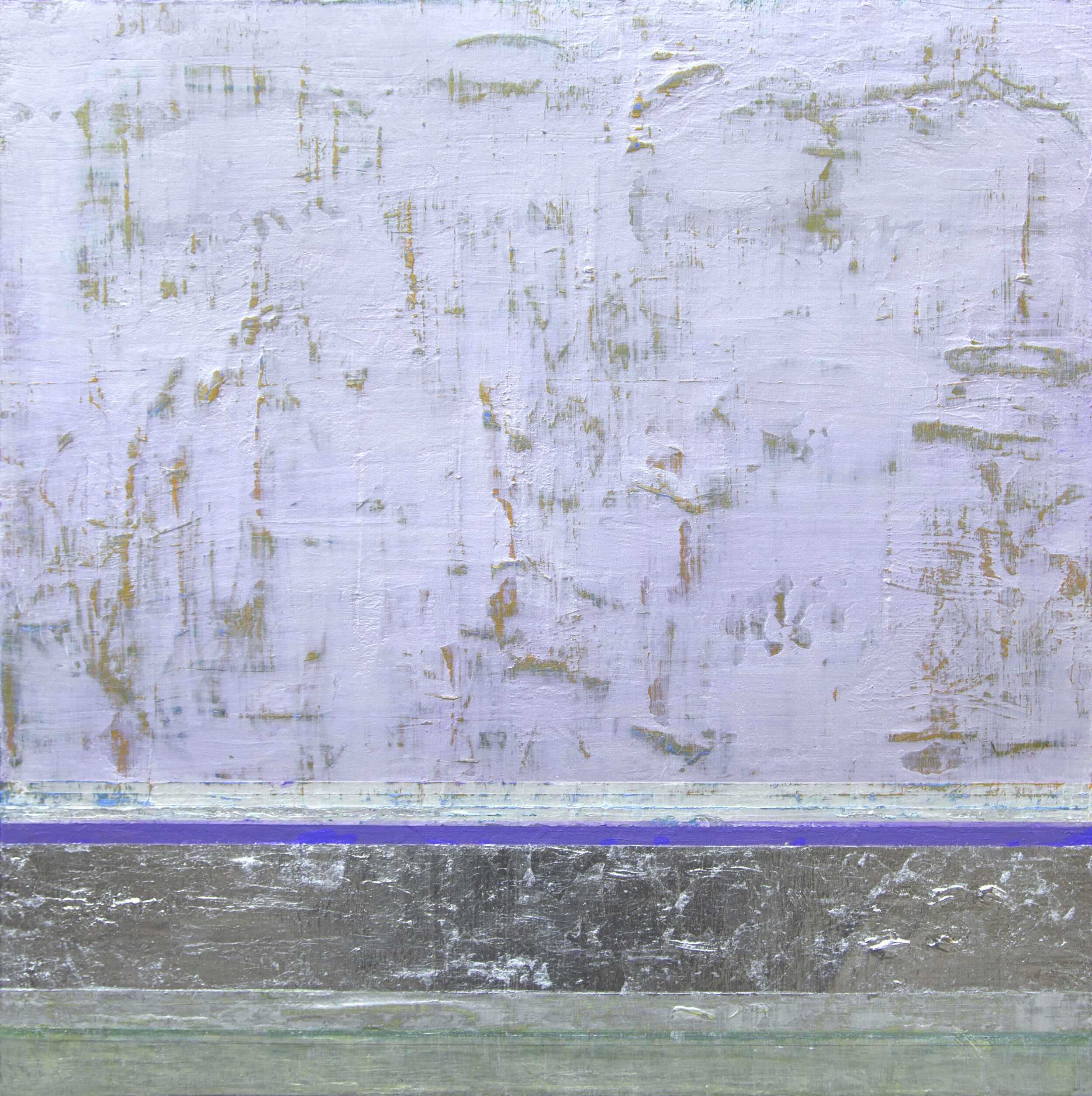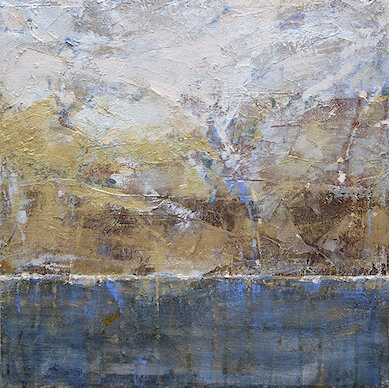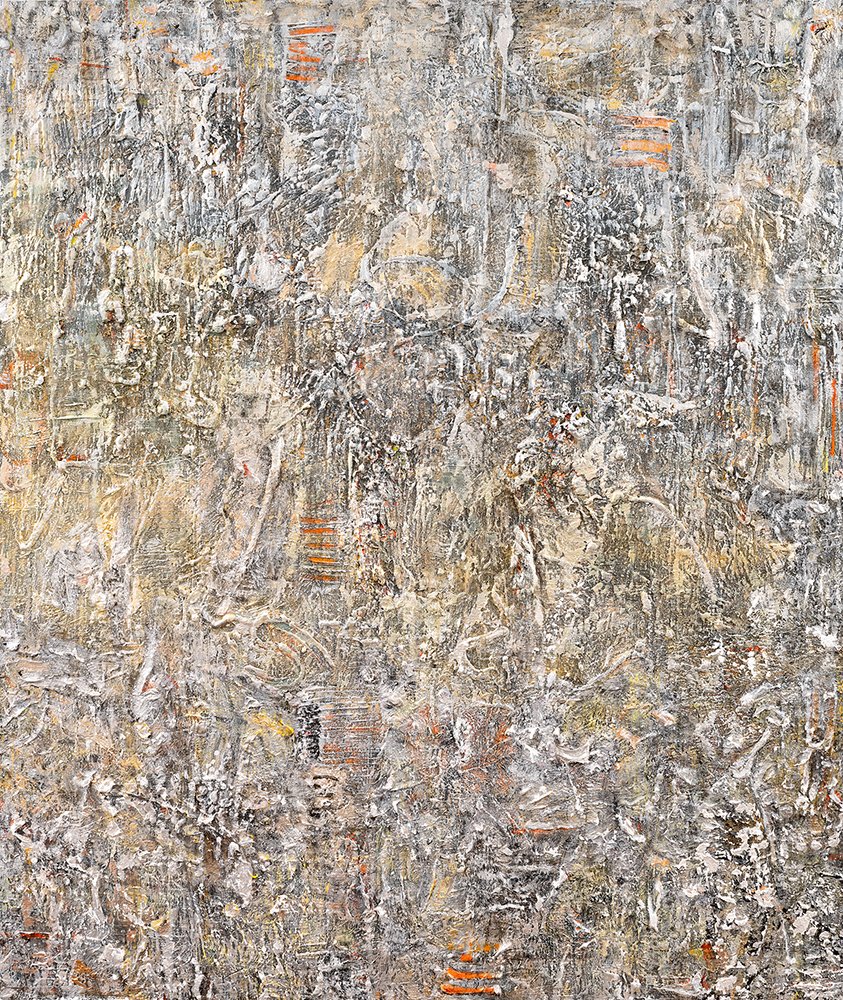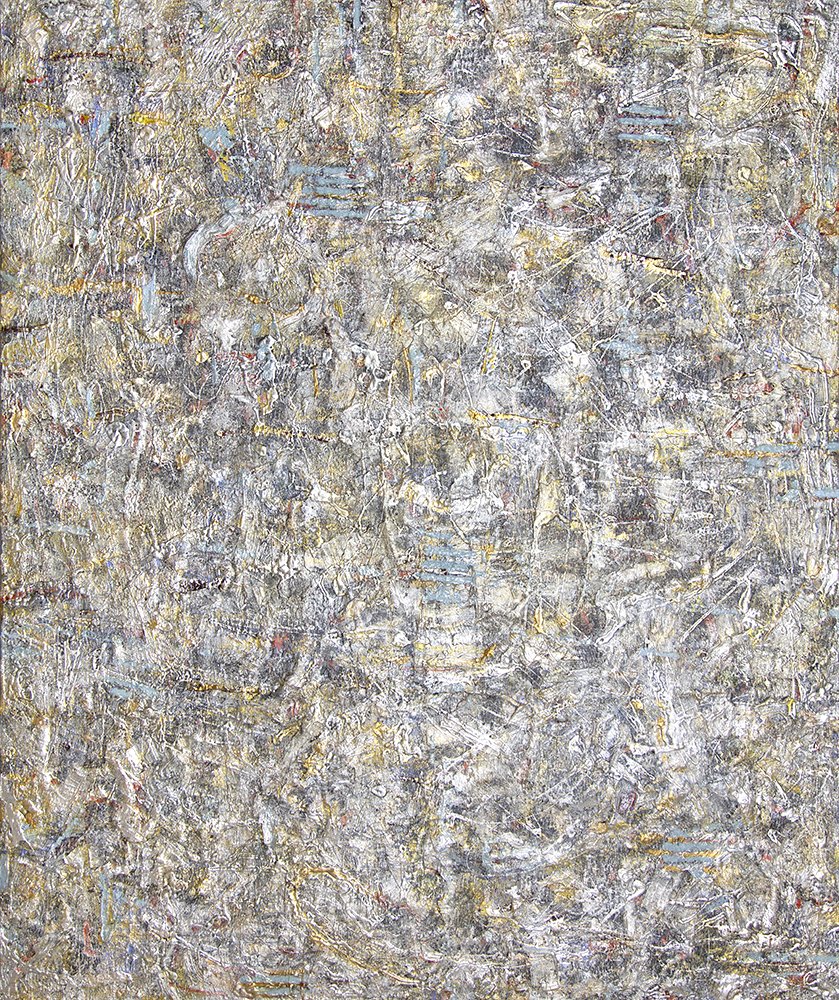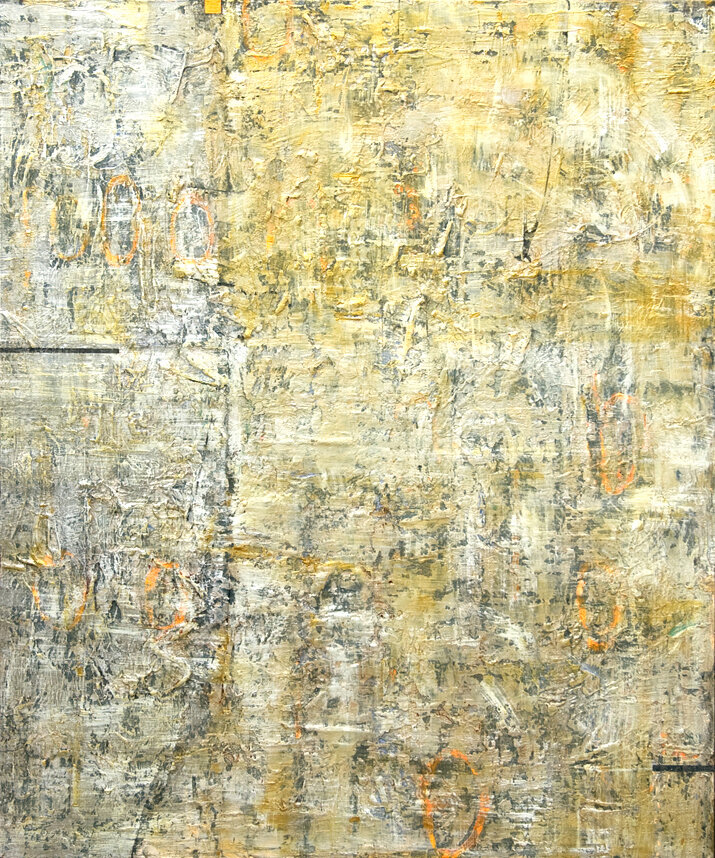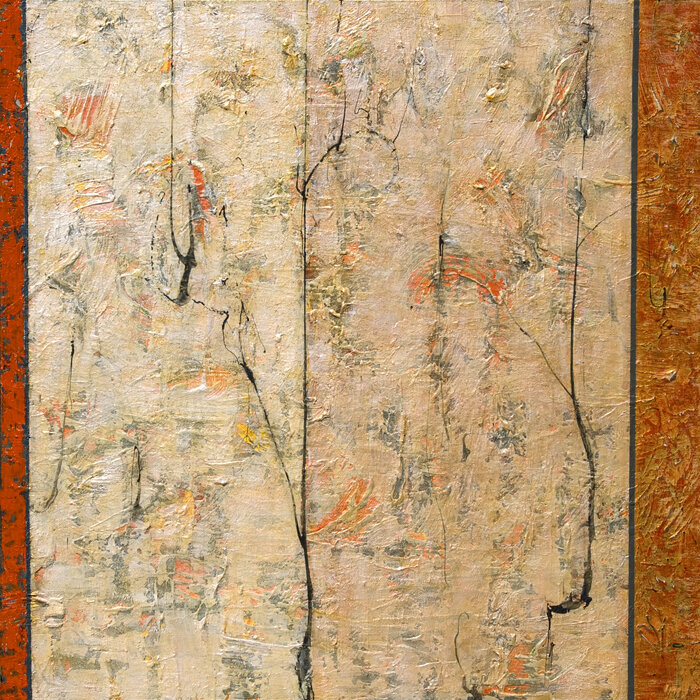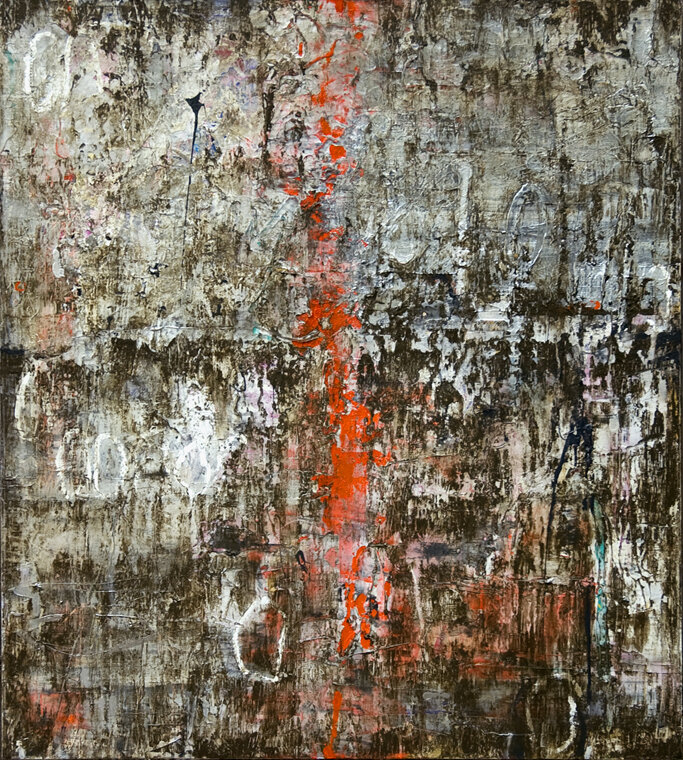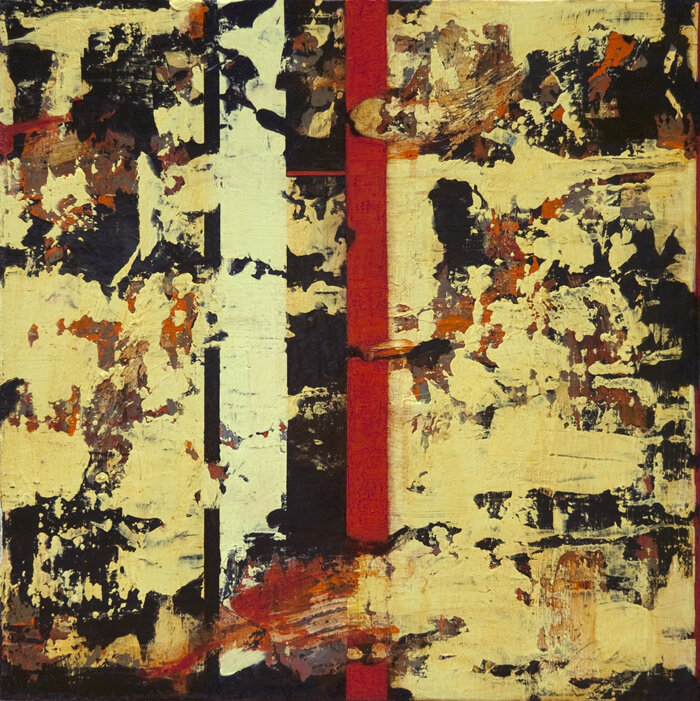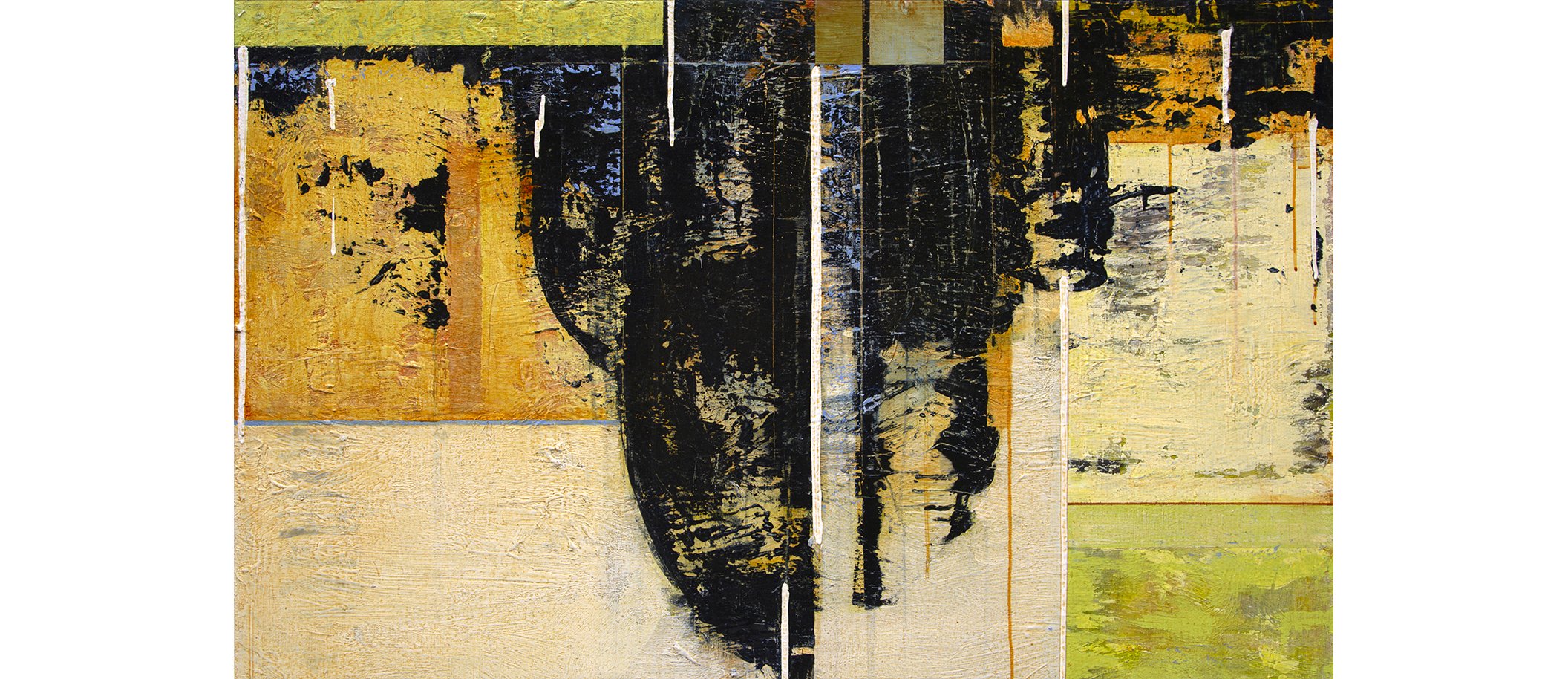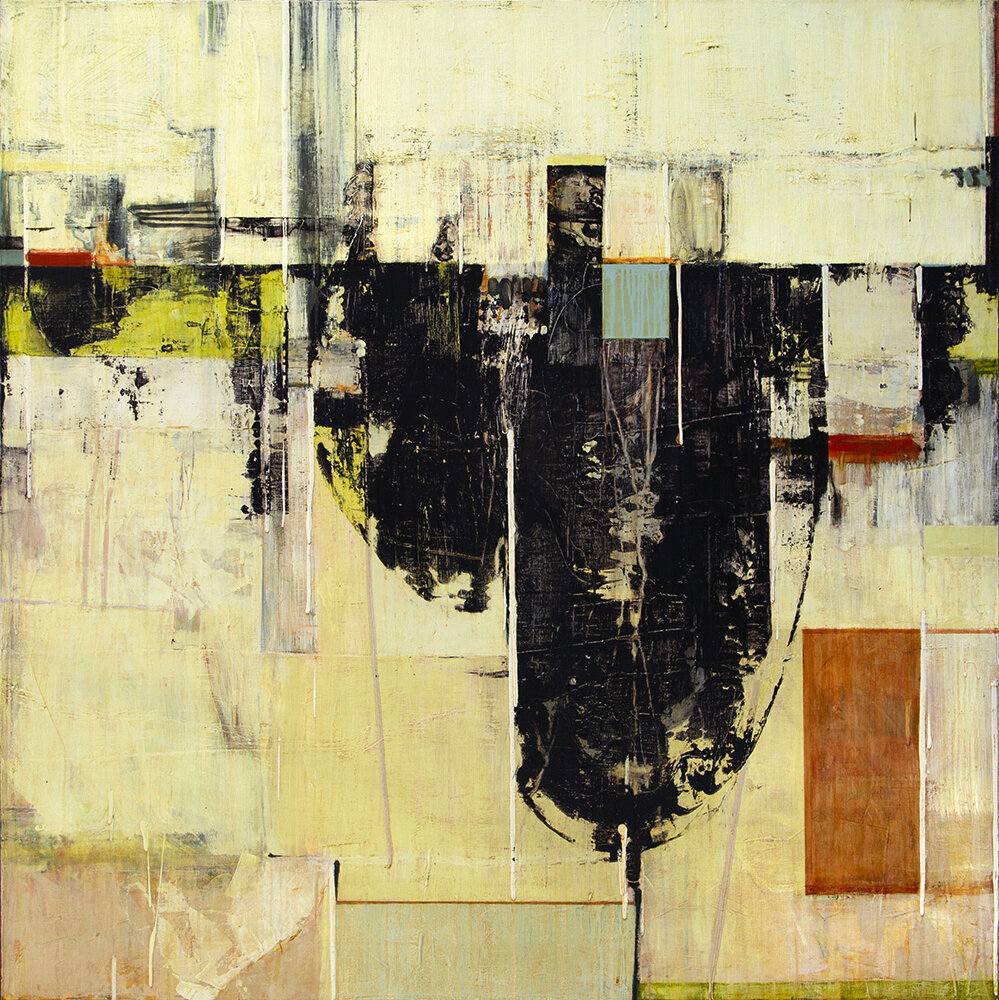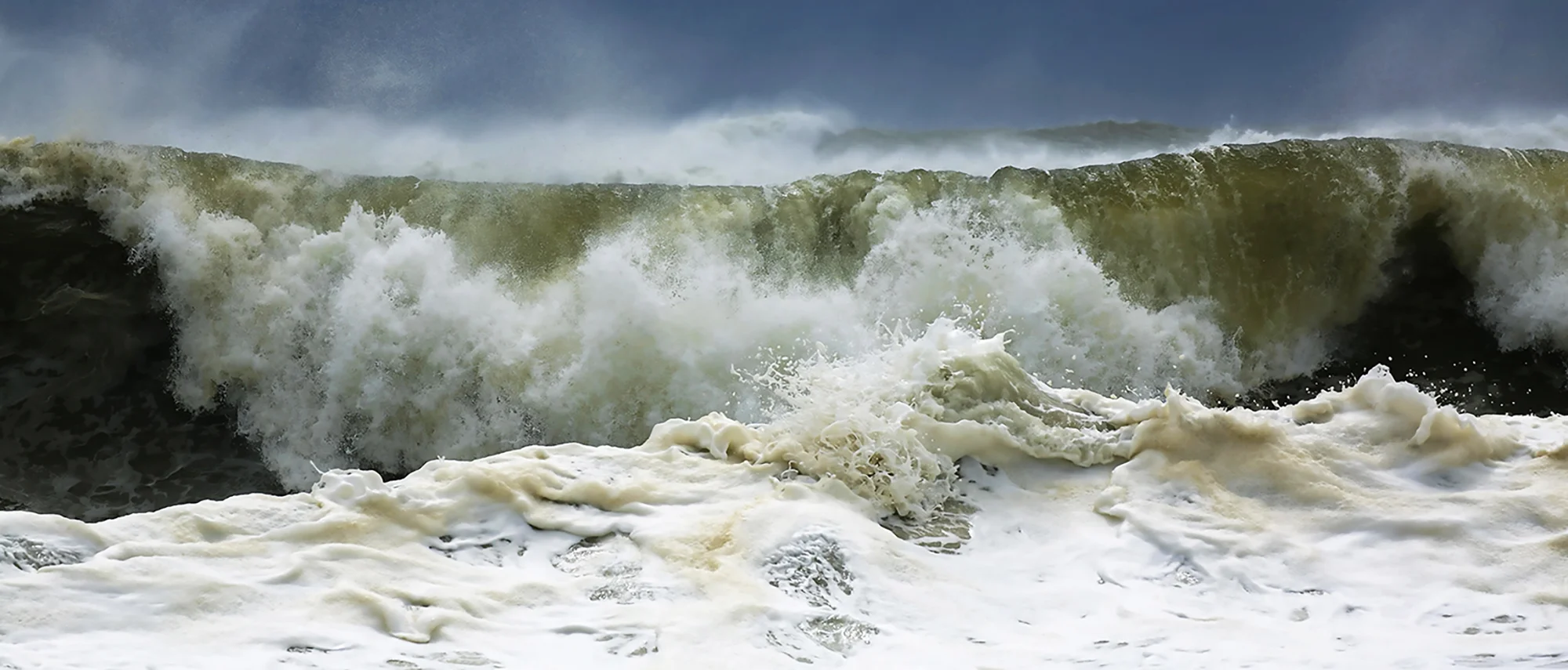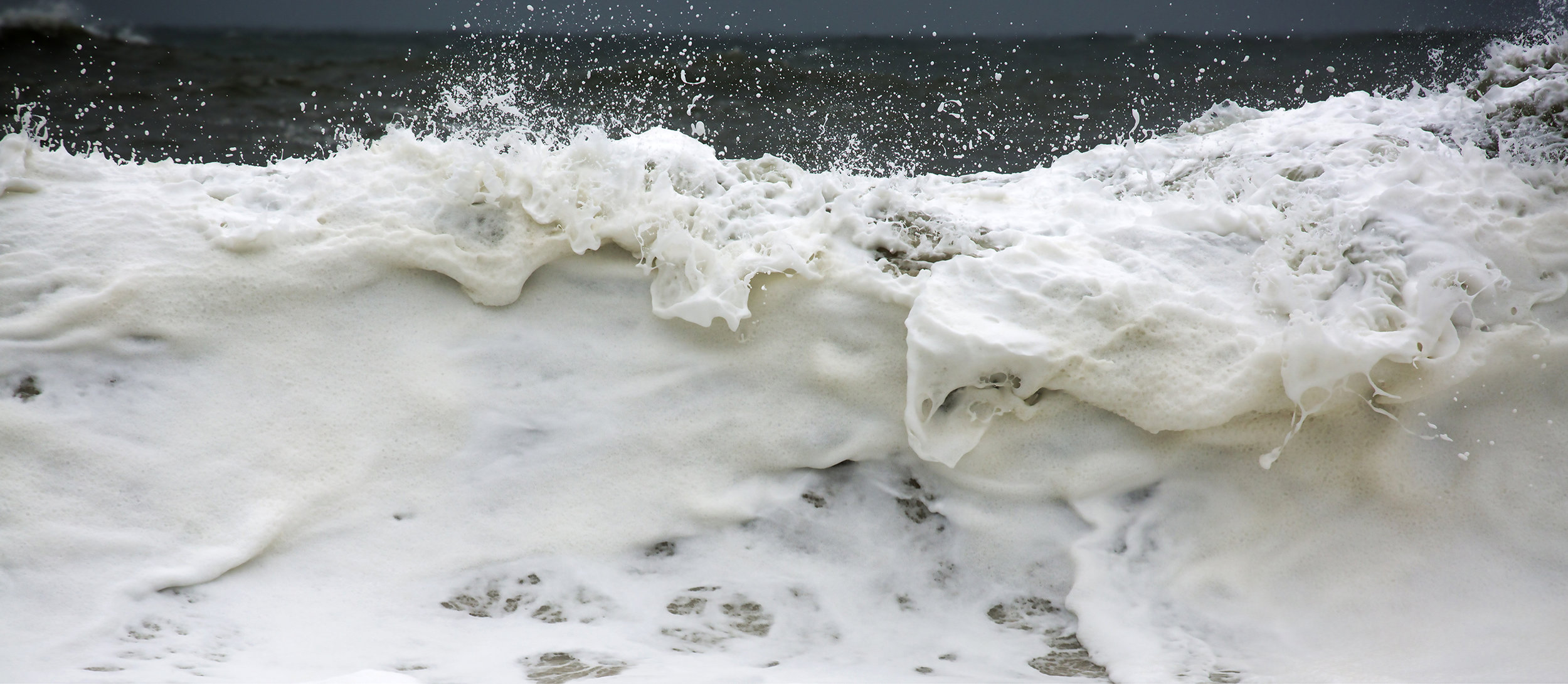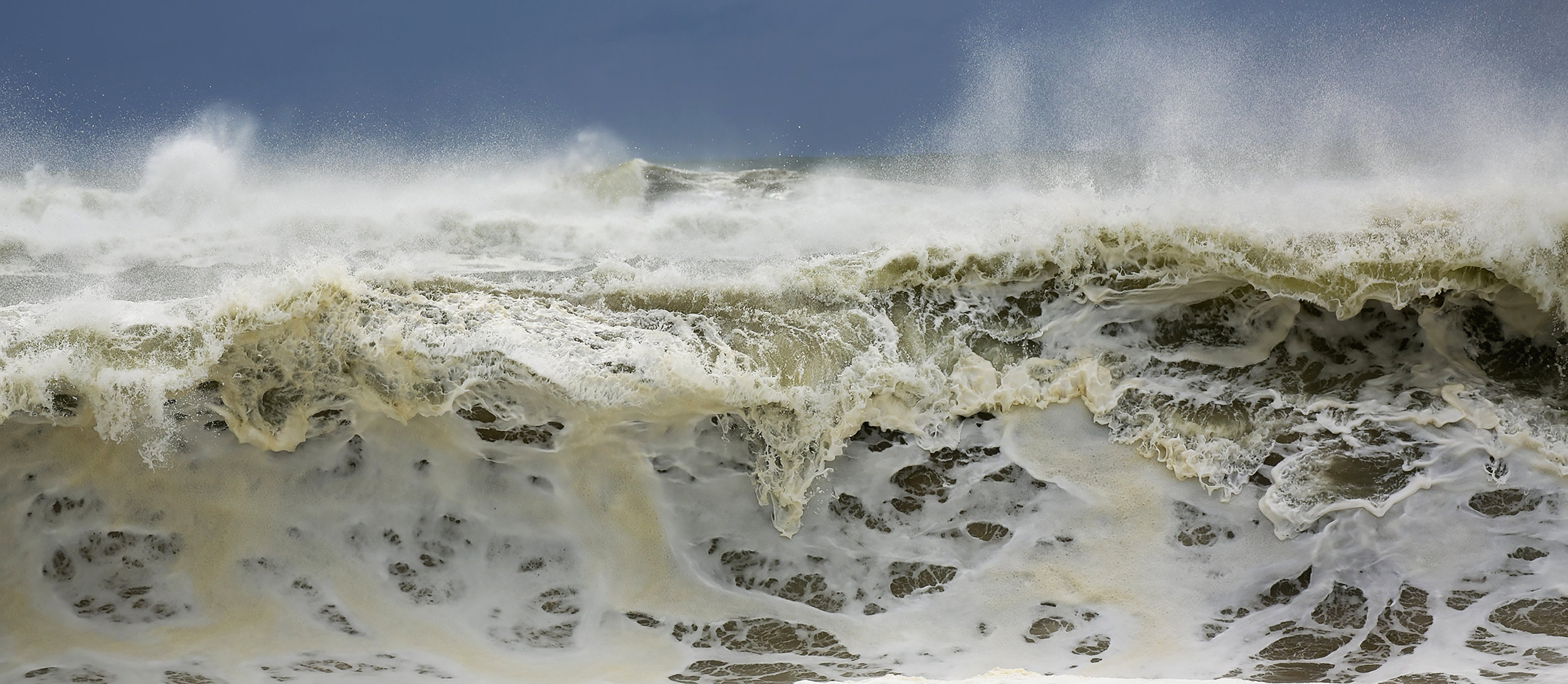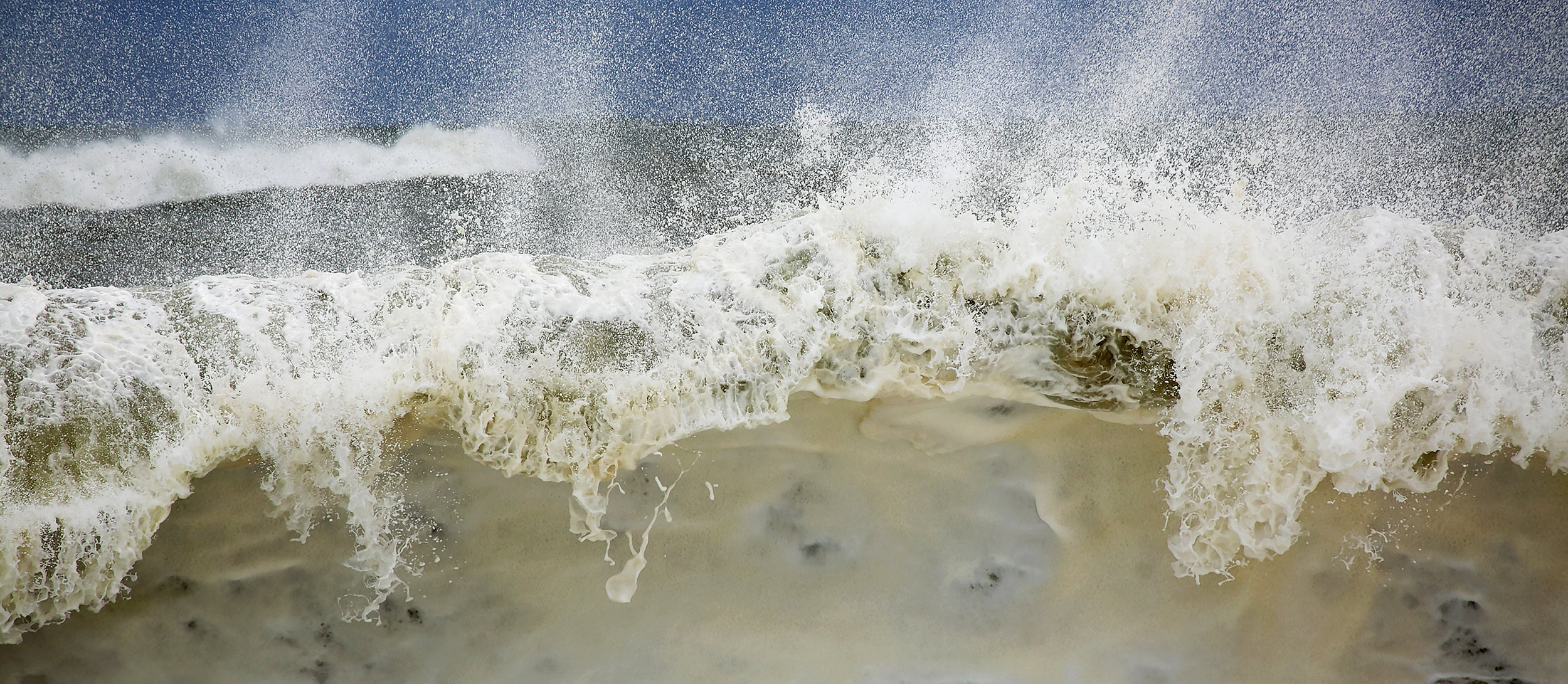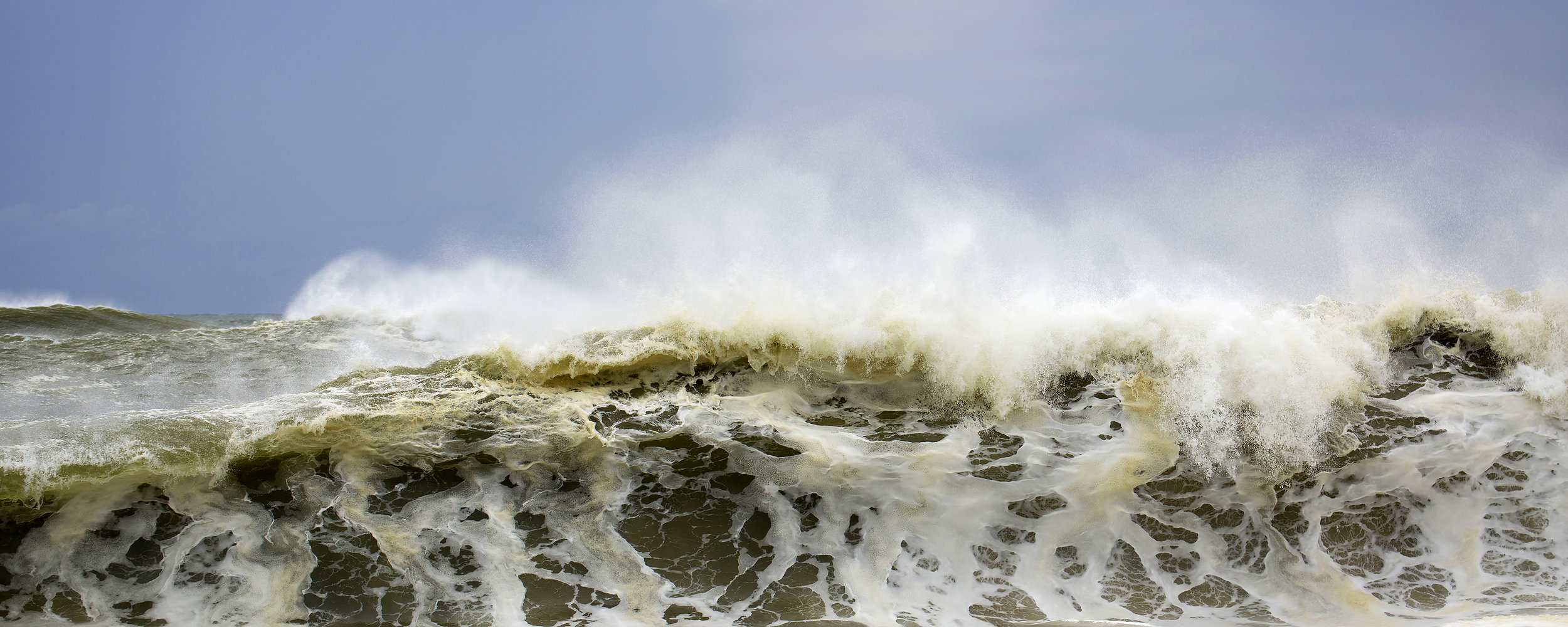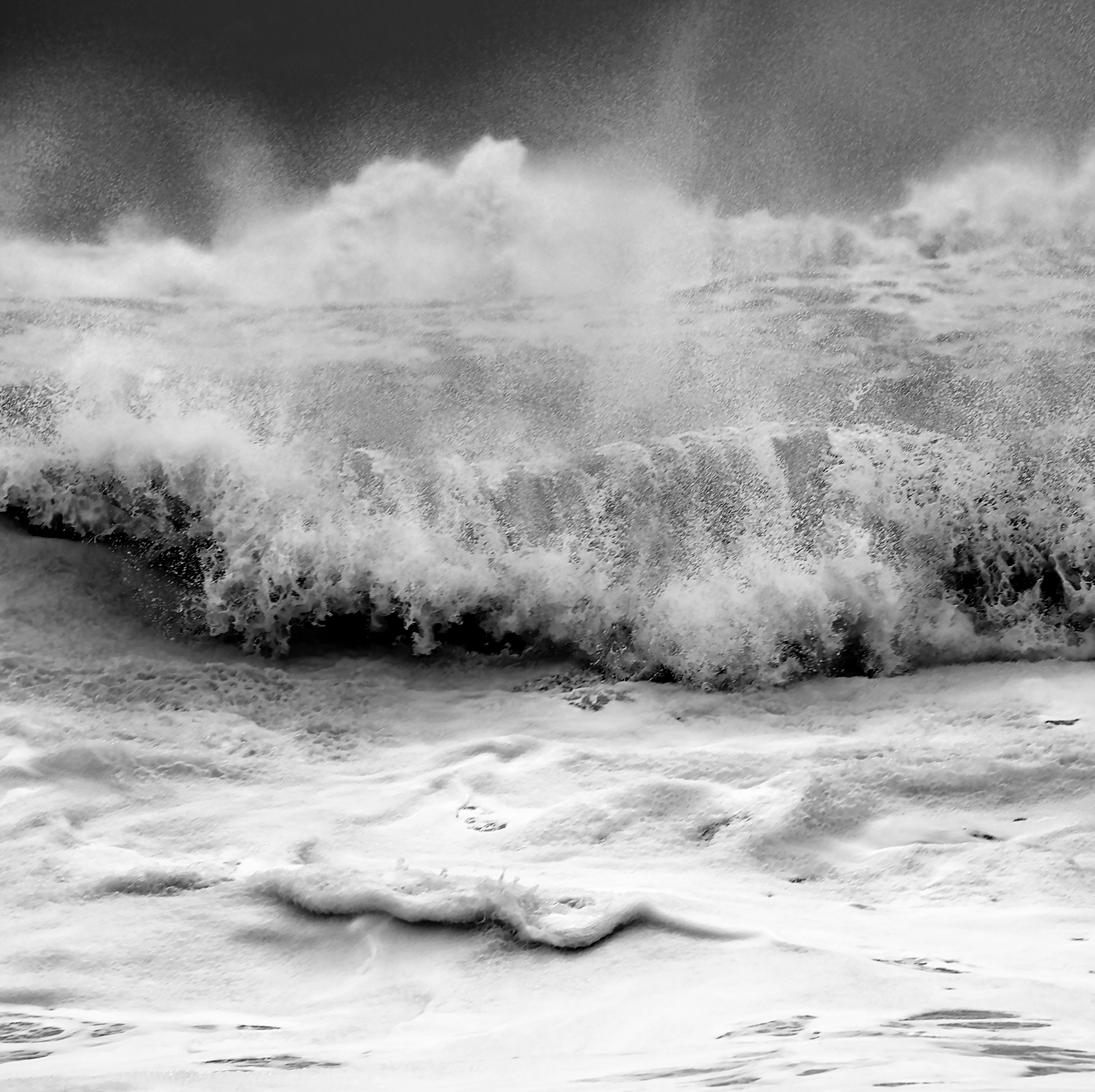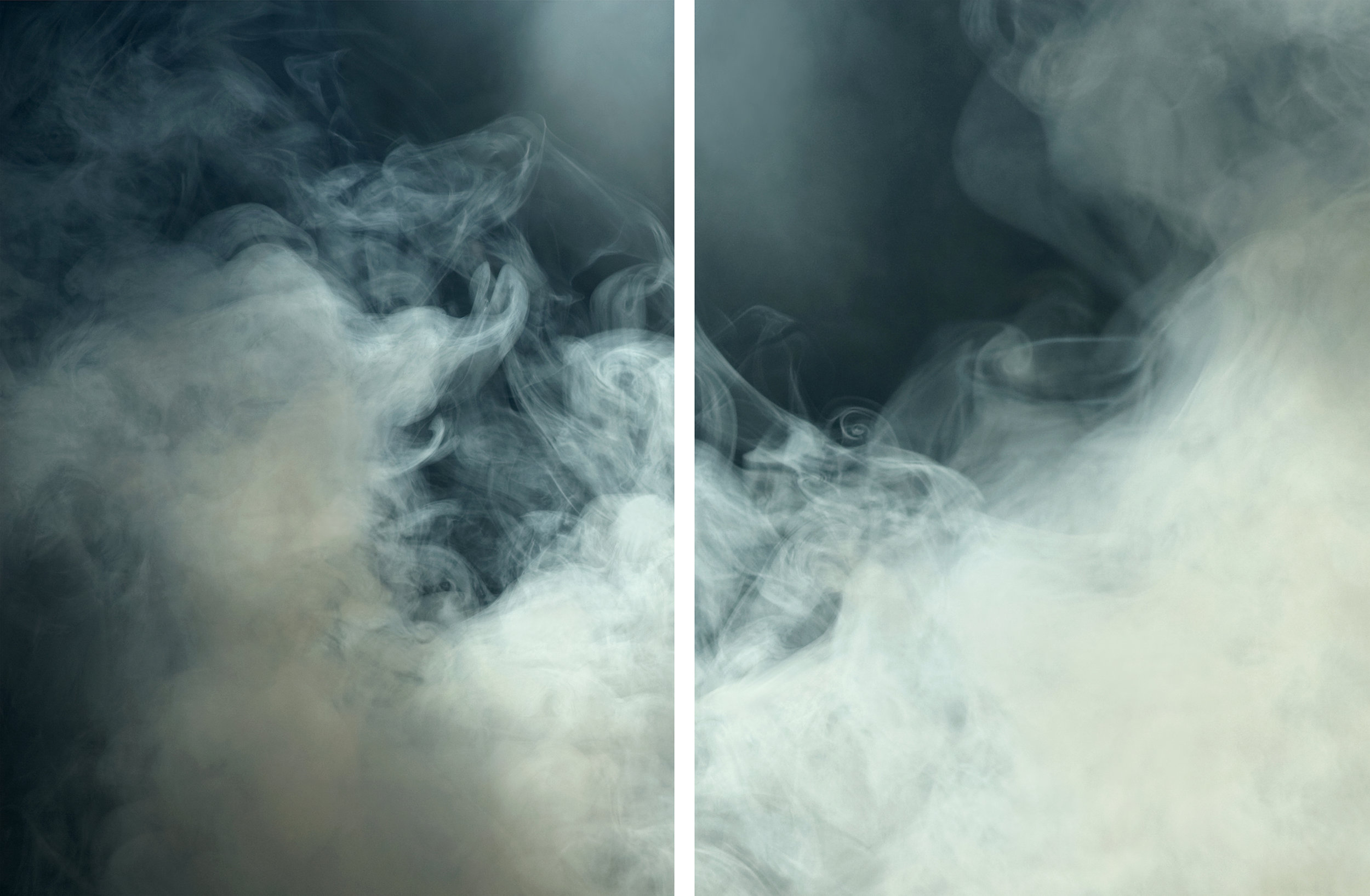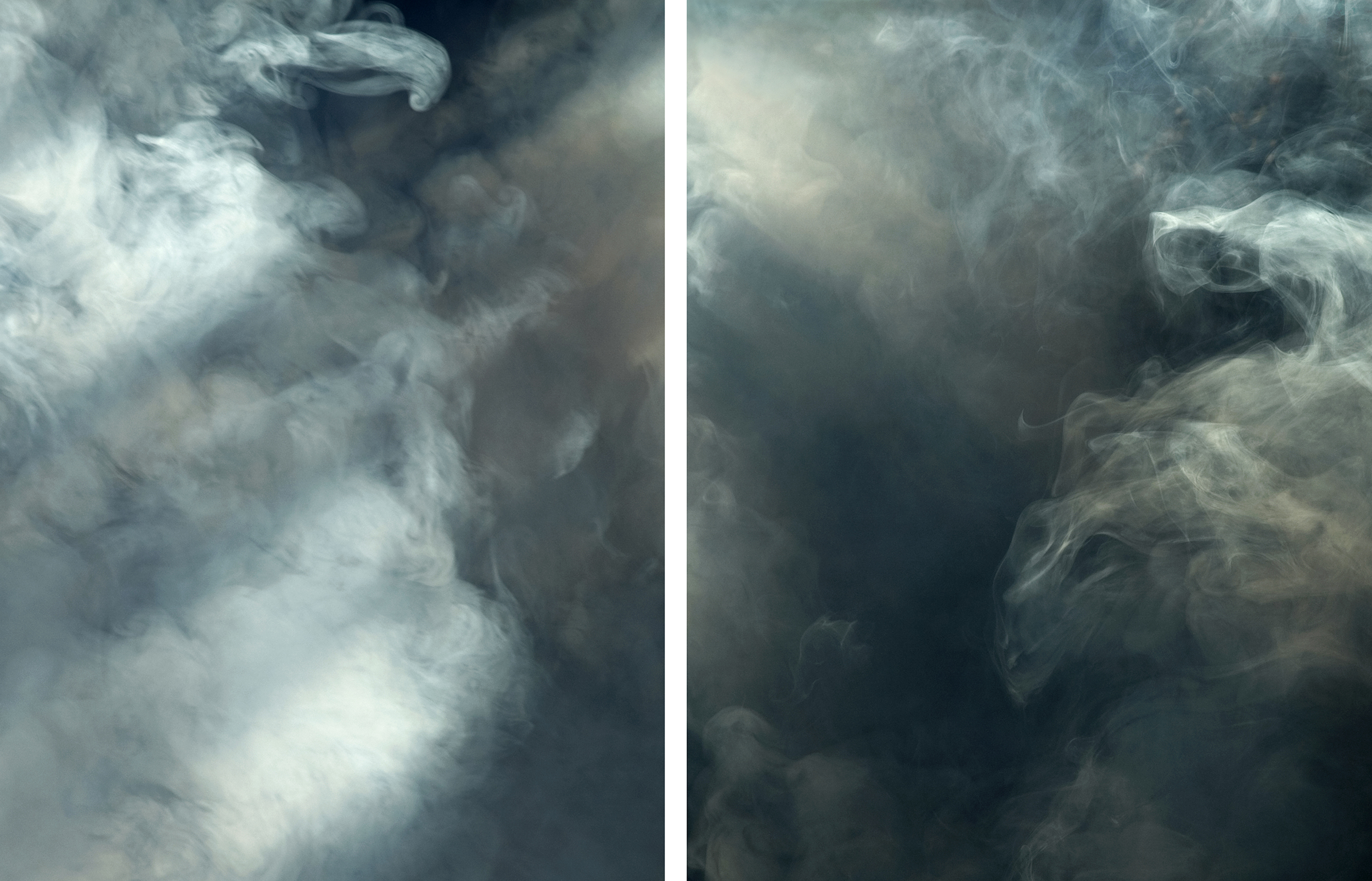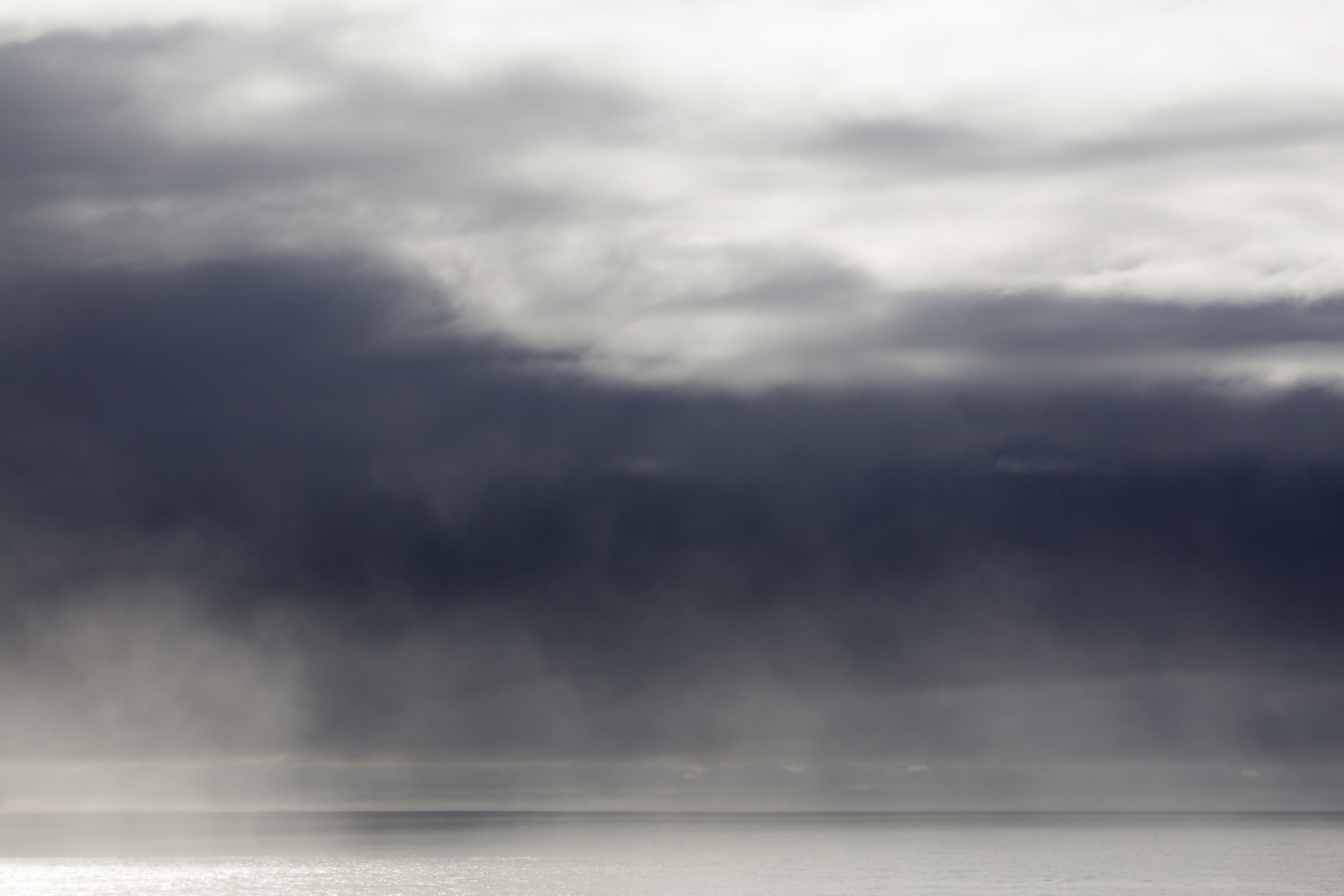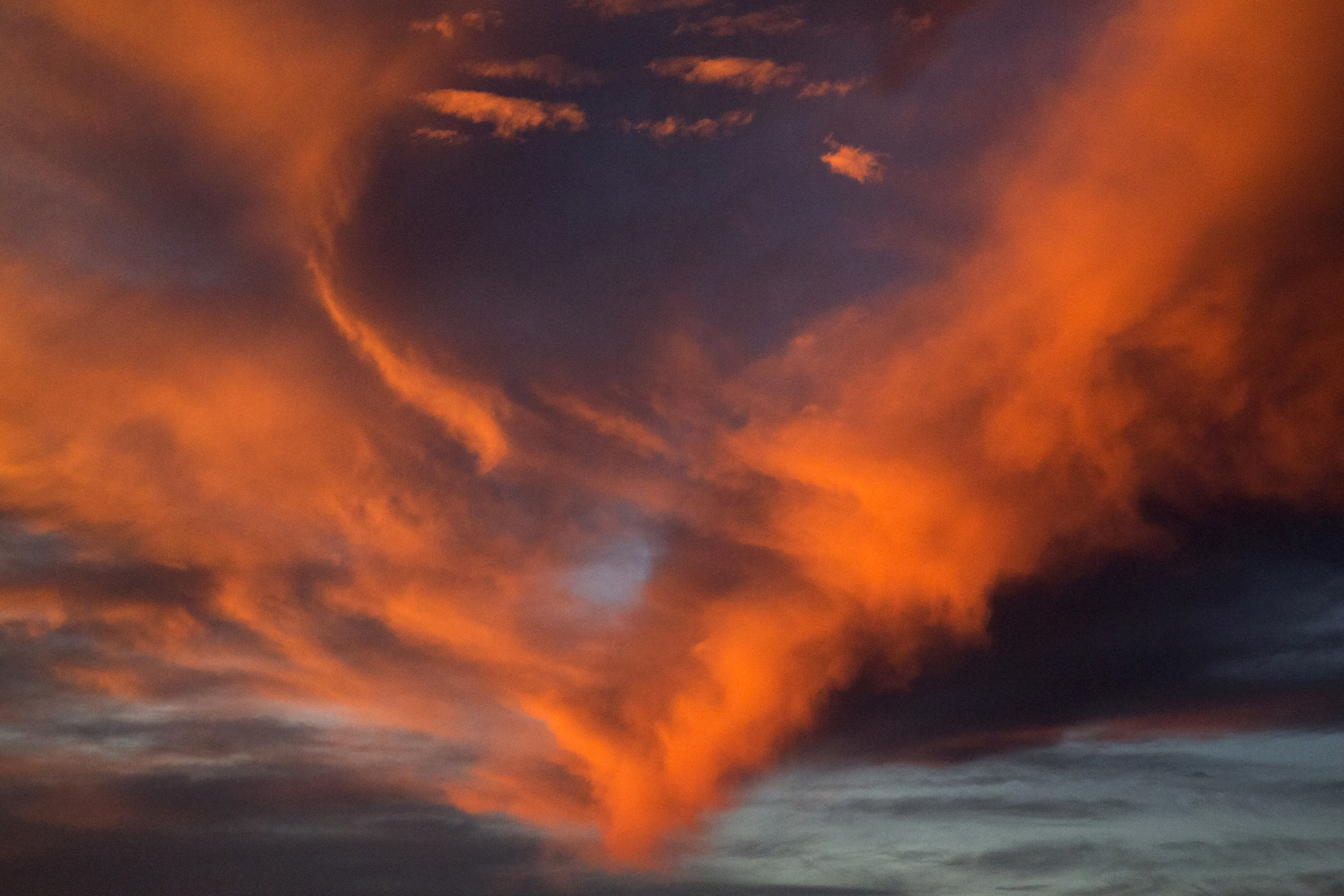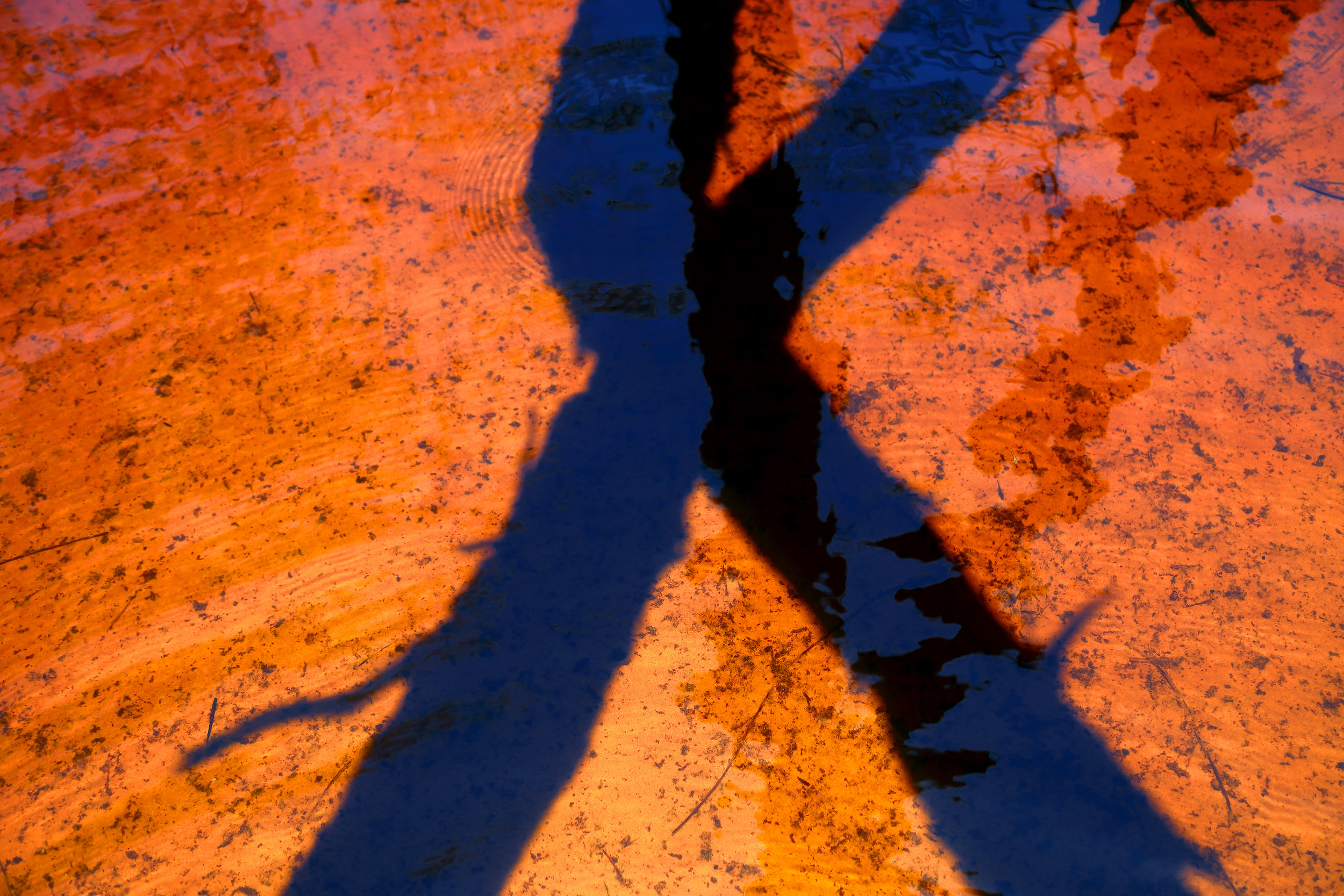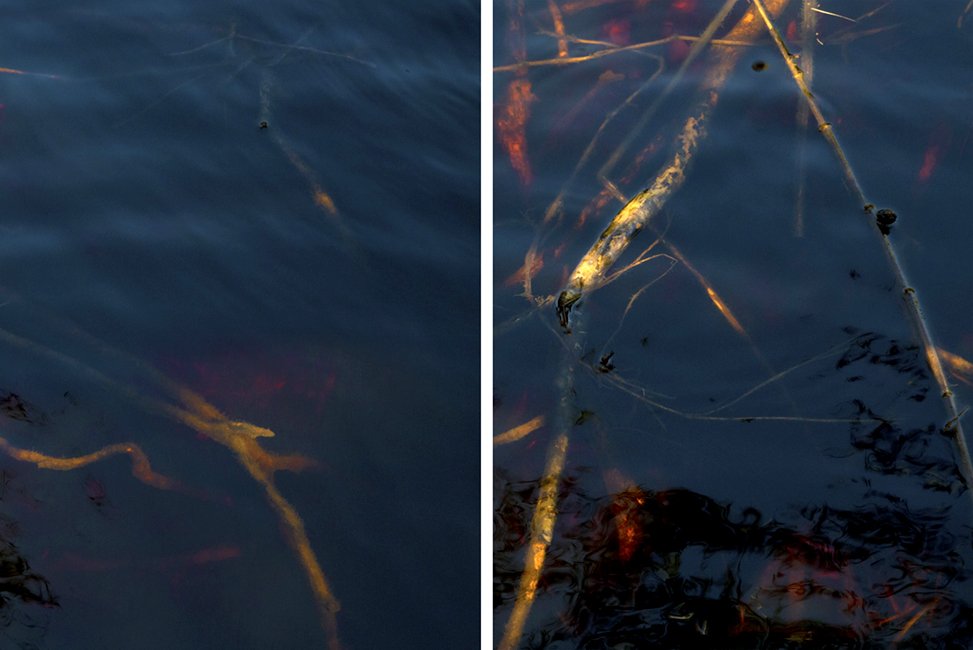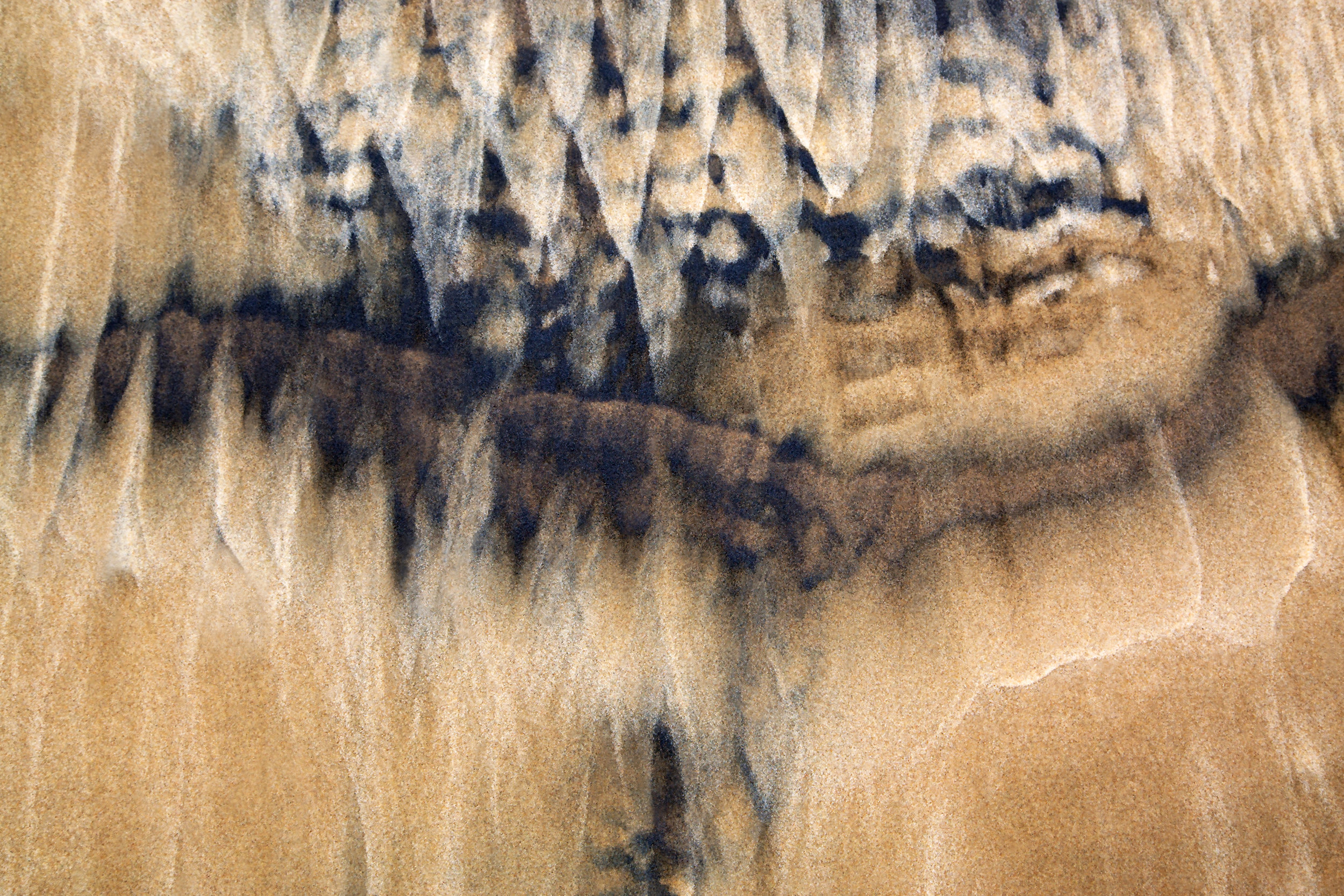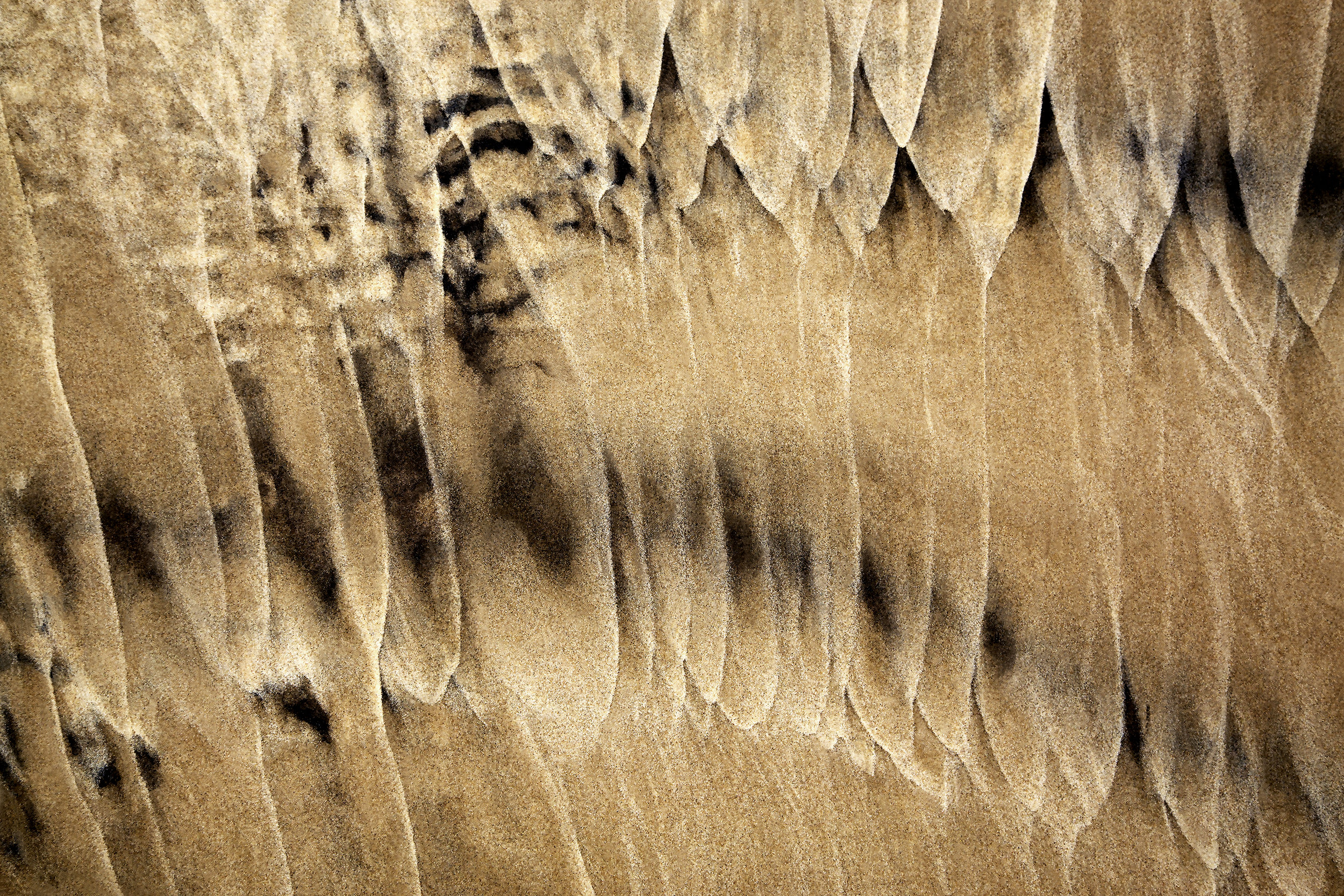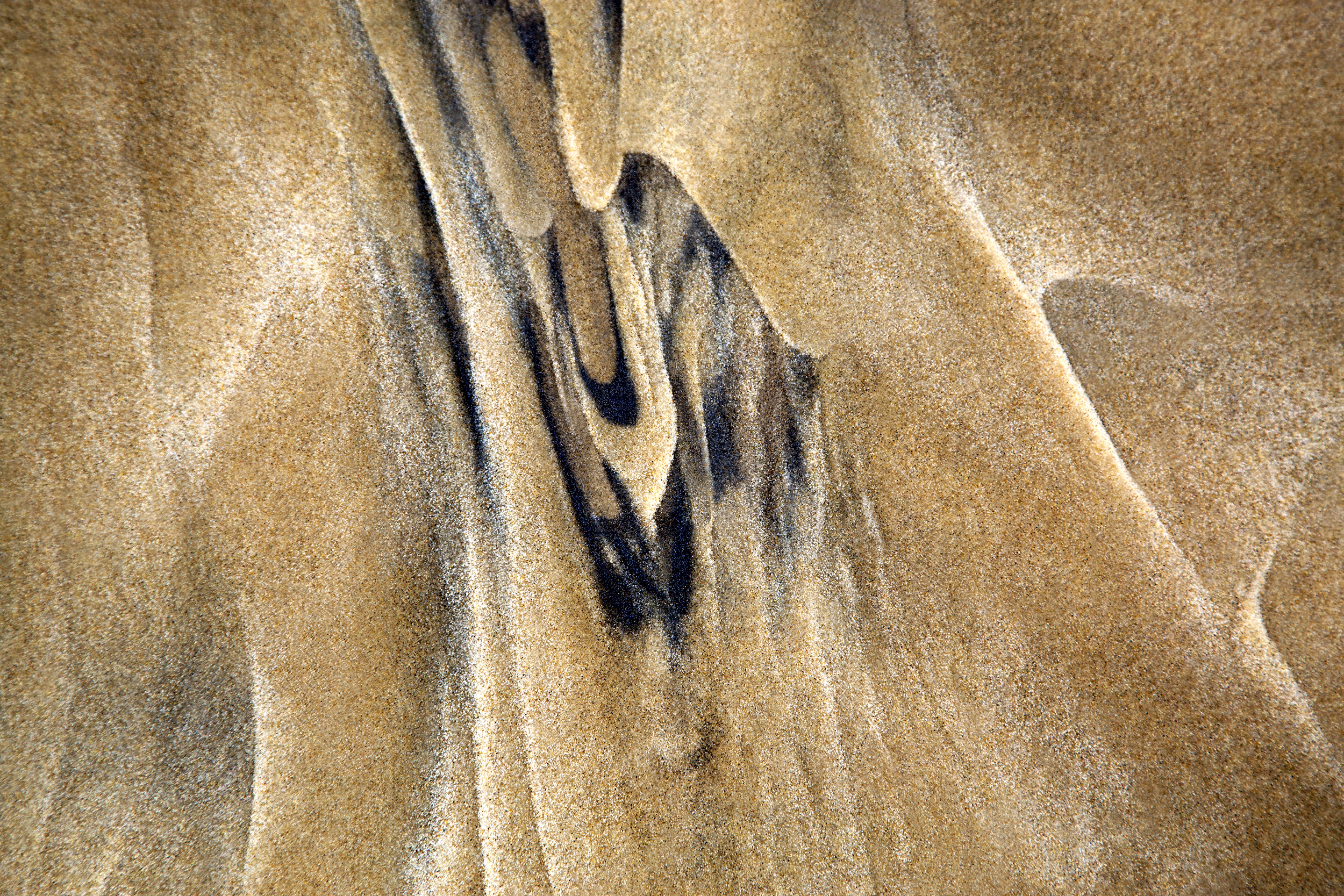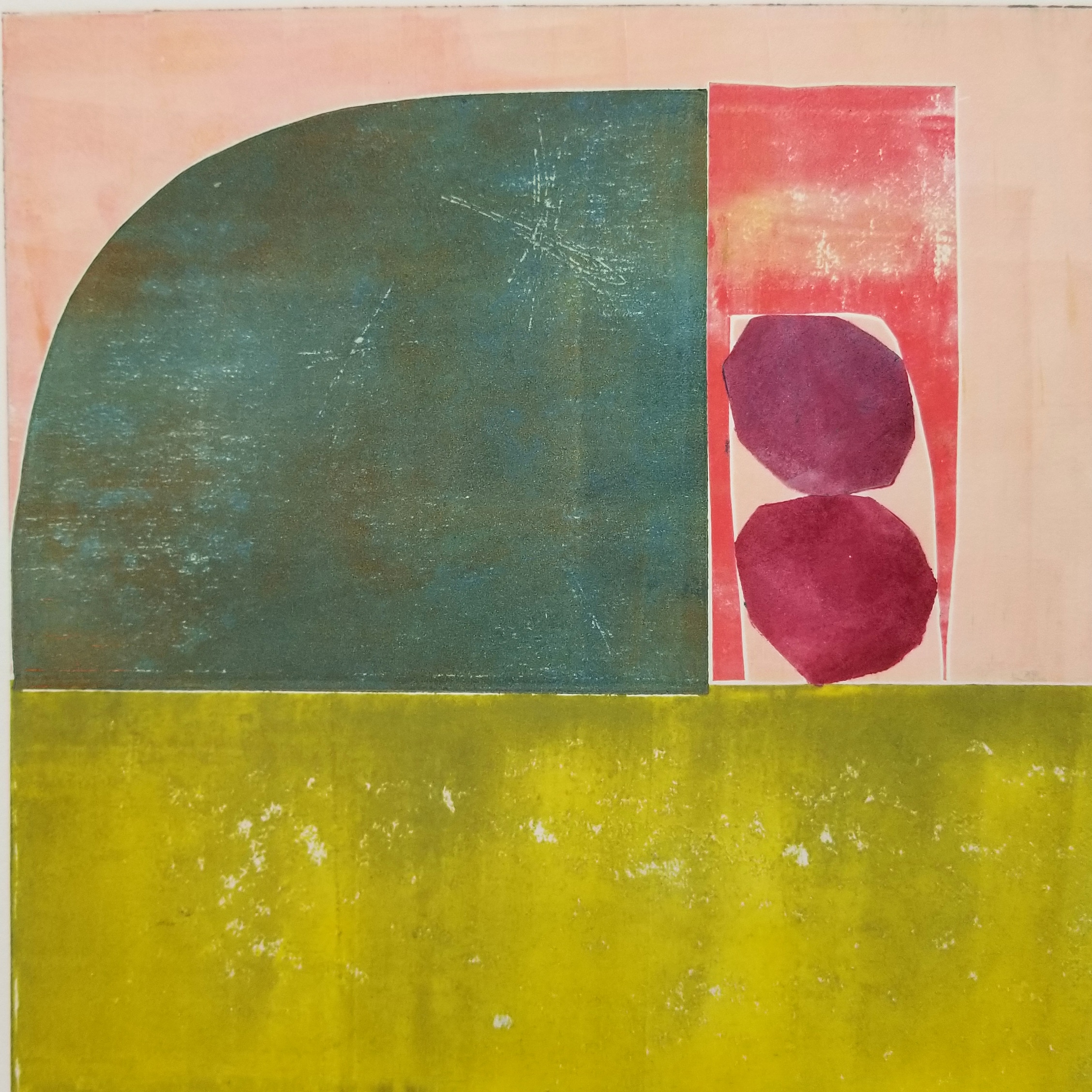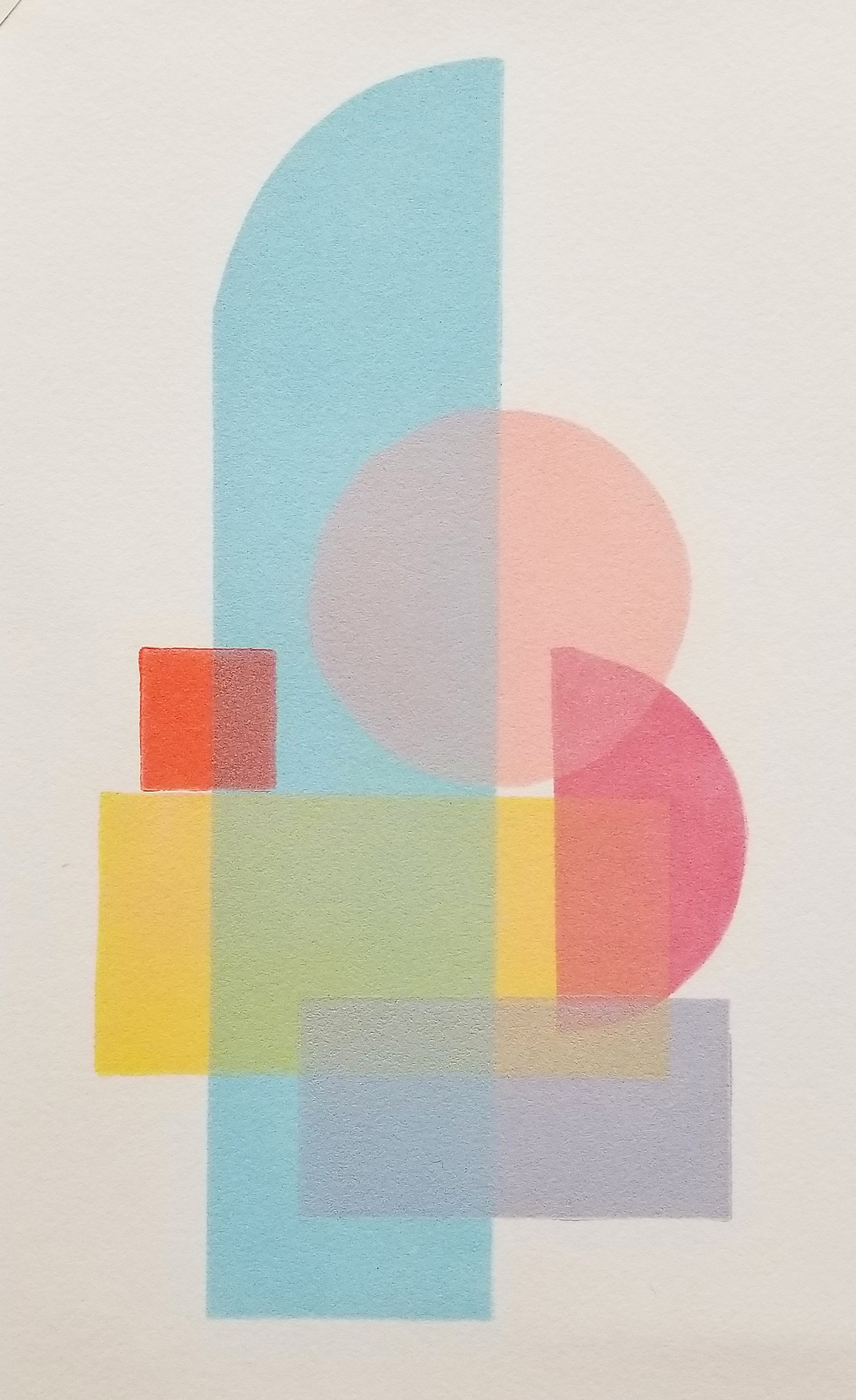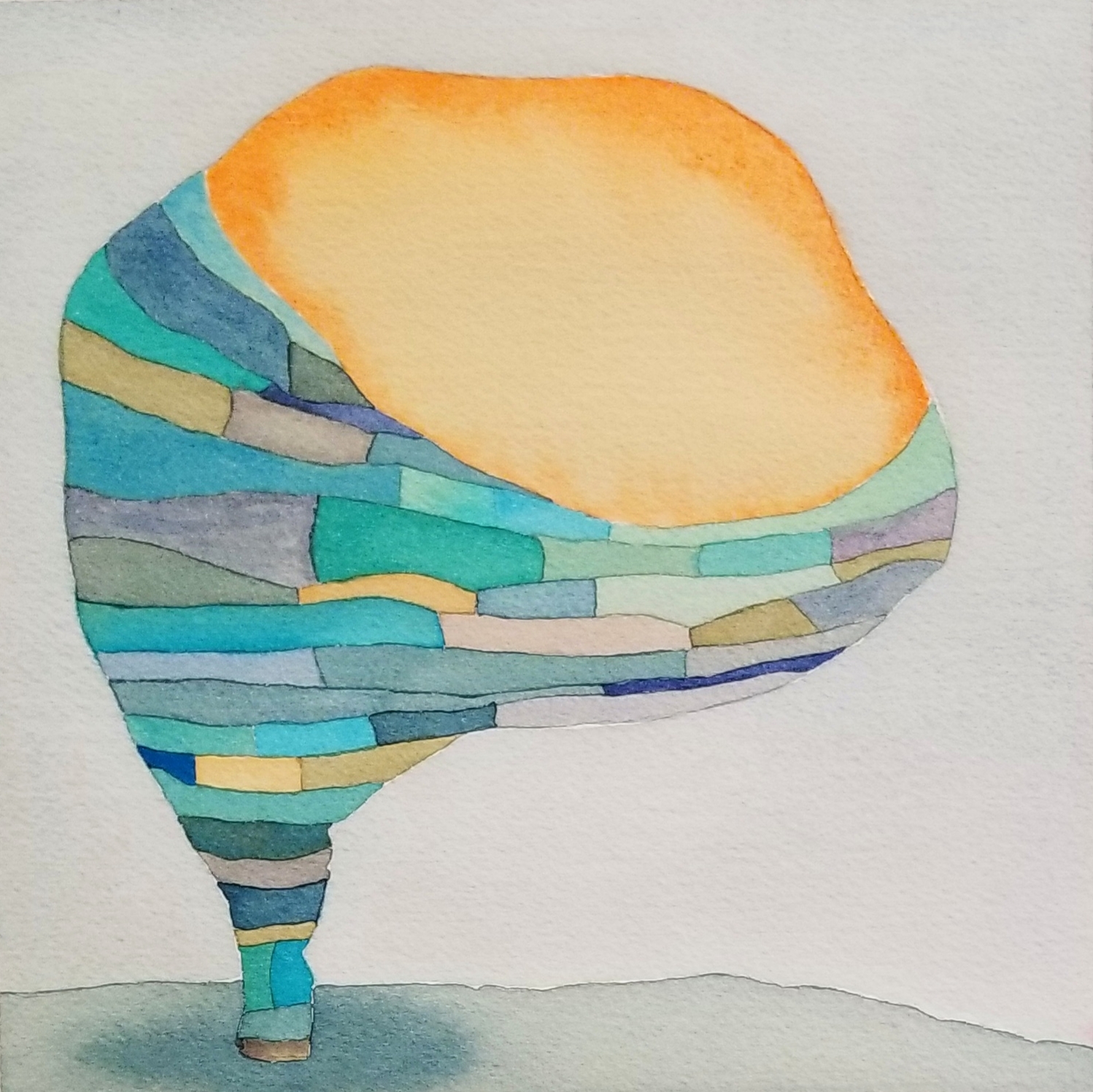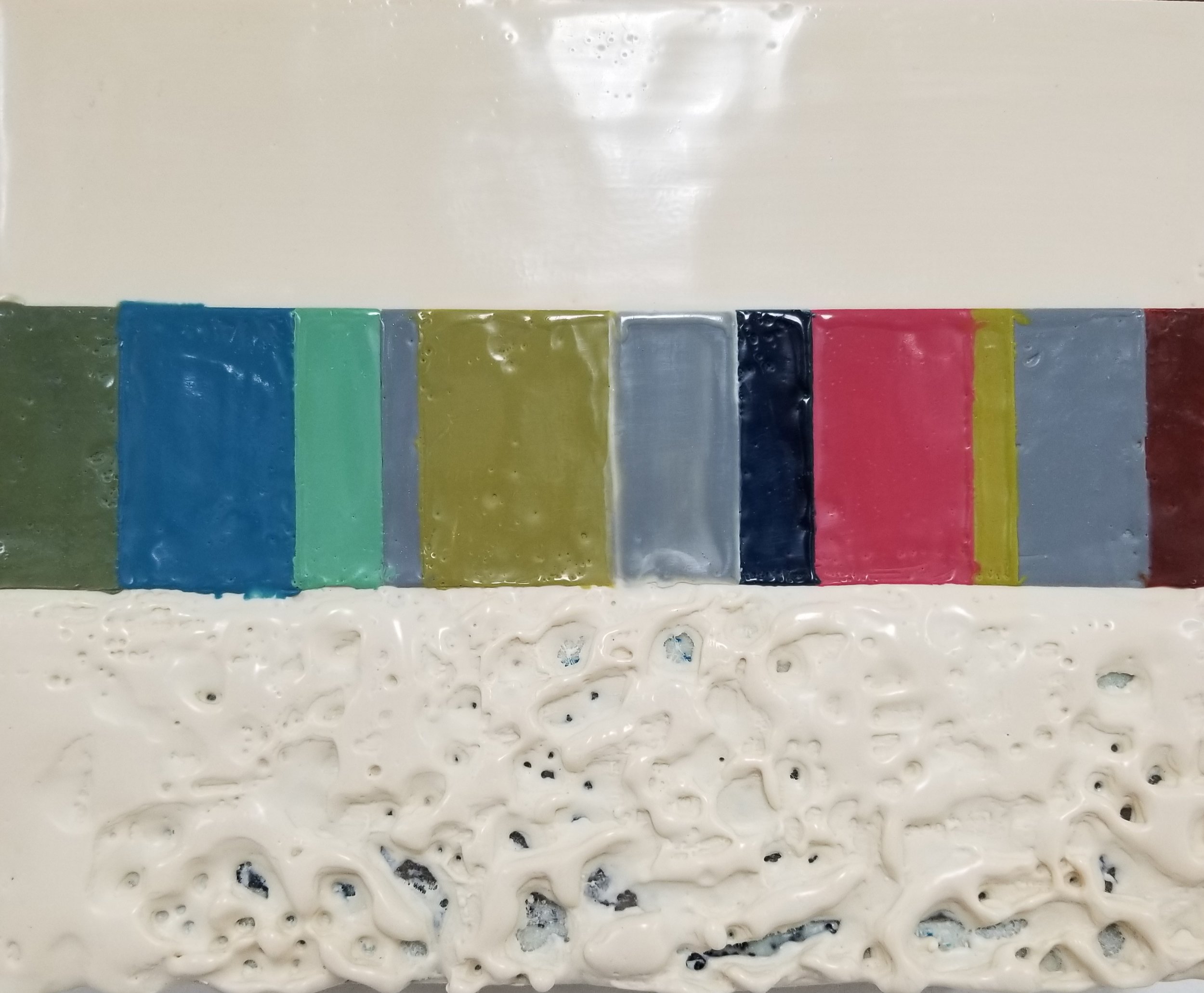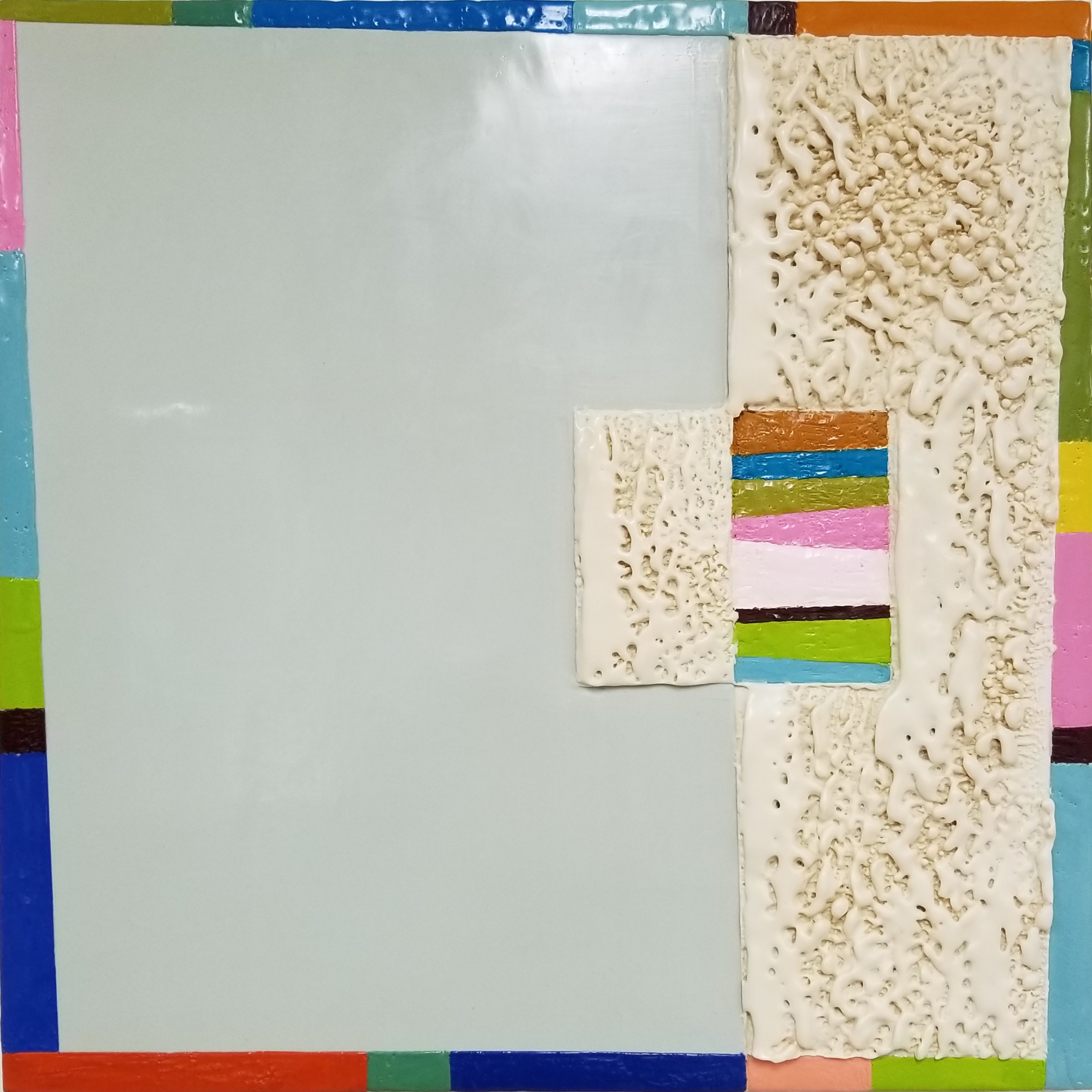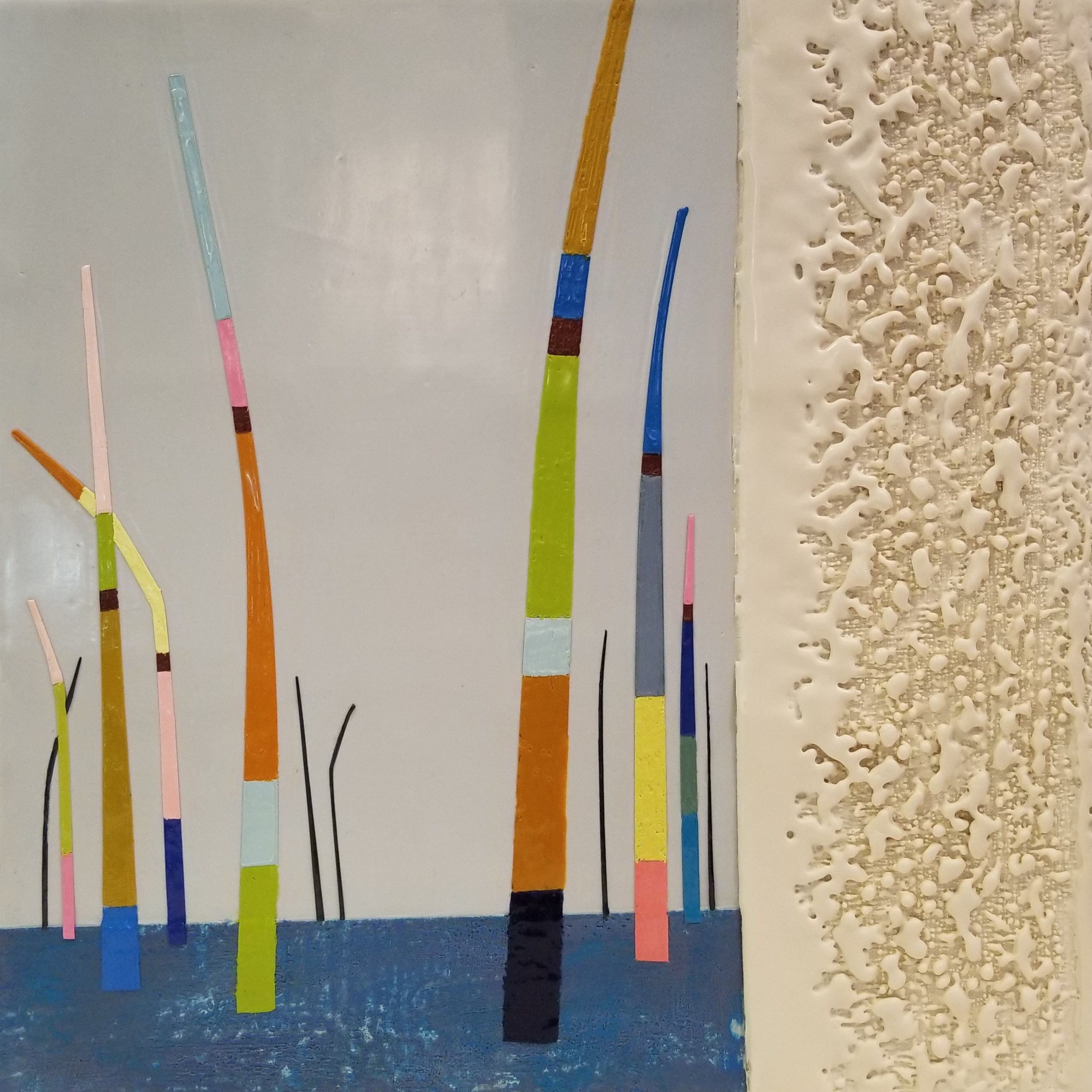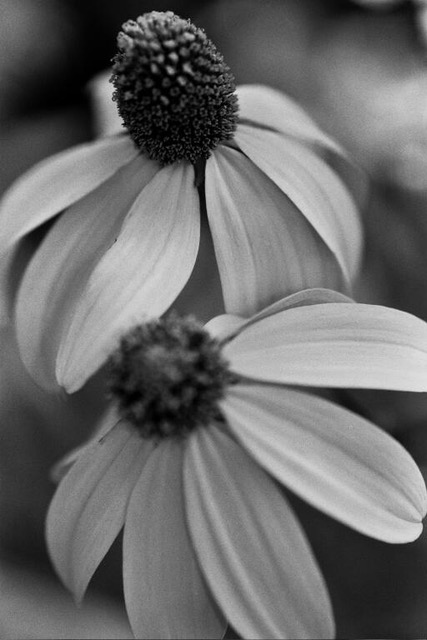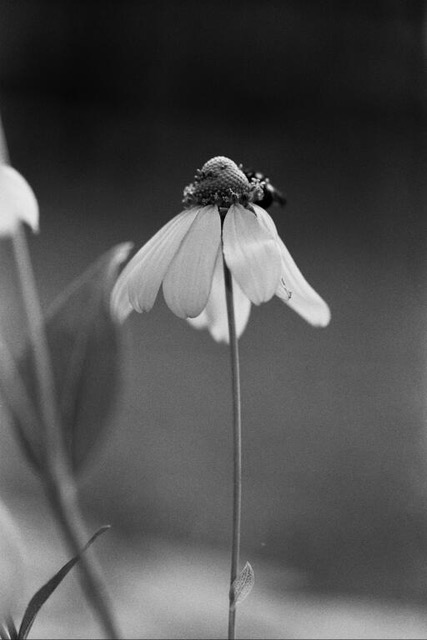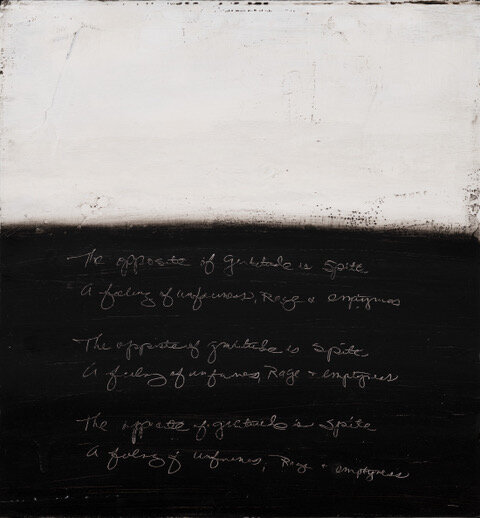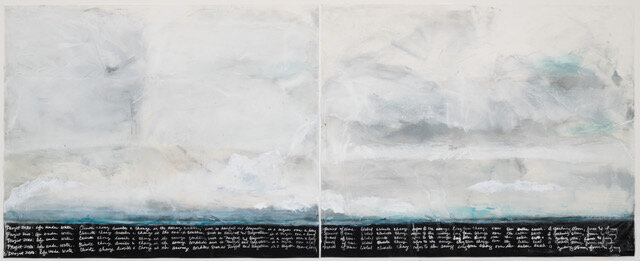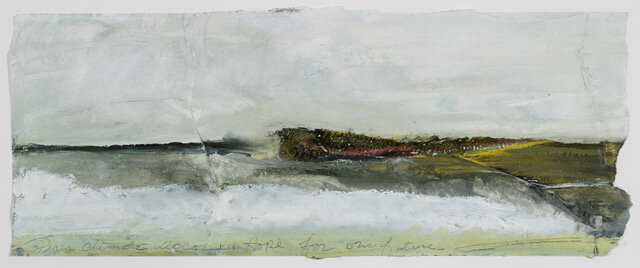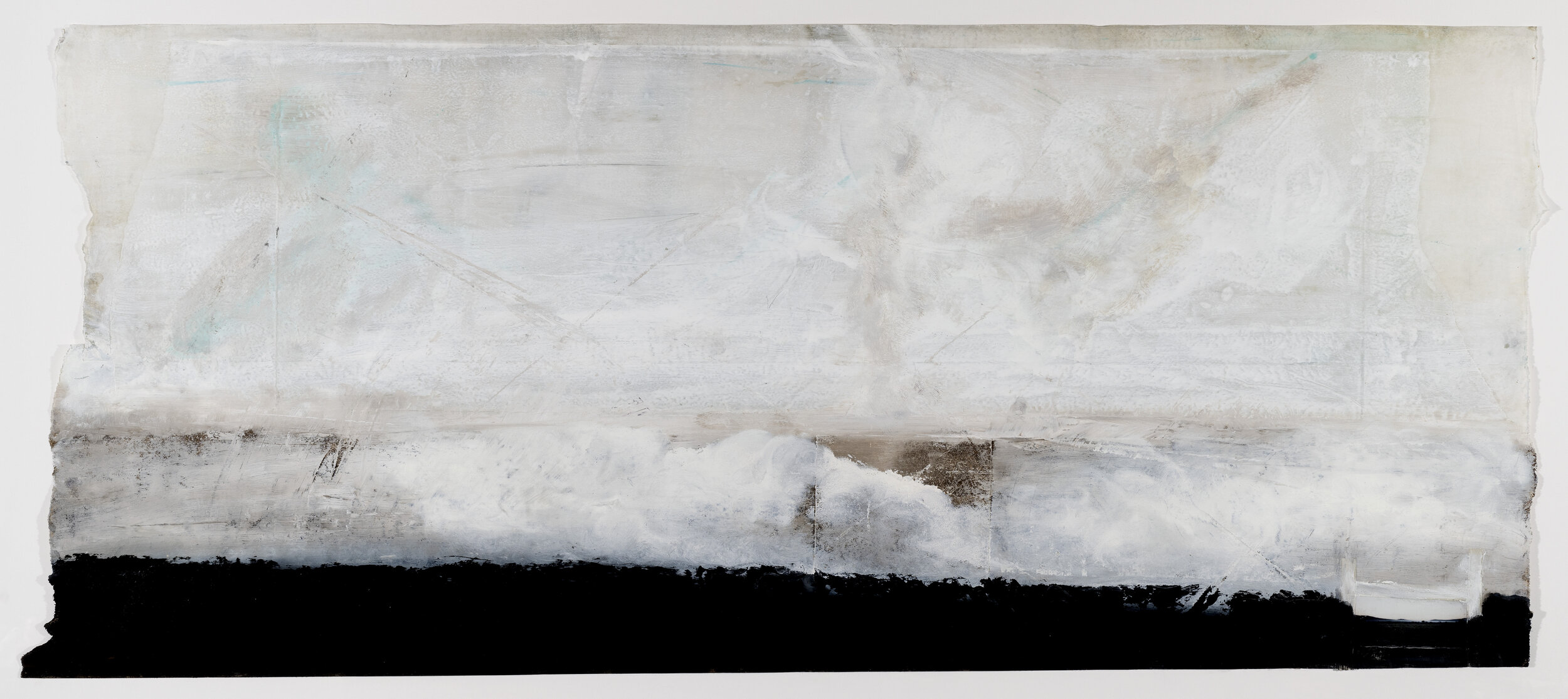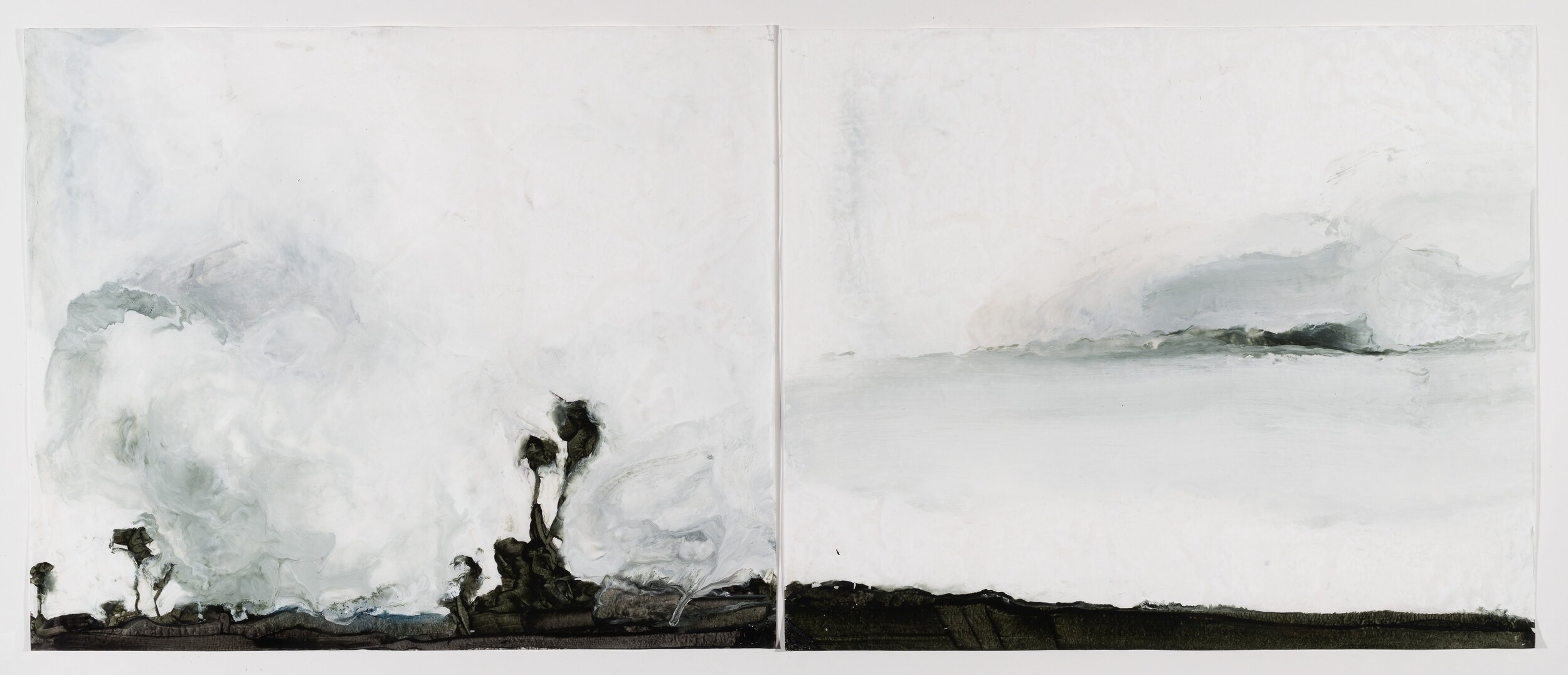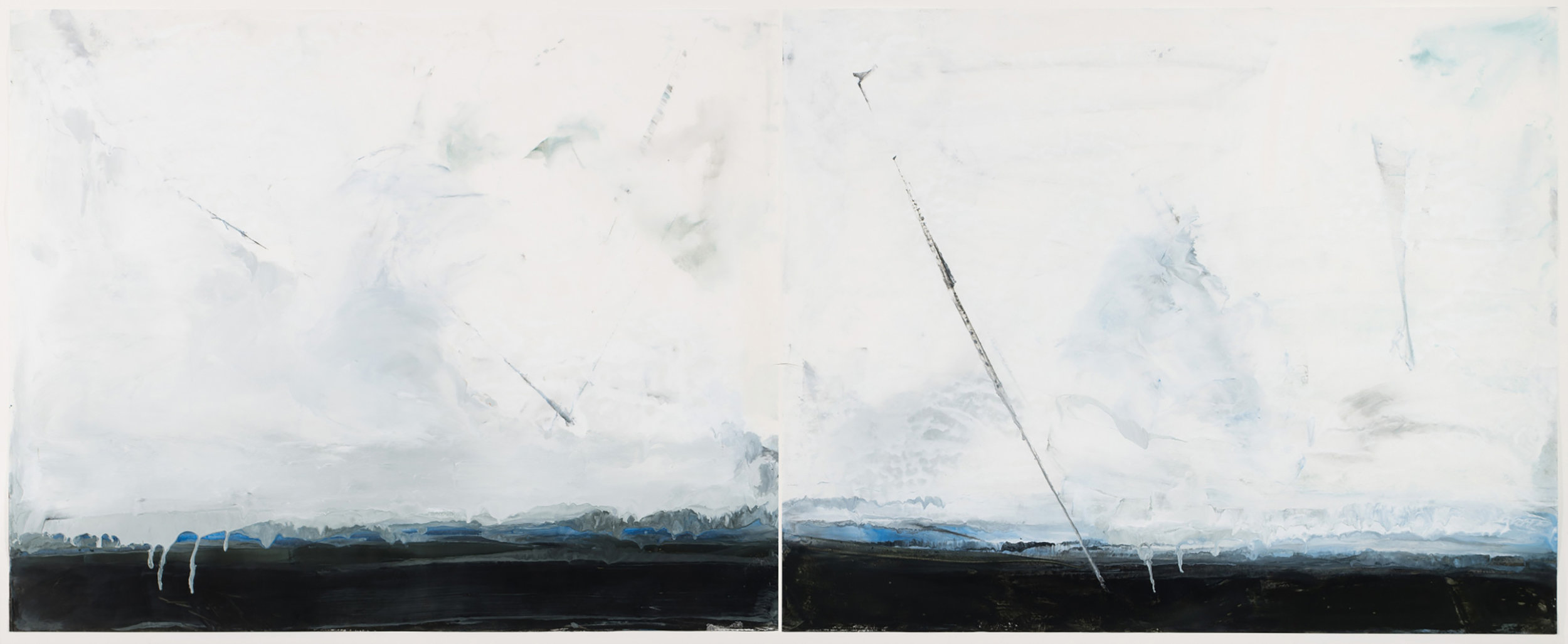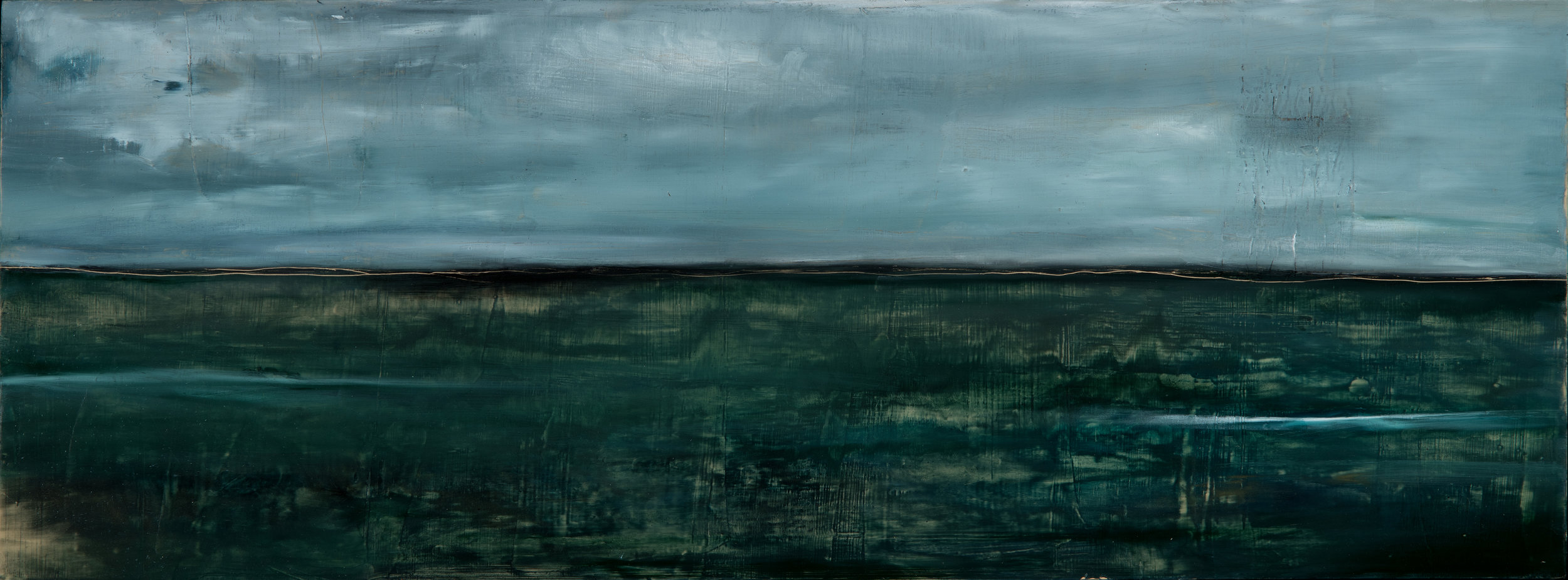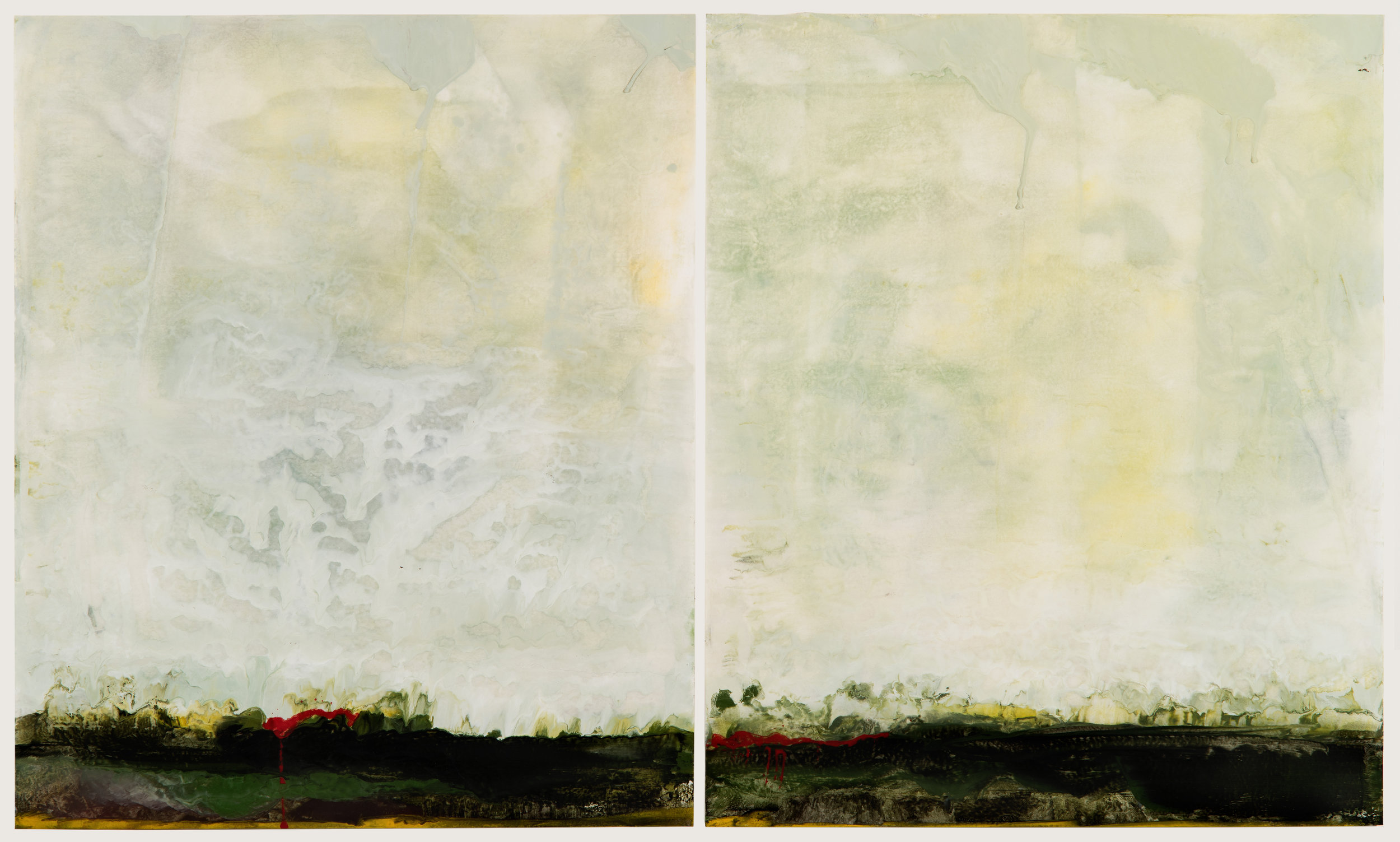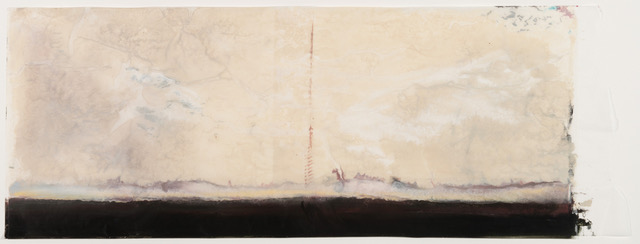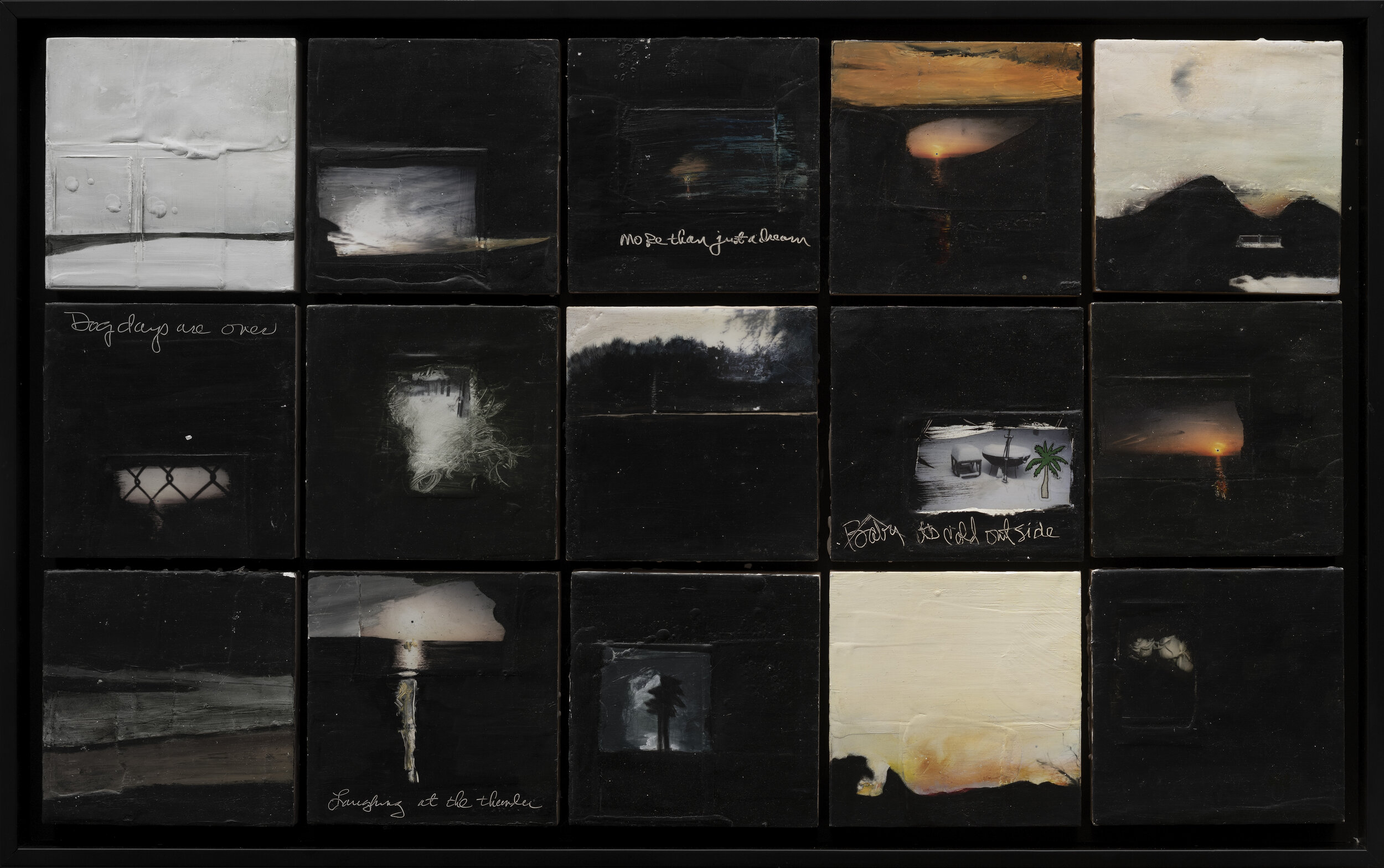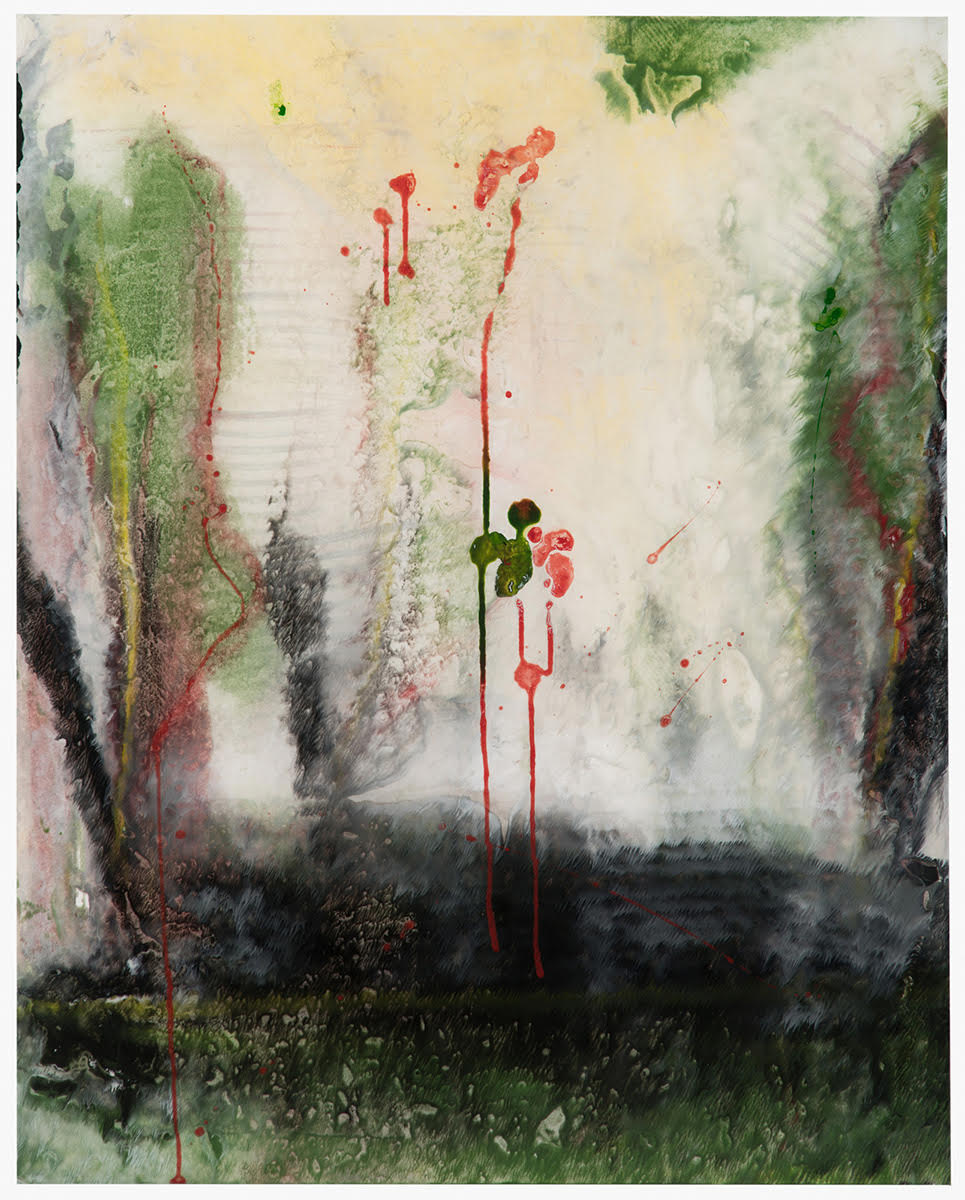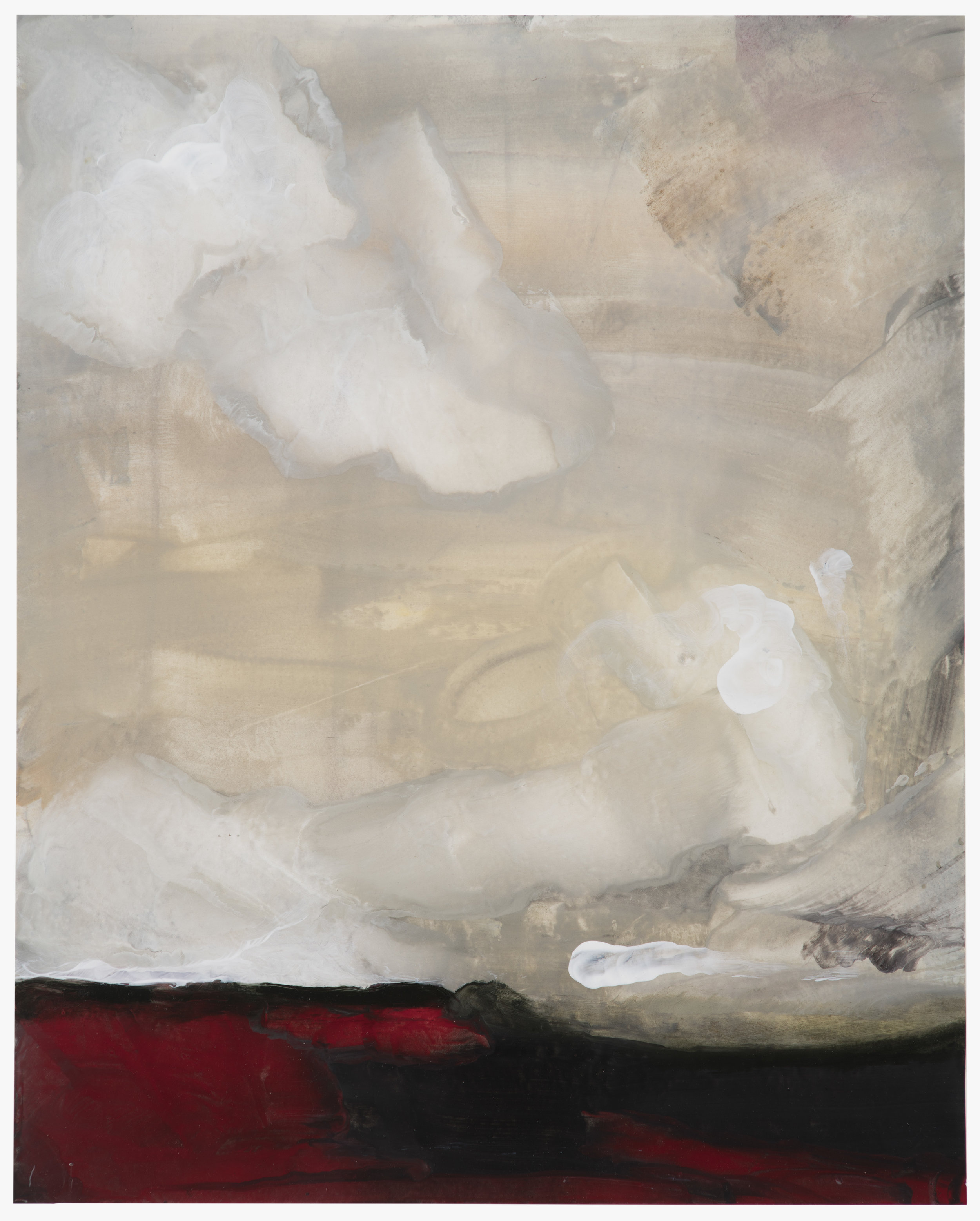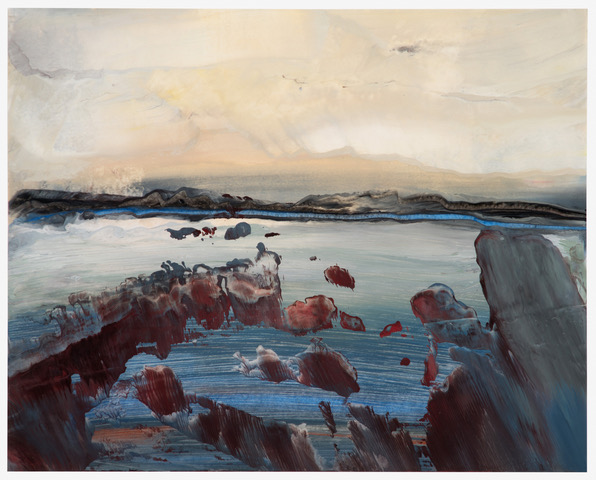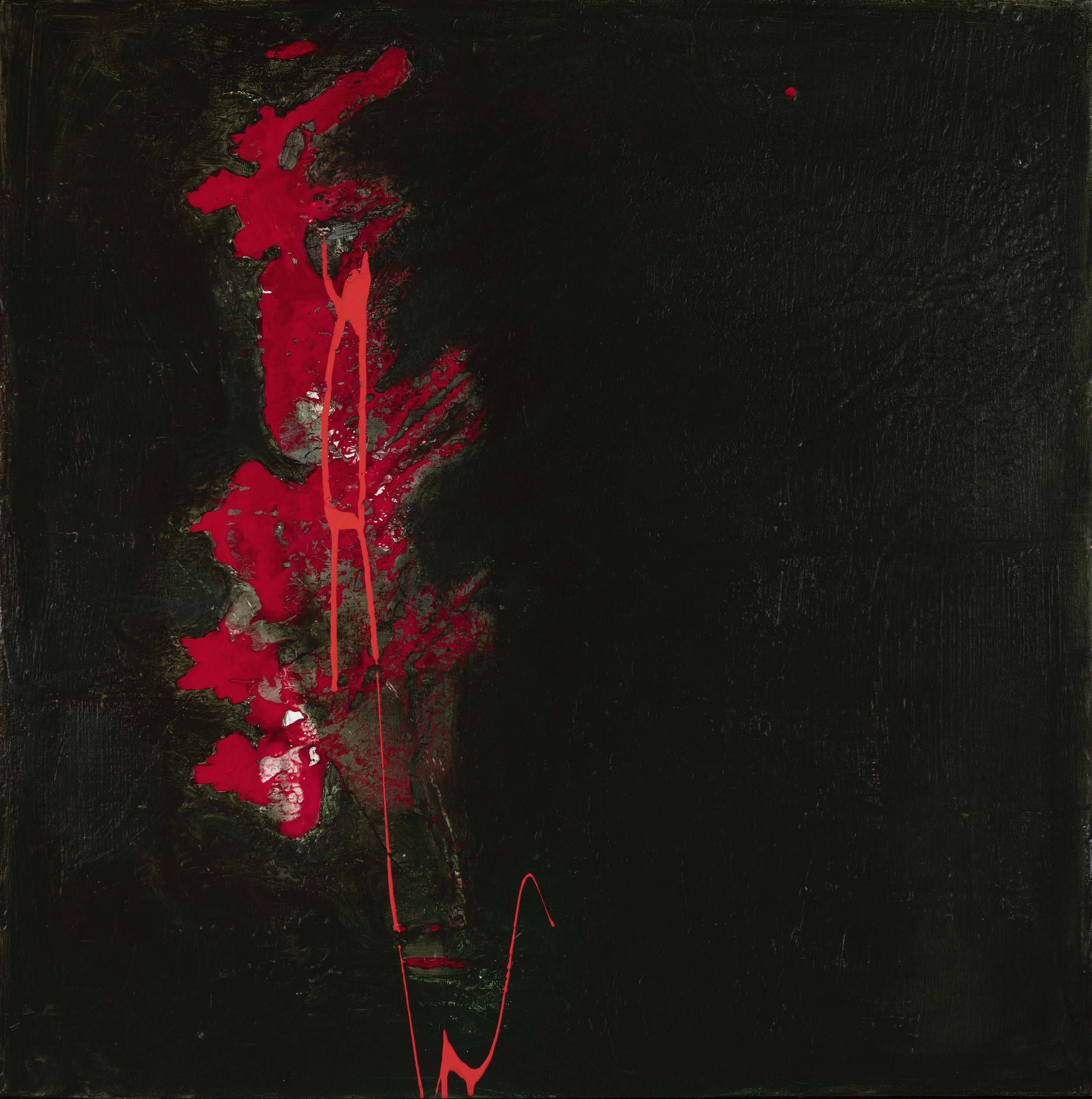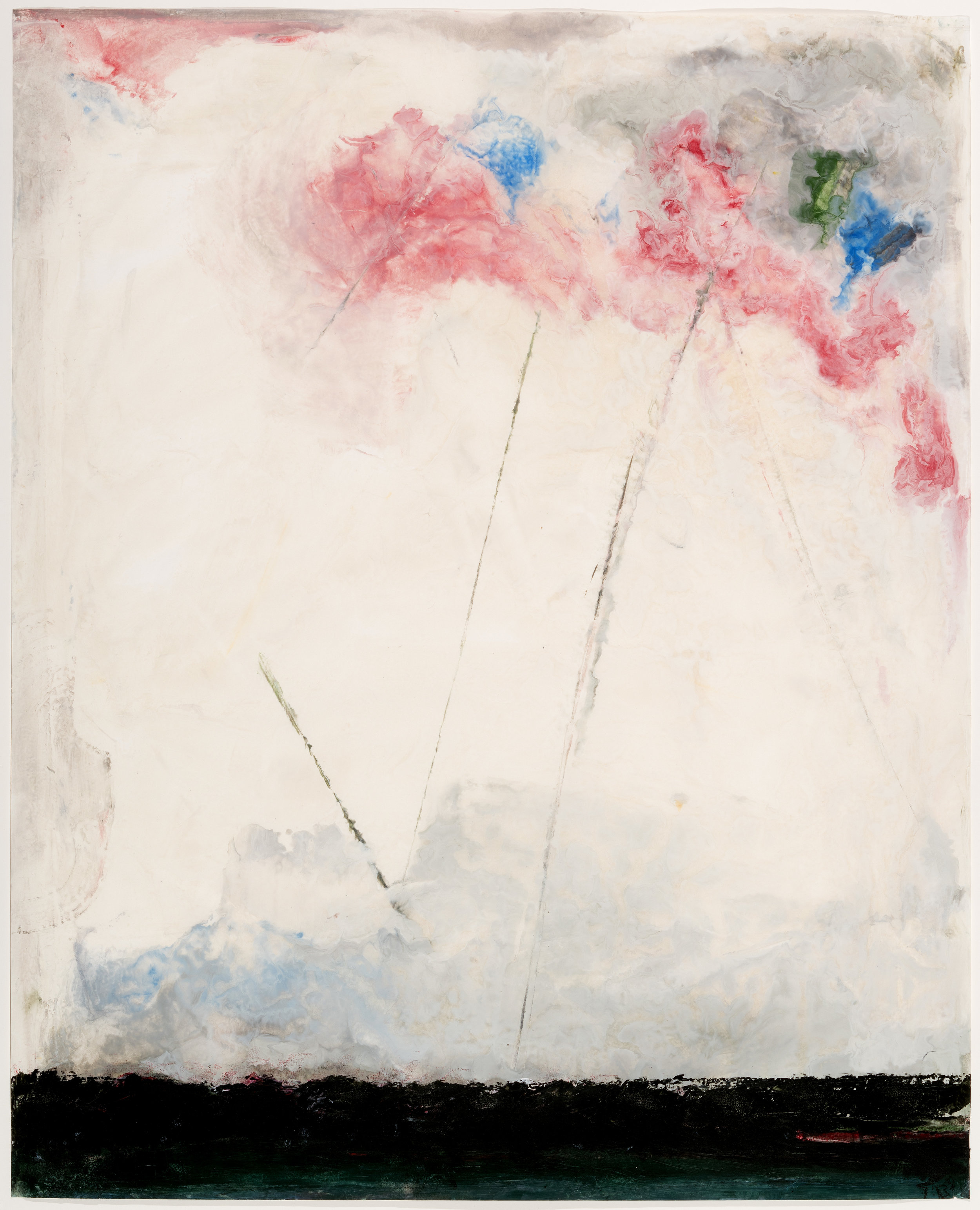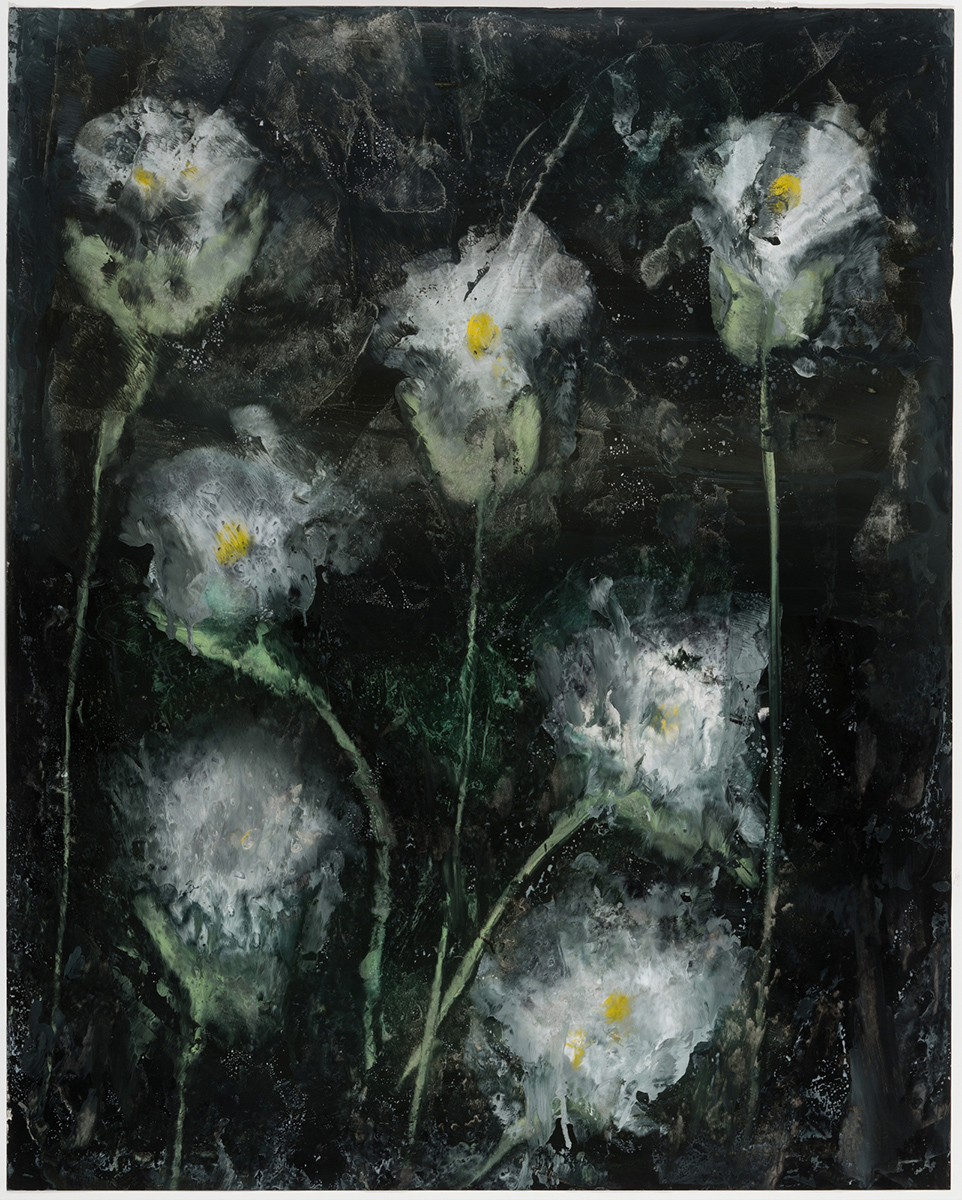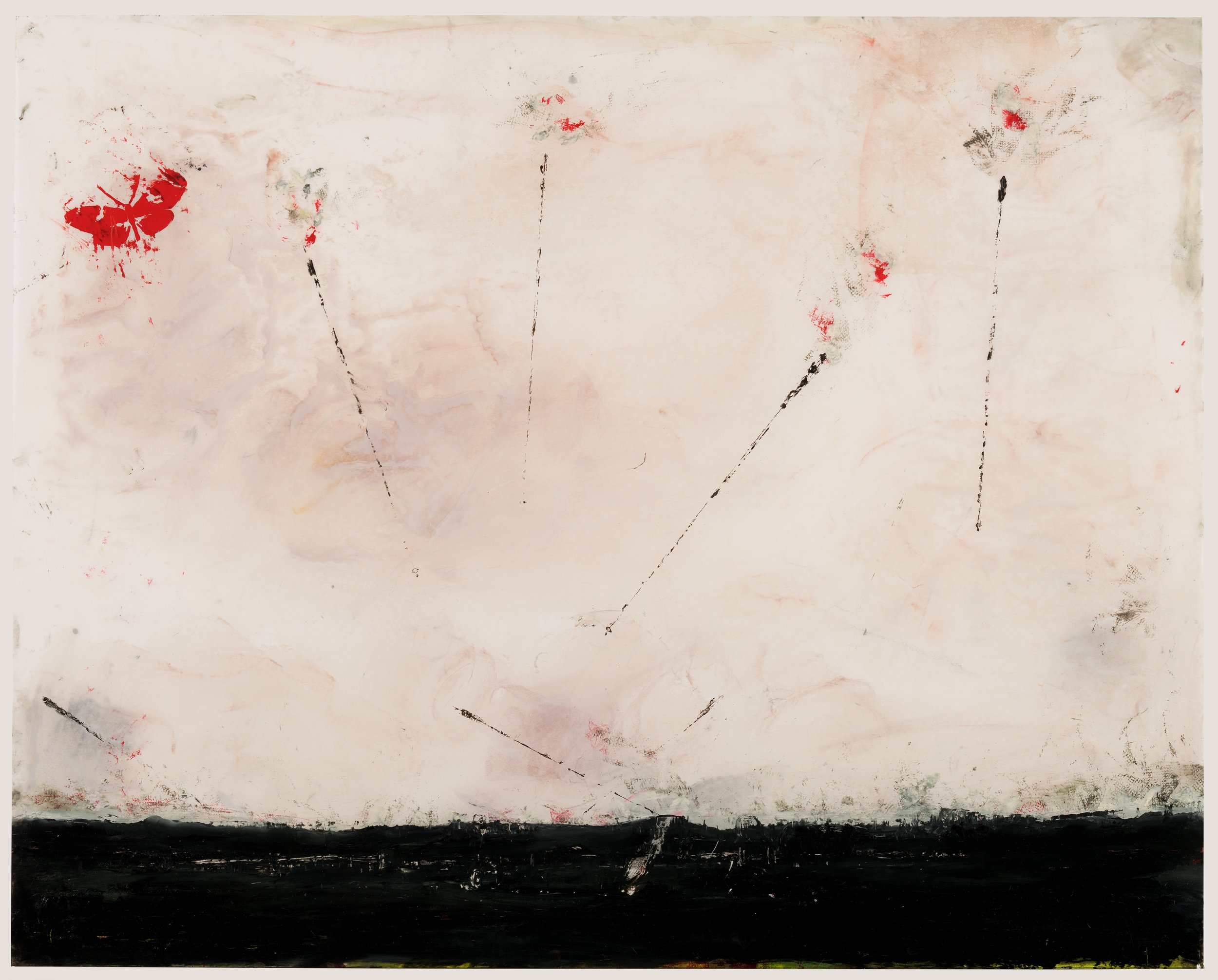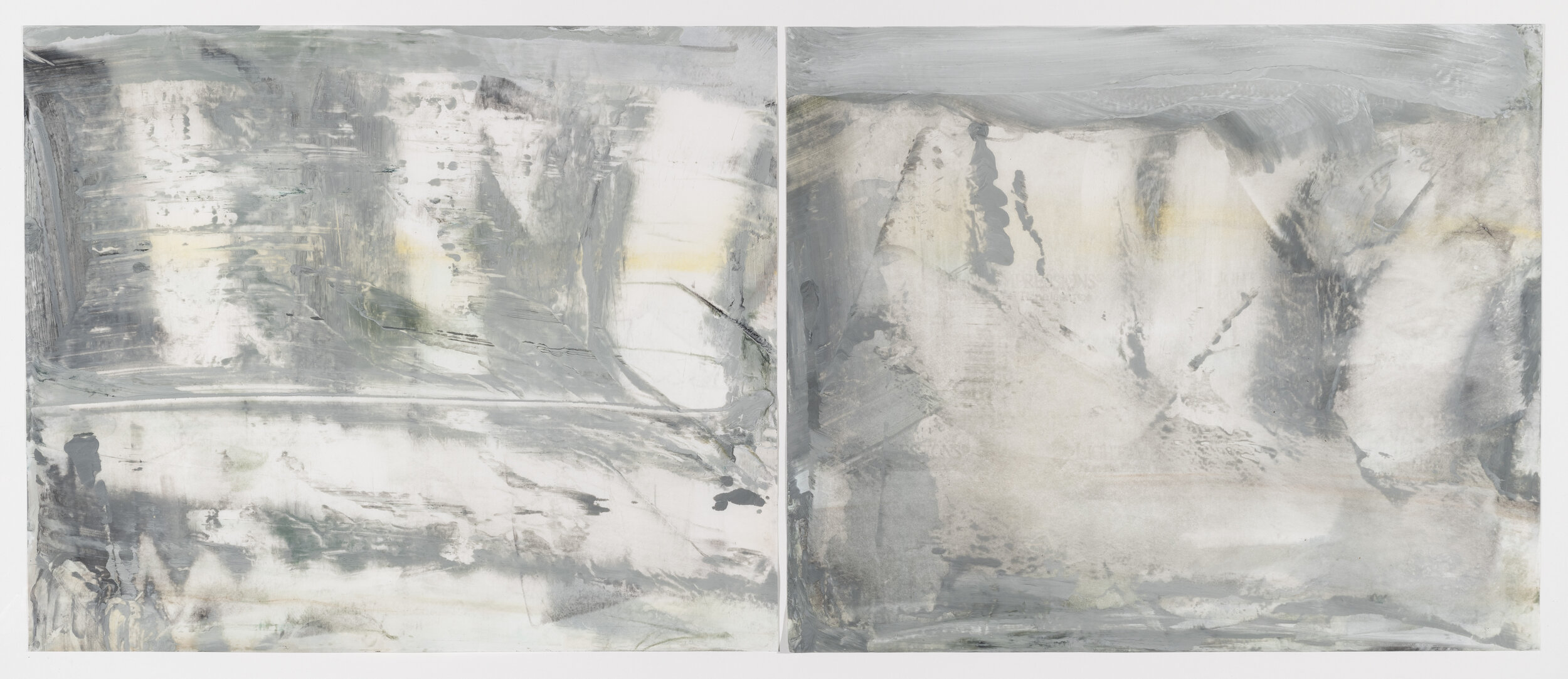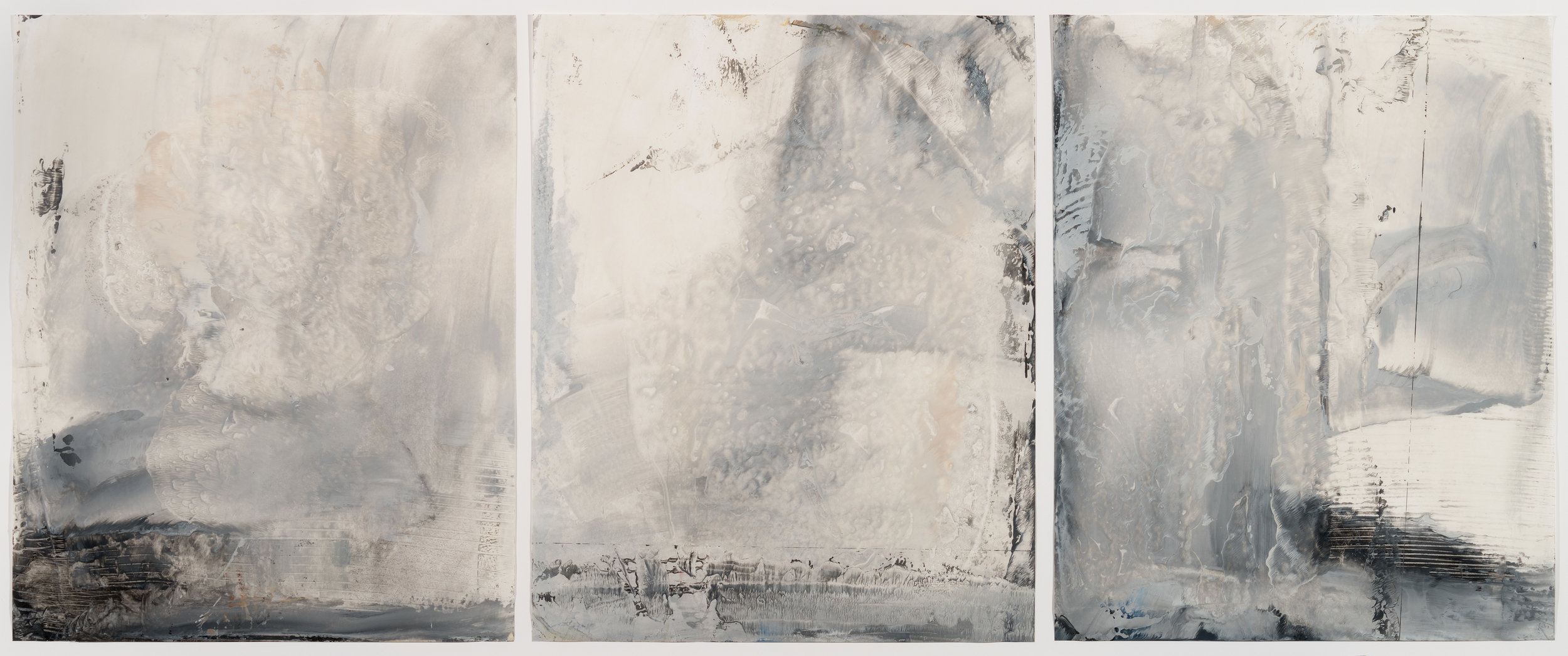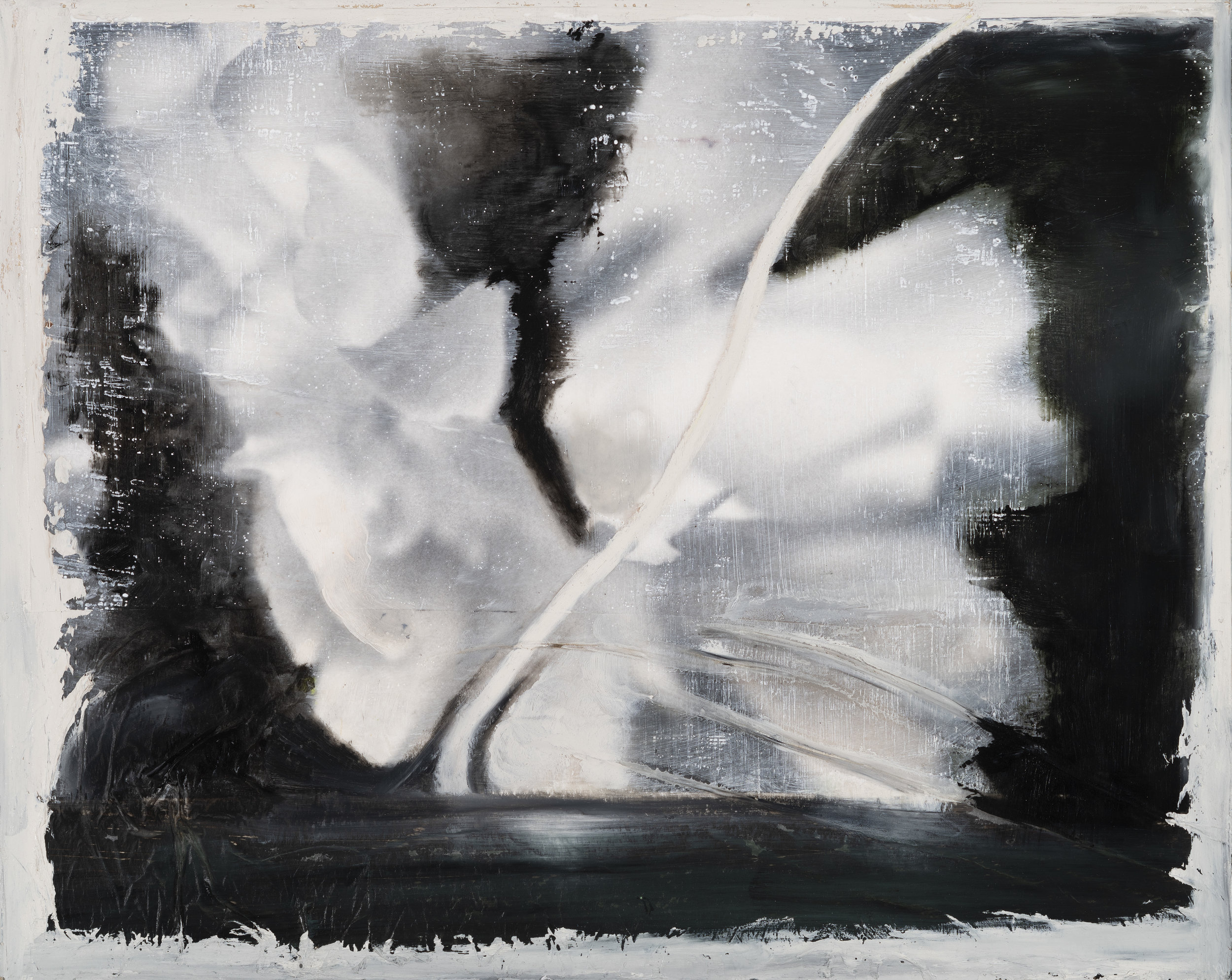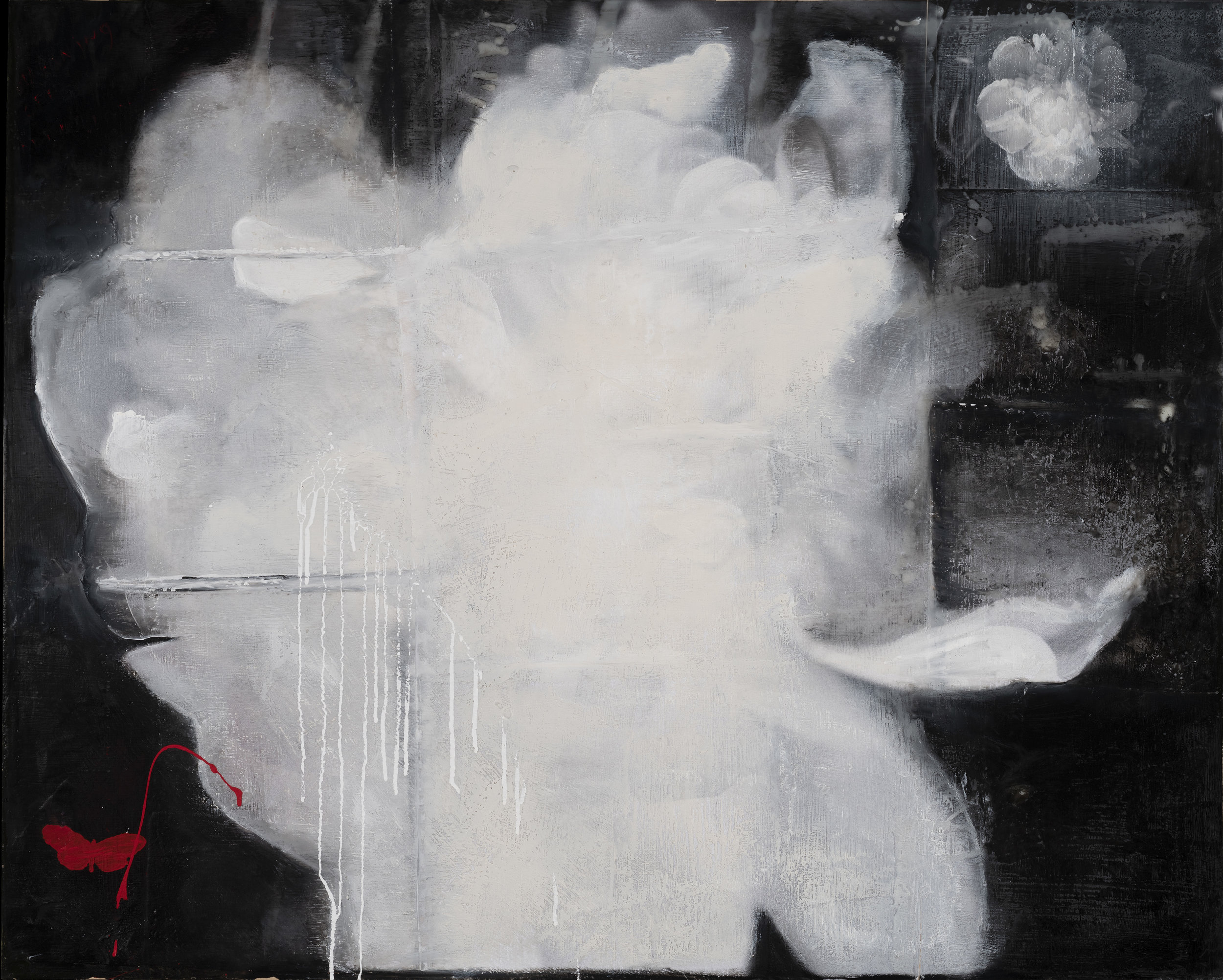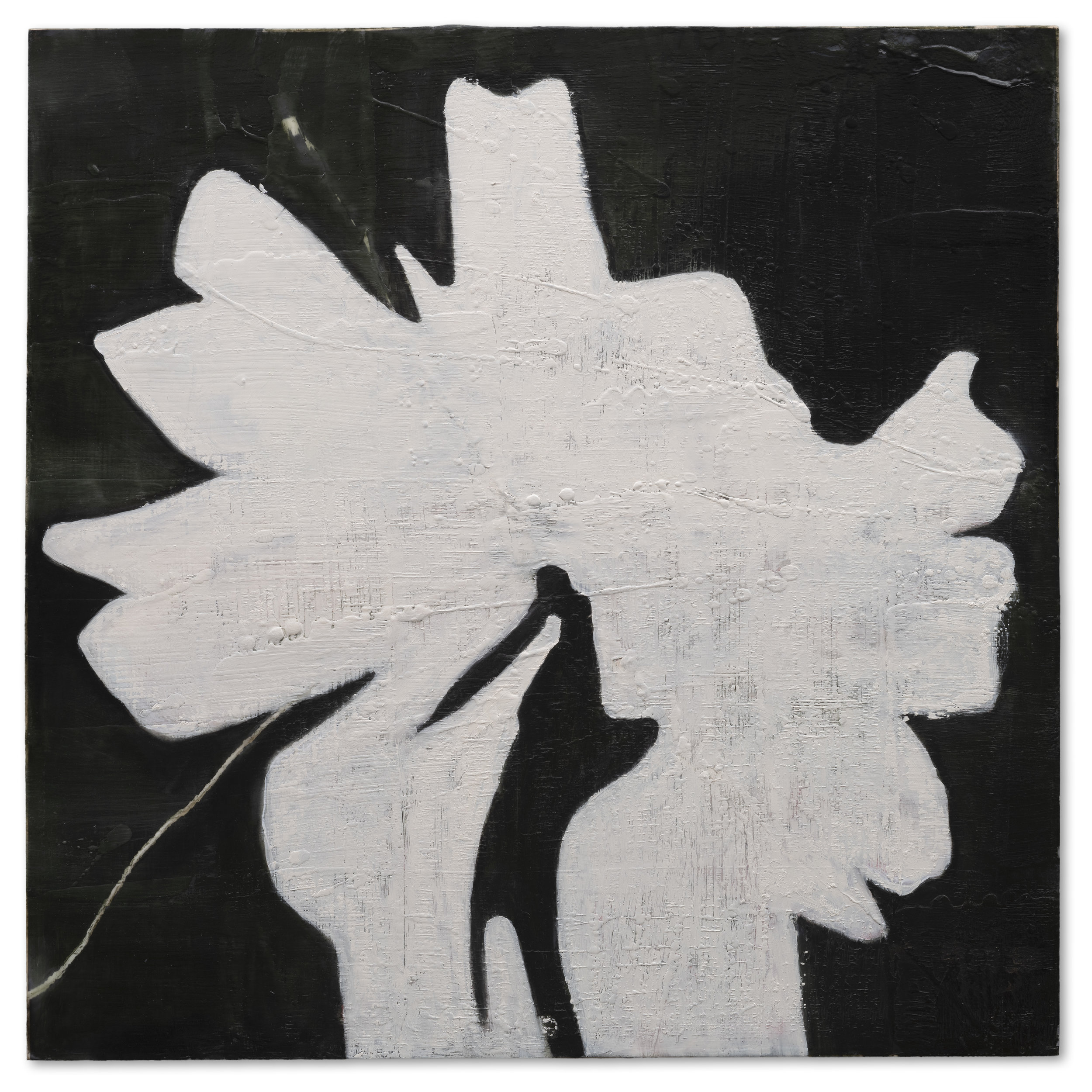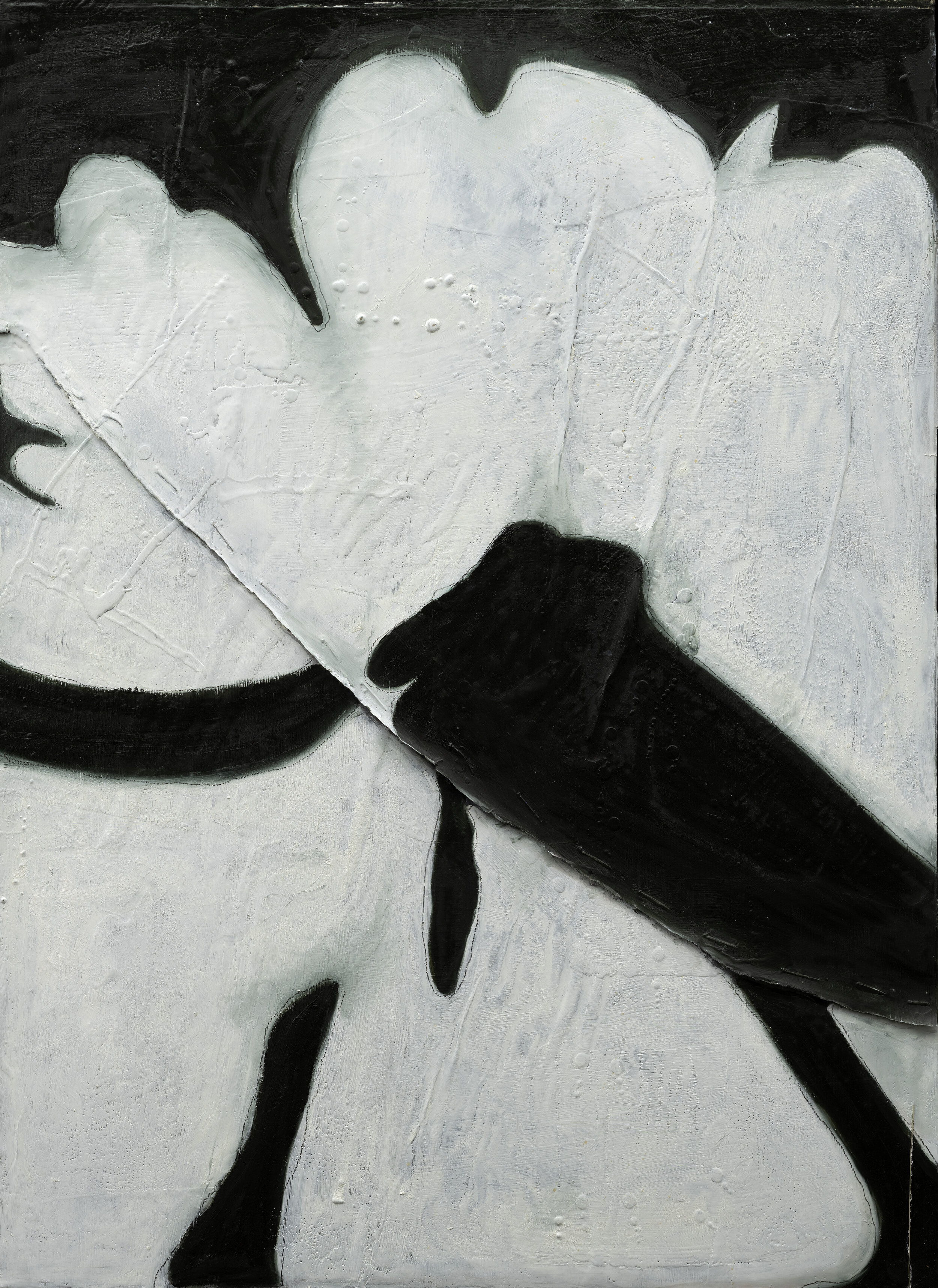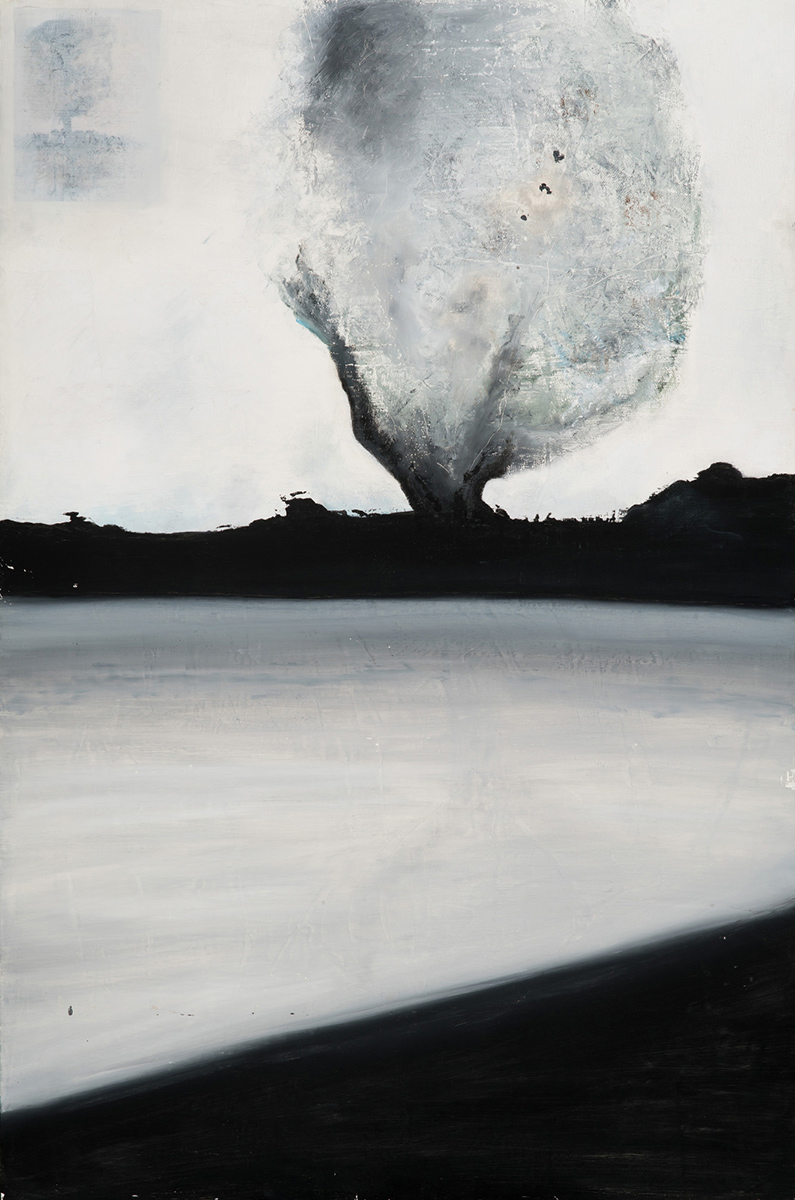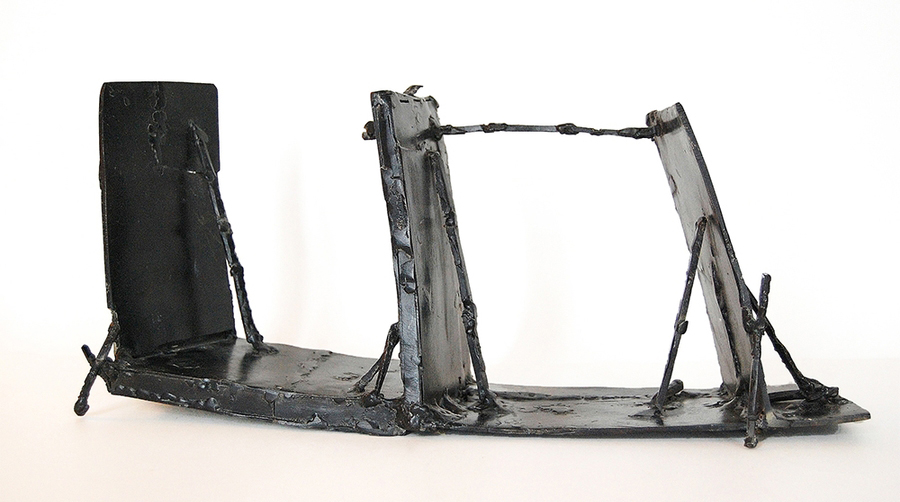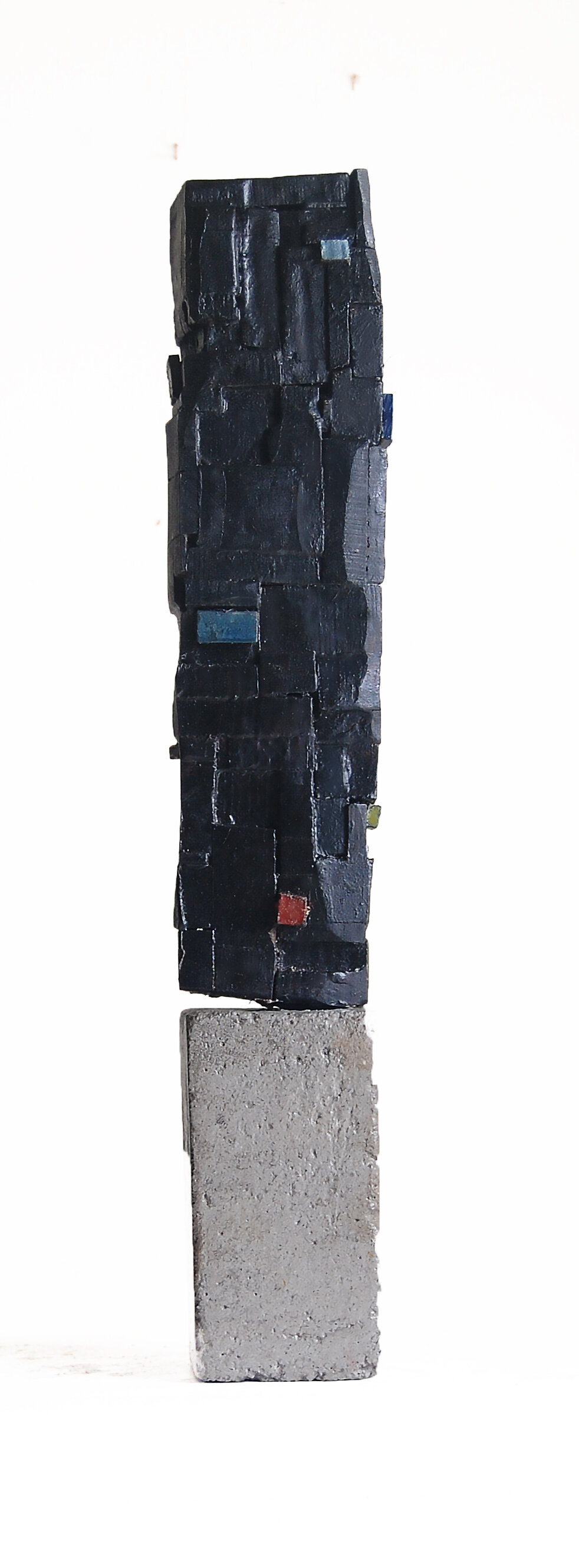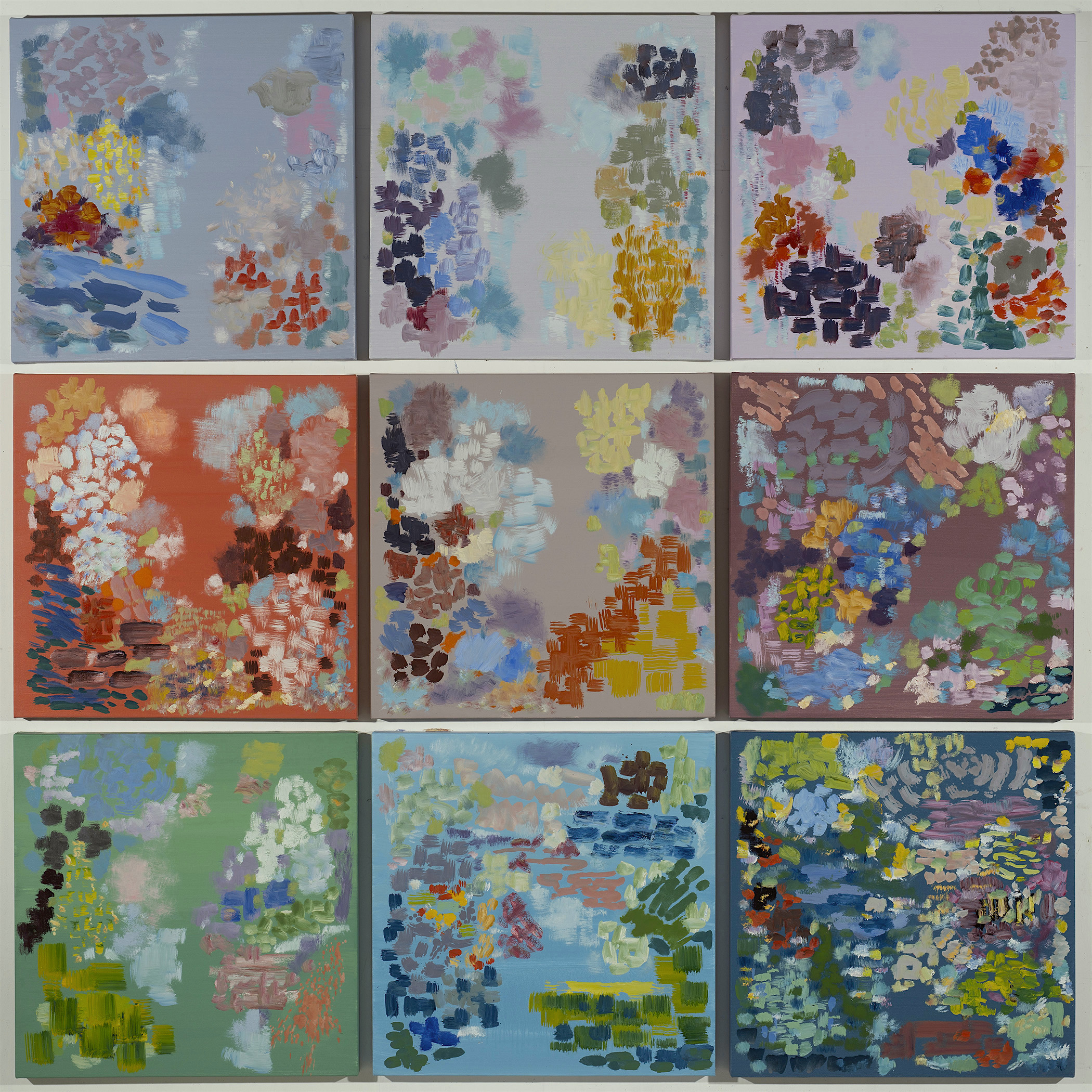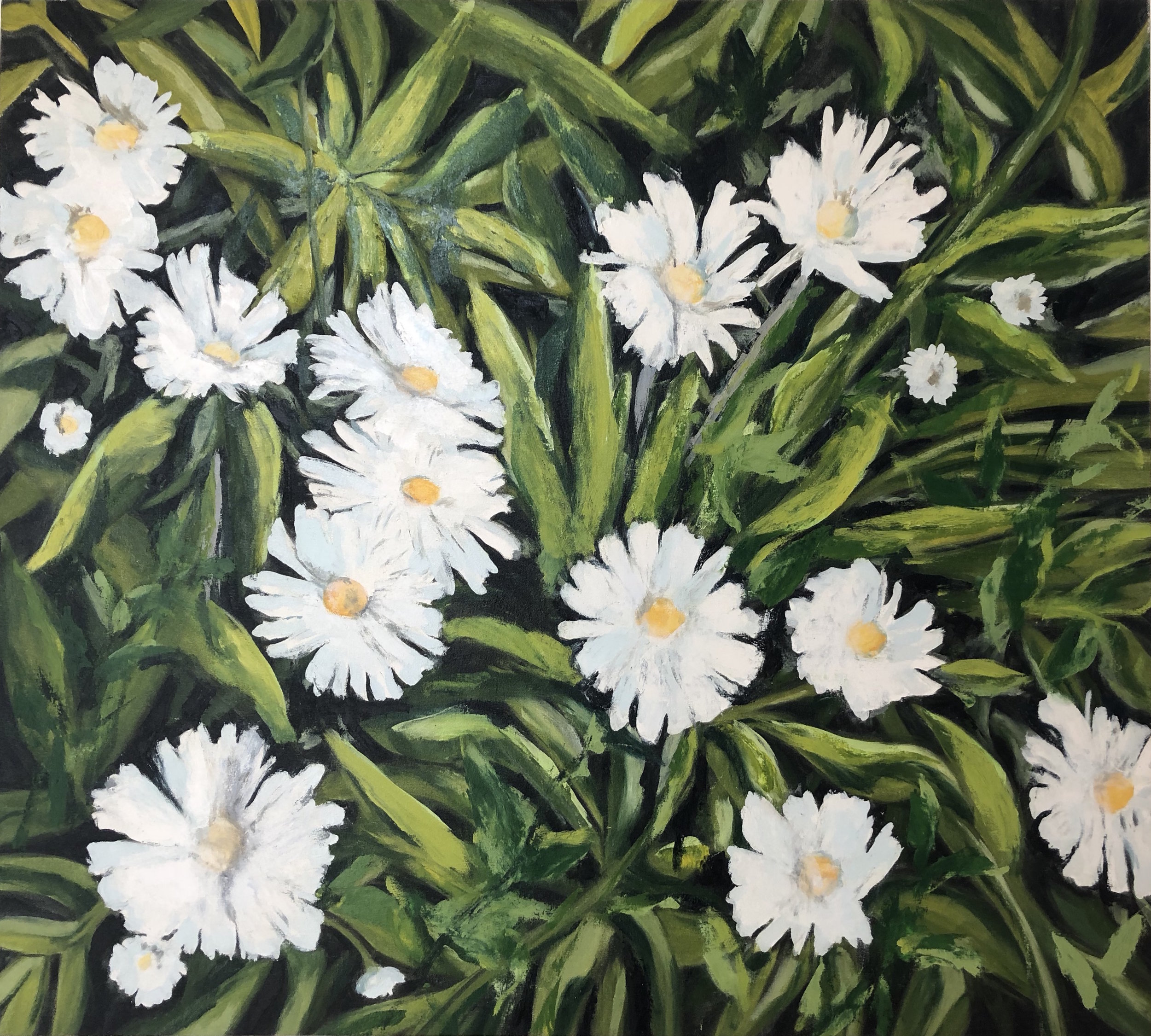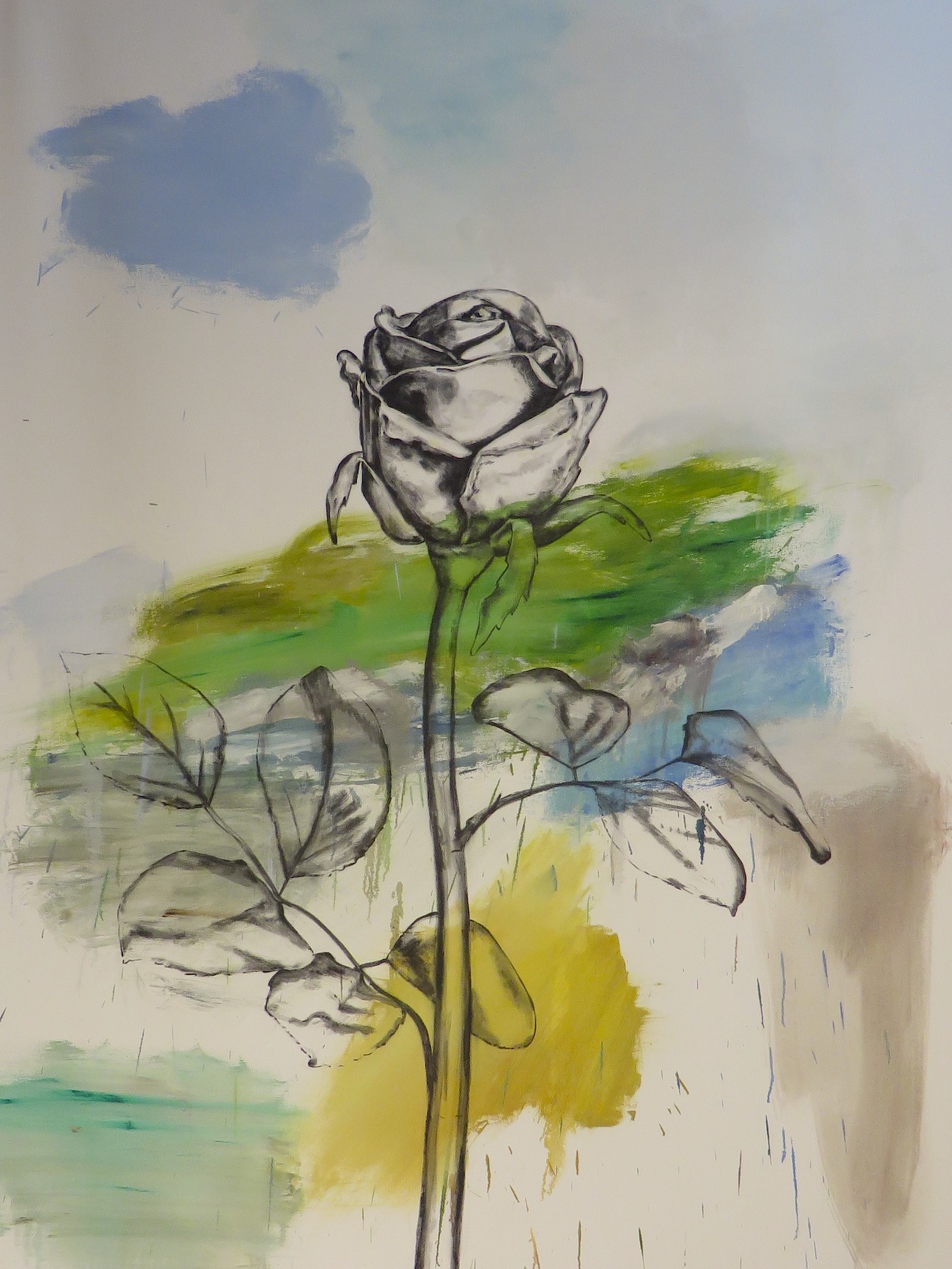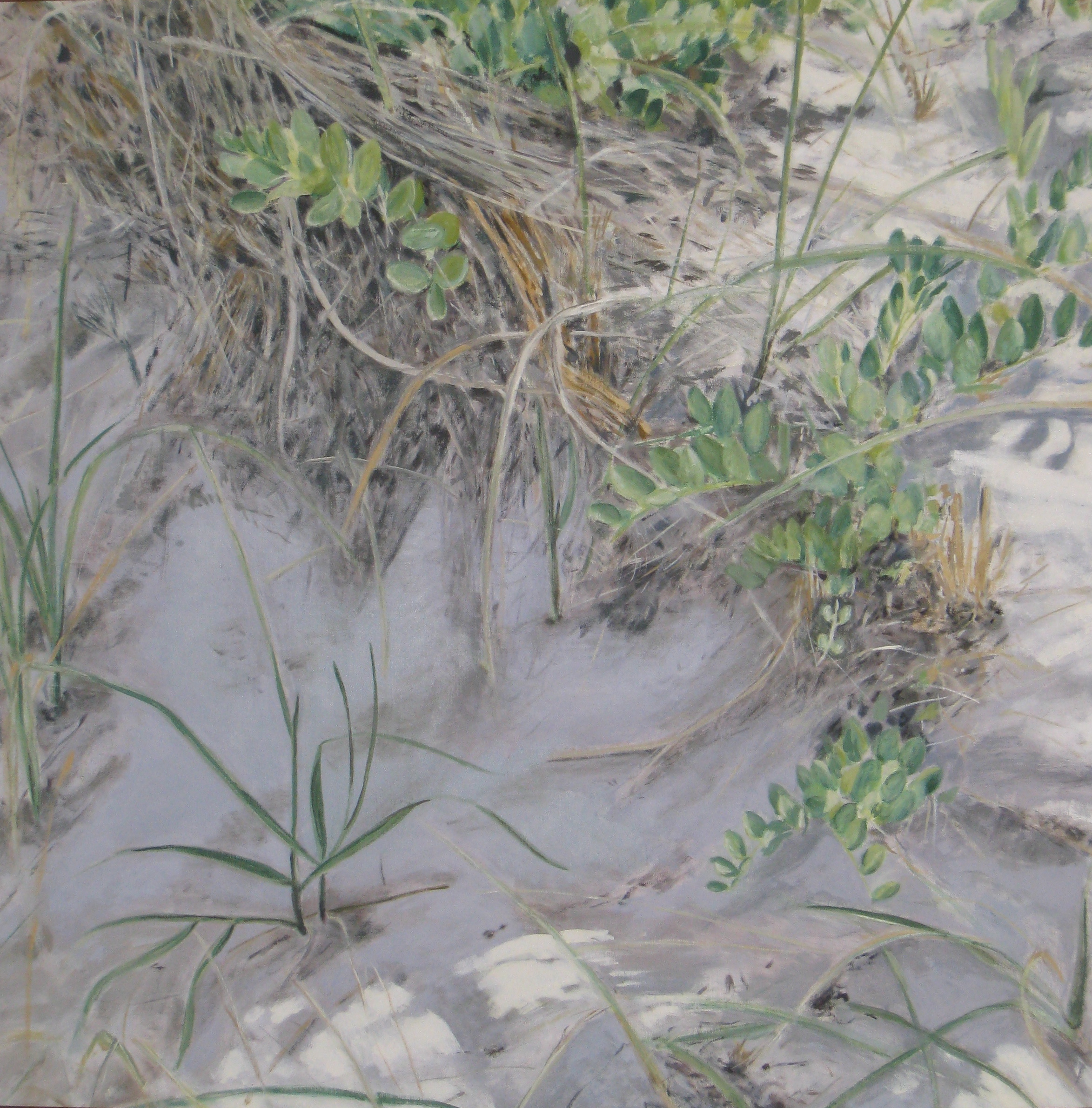“Lopez’s photographs play upon and expand conventional perceptions of nature, visually enhancing the familiar.”
“My photographs are a response to the environment around me—not only the natural beauty of the landscape but also the way that the environment is being threatened. These sometimes ominous visions of beauty can be interpreted as a metamorphosis taking place within nature. My hope is that they will evoke a positive action towards ongoing nature preservation and protection.
The phrase ‘art imitates life’ has been a constant theme and inspiration in my career.”
Jaime Lopez was born in Peru, a country rich in breathtaking landscapes, which became an aesthetic foundation for his lifelong career as a photographer and artist. His vast body of work is a reflection of his journeys across the globe.
Lopez arrived in New York City from Peru to study graphic design at Parsons School of Design in 1980. After three years assisting top fashion photographers in New York City, he began his own fashion photography career, shooting mostly in Italy and Spain. Jaime’s work has been widely published in Elle, Marie Claire, Telva, Hola, GQ, Woman Magazine, Glamour and Cosmopolitan.
In 2000, Lopez returned to the U.S. moving to Sagaponack on the East End of Long Island. There, he became captivated by the raw aesthetics and pristine beauty, which inspired the next artistic chapter of his life, photographing the environment around him.
In 2020 Lopez began photographing folioeast artists in their studios, a project that turned into a self-published coffee table book, “Hamptons Artists: The Current Wave-48 Artists Making Their Mark on the East End.” A second edition is in the works.
Lopez in his studio
ARTIST'S CAROUSEL
rotating exhibit of current & recently sold work


















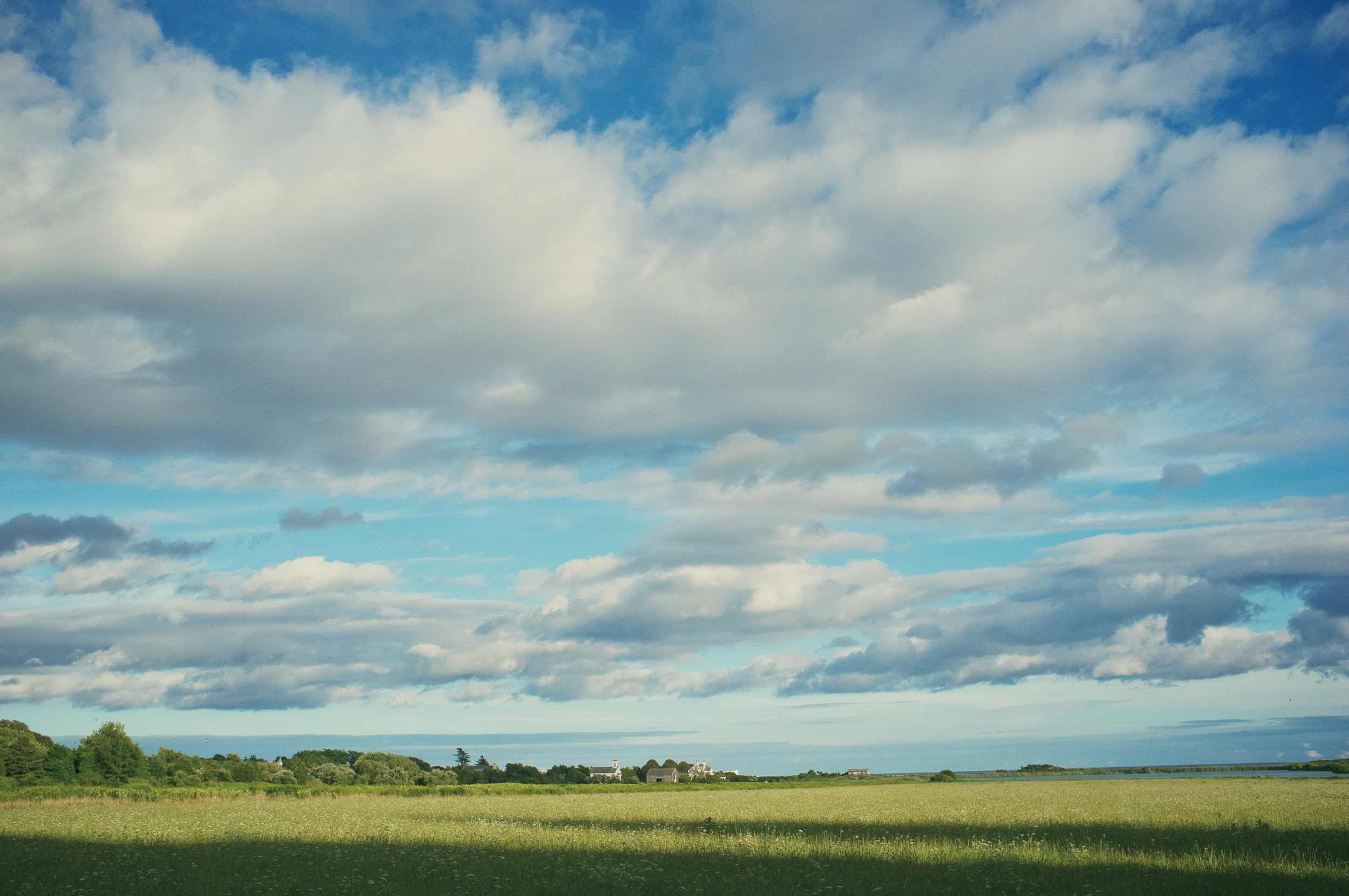

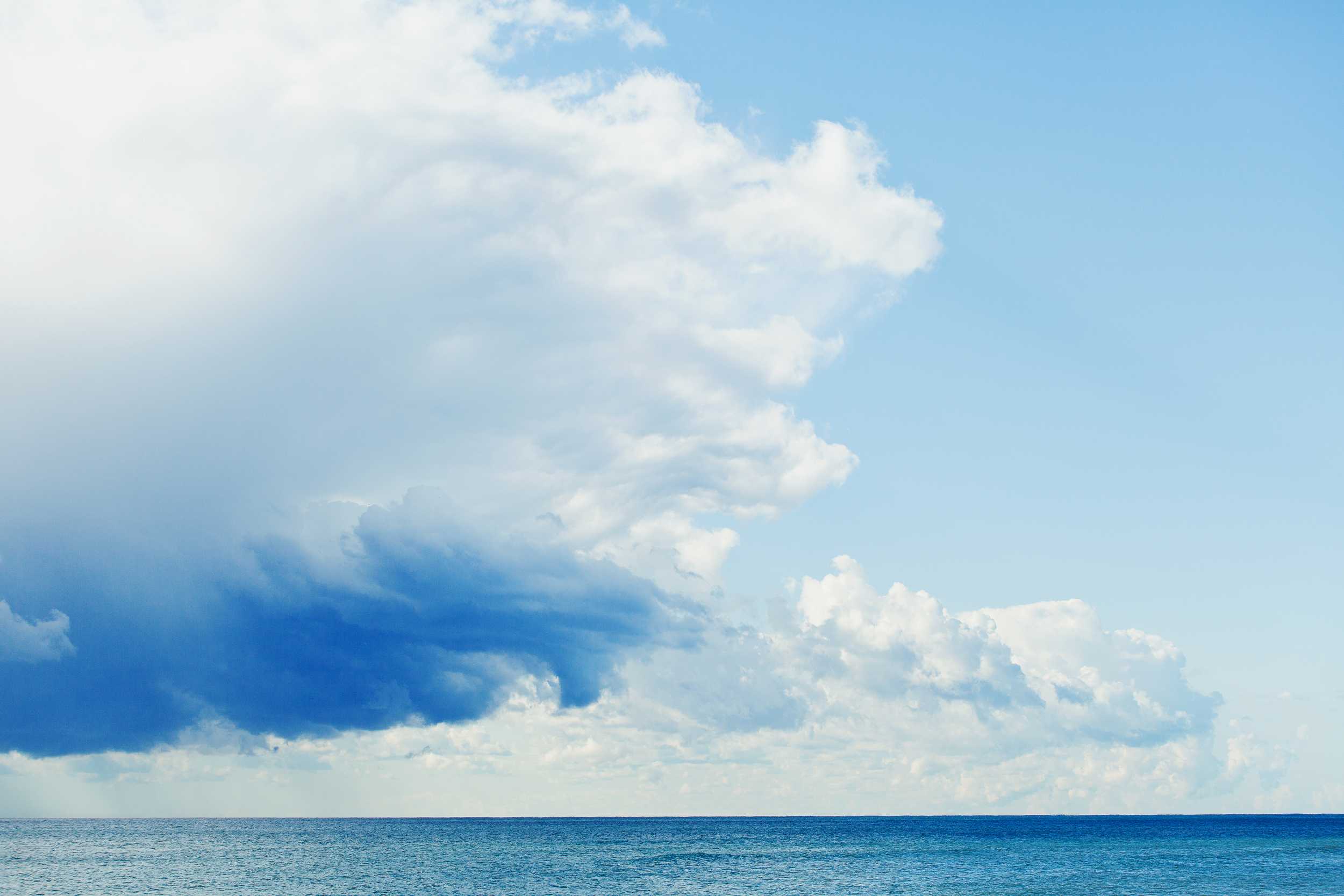



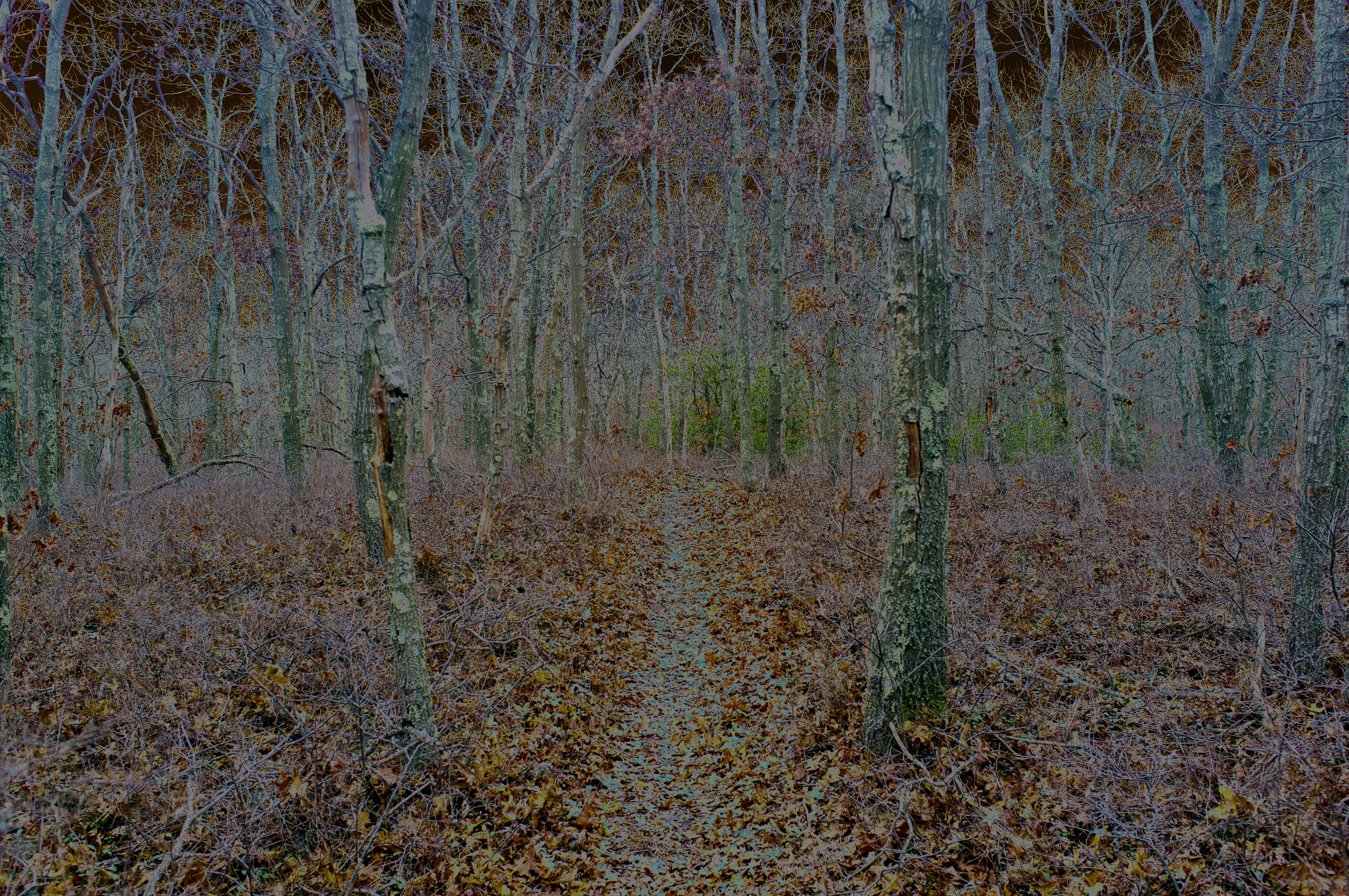


JAIME LOPEZ speaks to folioeast’s COCO MYERS
CM/ YOUR PHOTOGRAPHS ARE PRINTED ALMOST EXCLUSIVELY ON ALUMINUM; CAN YOU EXPLAIN THE PROCESS?
JL/ It is printing sublimation on aluminum. It has a super quality, with no reflection, and can be hung in different environments, like outdoors, in humid areas or near heat sources without risk.
CM/ HOW WOULD YOU DESCRIBE YOUR CREATIVE PROCESS?
JL/ I capture landscapes and reinterpret them, approaching the idea as if I was a painter. All my images have color that’s different than one may expect of a traditional landscape.
CM/ WHAT BROUGHT YOU TO THE EAST END?
JL/ My wife, Marilyn Clark, is from East Hampton. We had our house in Sagaponack rented while we lived in Europe, and after ten years abroad in Milan and Madrid, decided to move back so our daughters could attend the one-room schoolhouse in Sagaponack.
CM/ YOU DO ALL YOUR FINE ART PHOTOGRAPHY HERE?
JL/ Yes. I want to capture this ever-changing landscape so we have a record of how it used to be when we were in the Hamptons.
CM/ WHAT IS YOUR FAVORITE SEASON?
JL/ All four seasons. Because of the light and the blend of farmland and ocean—two of my favorite habitats. It seems to me that every day is different and always has a surprise in mood or color.
CM/ WHERE DO YOU DO YOUR WORK?
JL/ I photograph outdoors and I just started to work on portraits and still life in my new studio in Sagaponack.
CM/ DO YOU HAVE ANY FAVORITE SPOTS ON THE EAST END? ANY THAT HELP YOU FEEL INSPIRED?
JL/ The fields and beaches of Sagaponack. The trails all over the East End are gorgeous and exciting to ride a mountain bike around them in the winter time. In summers, I ride my road bike and motorcycles around the roads in the area. It is a very nice and practical way to discover and get inspired by new sites!

